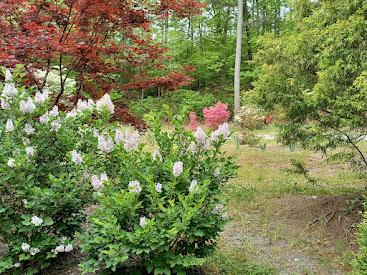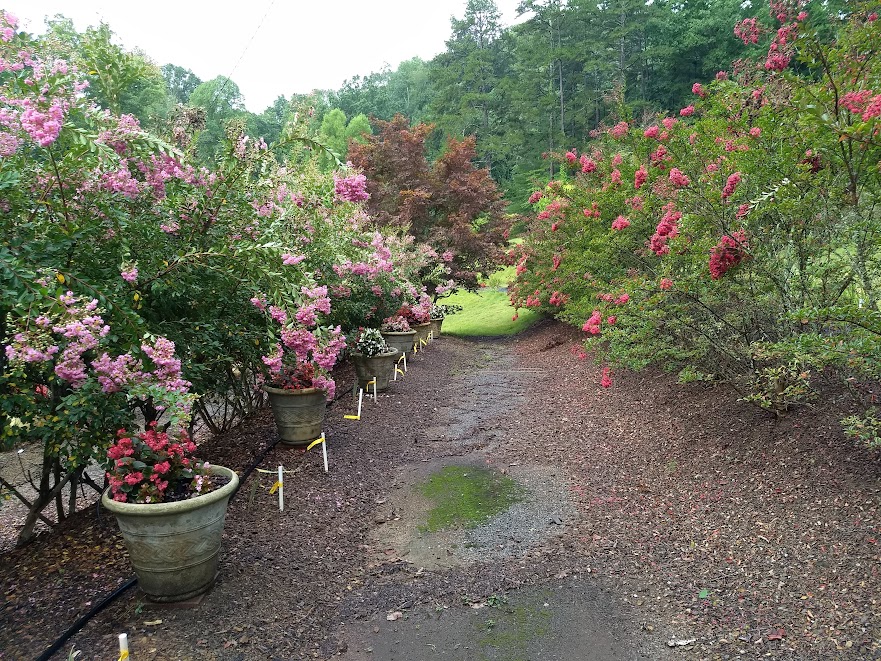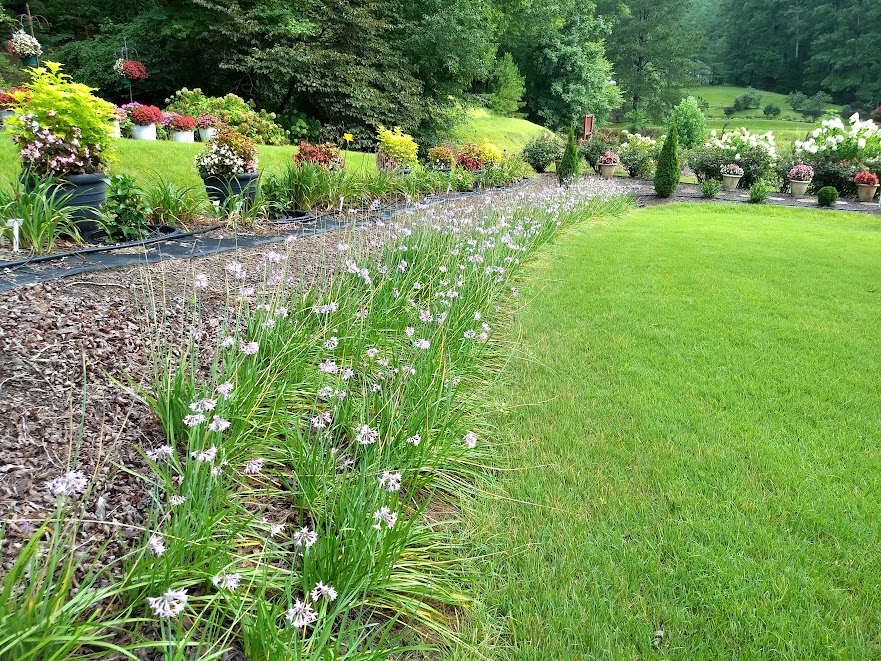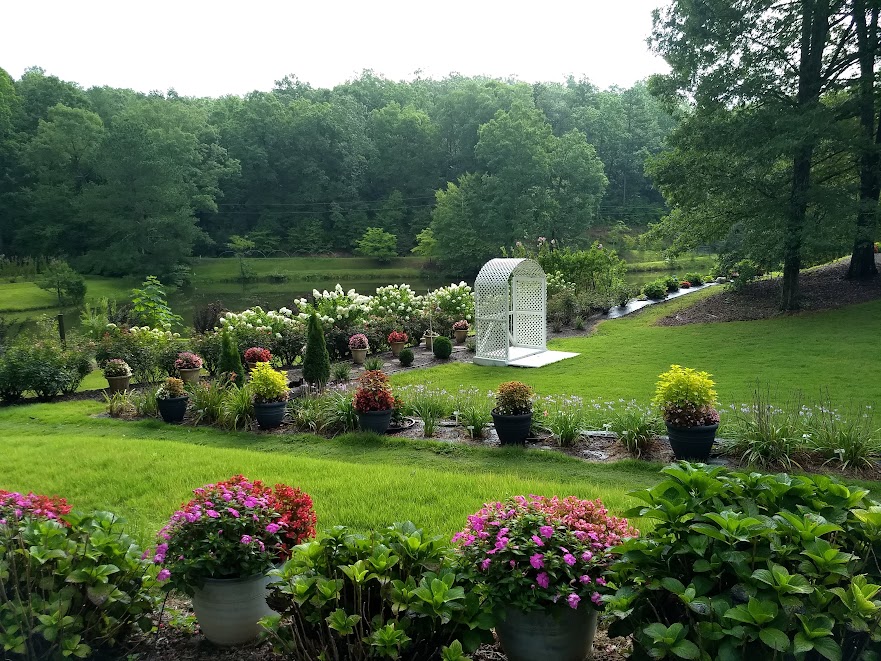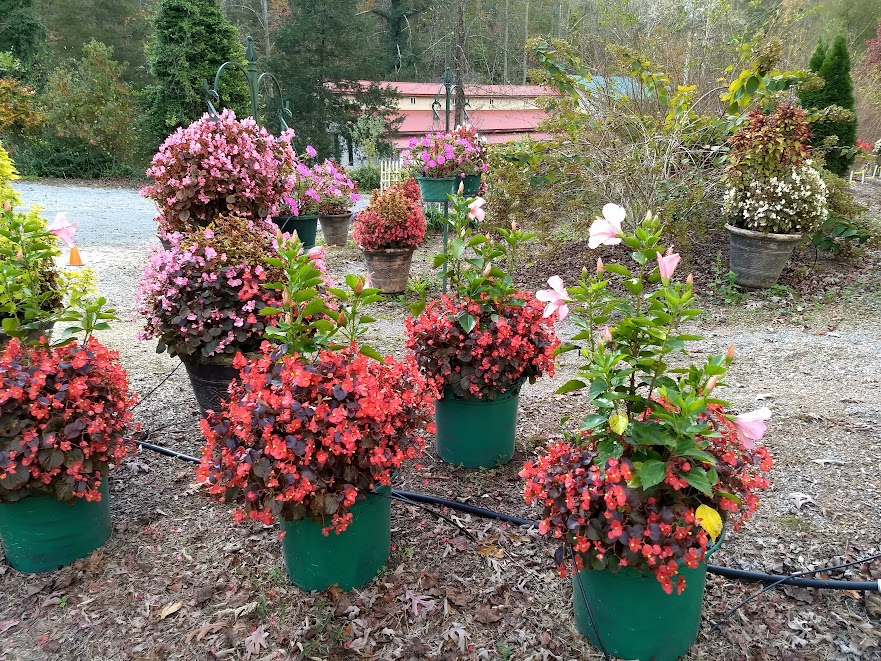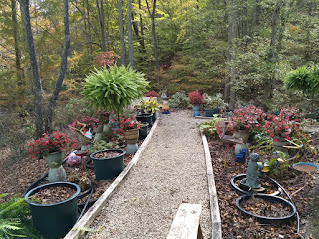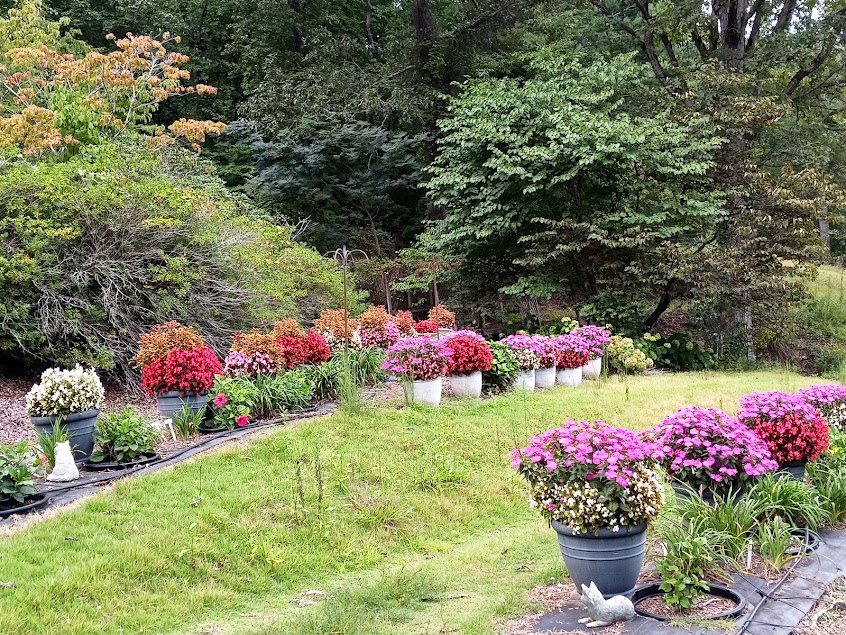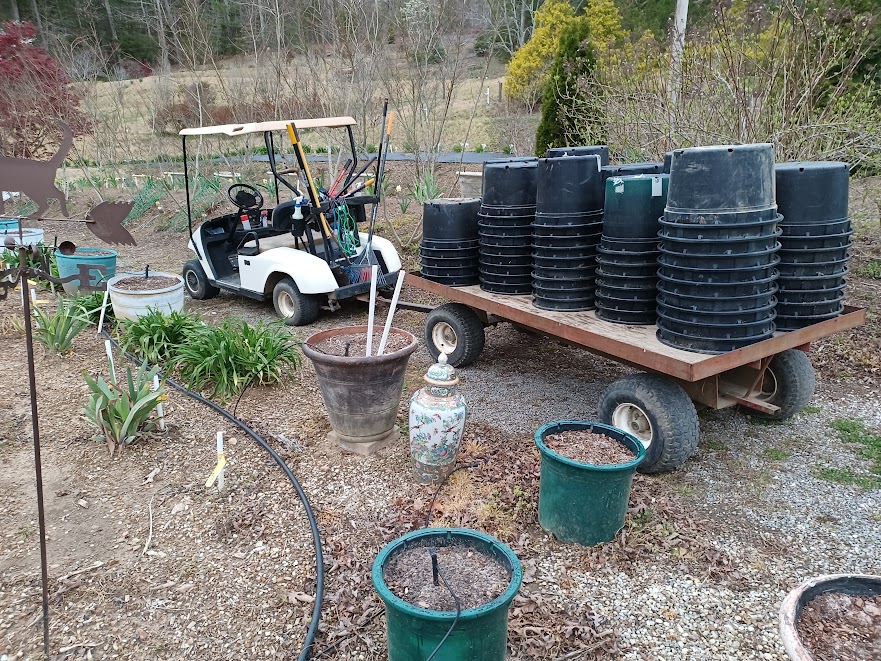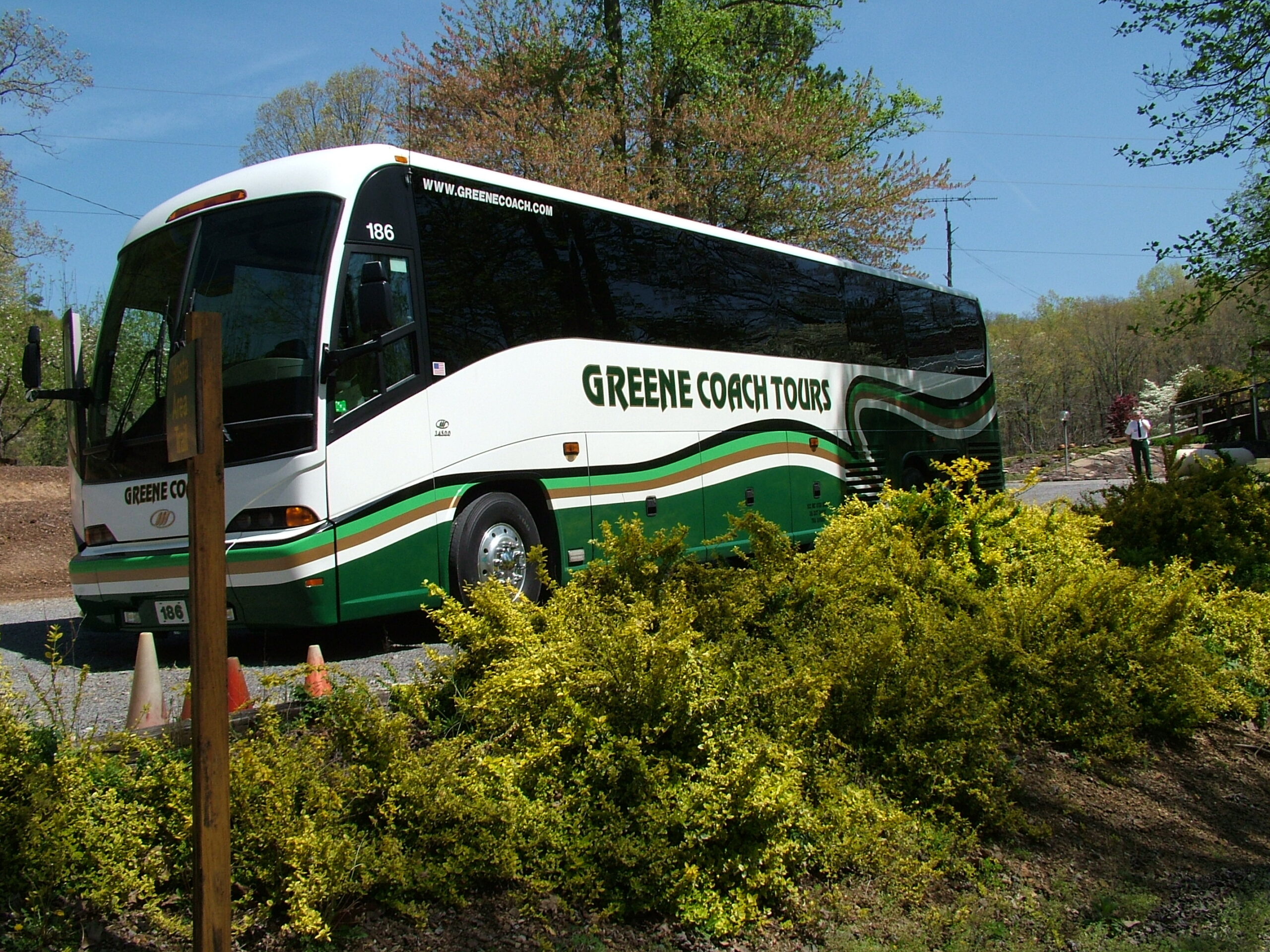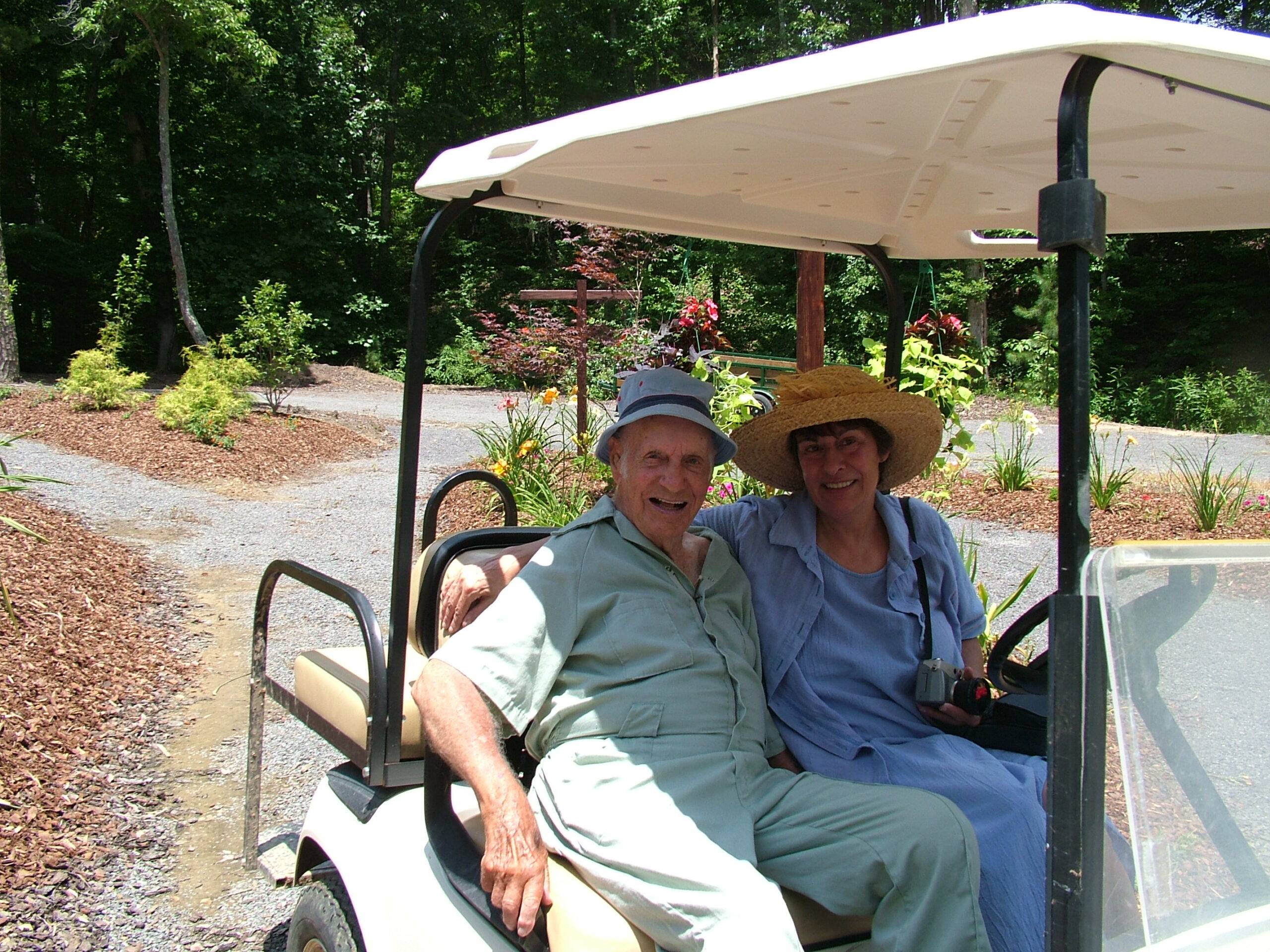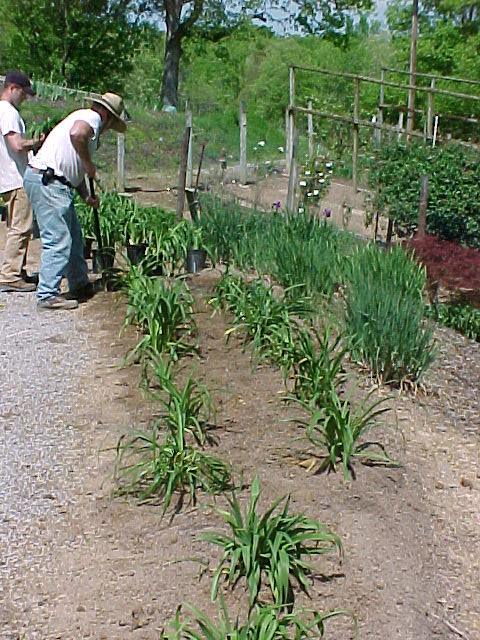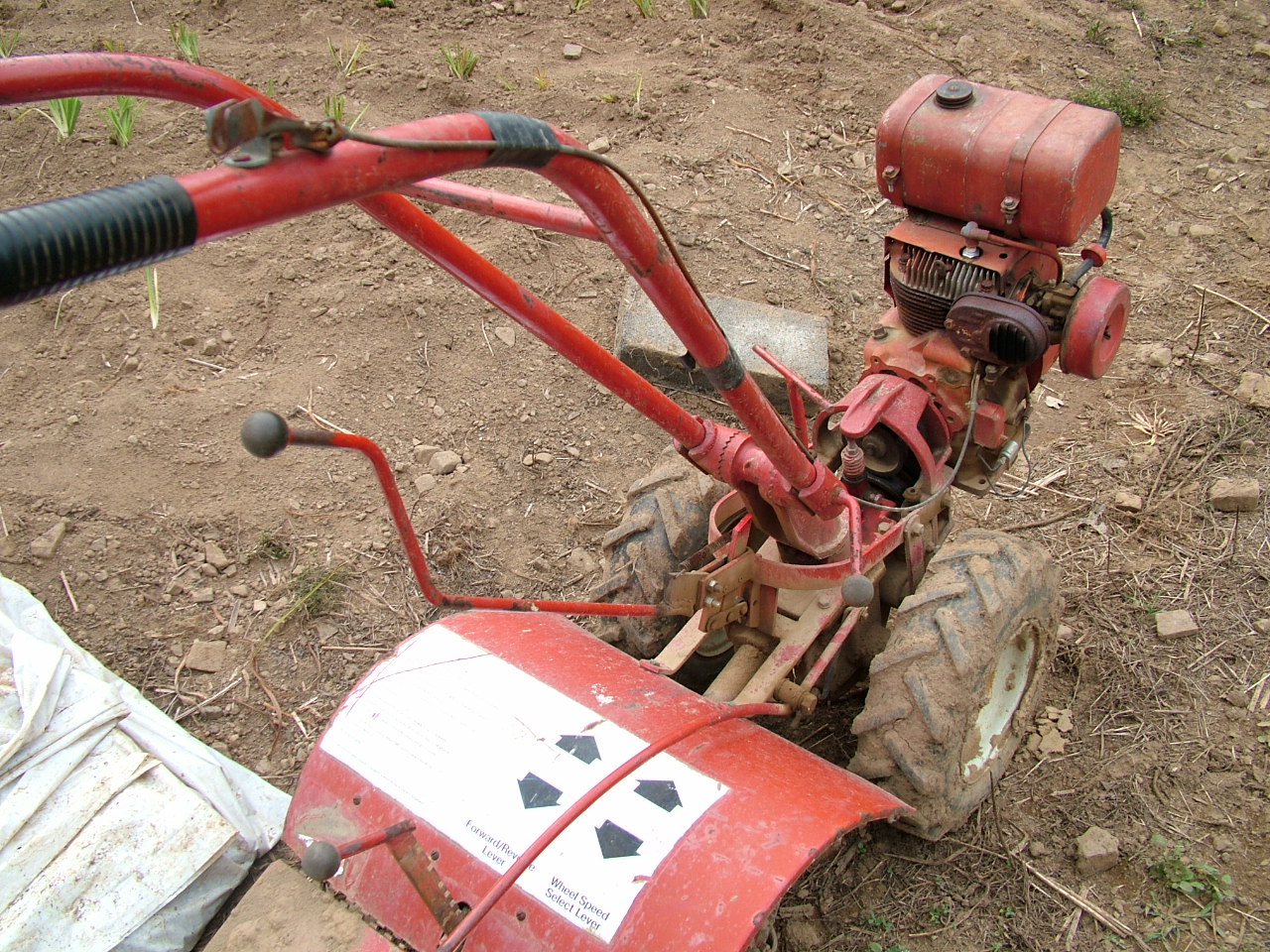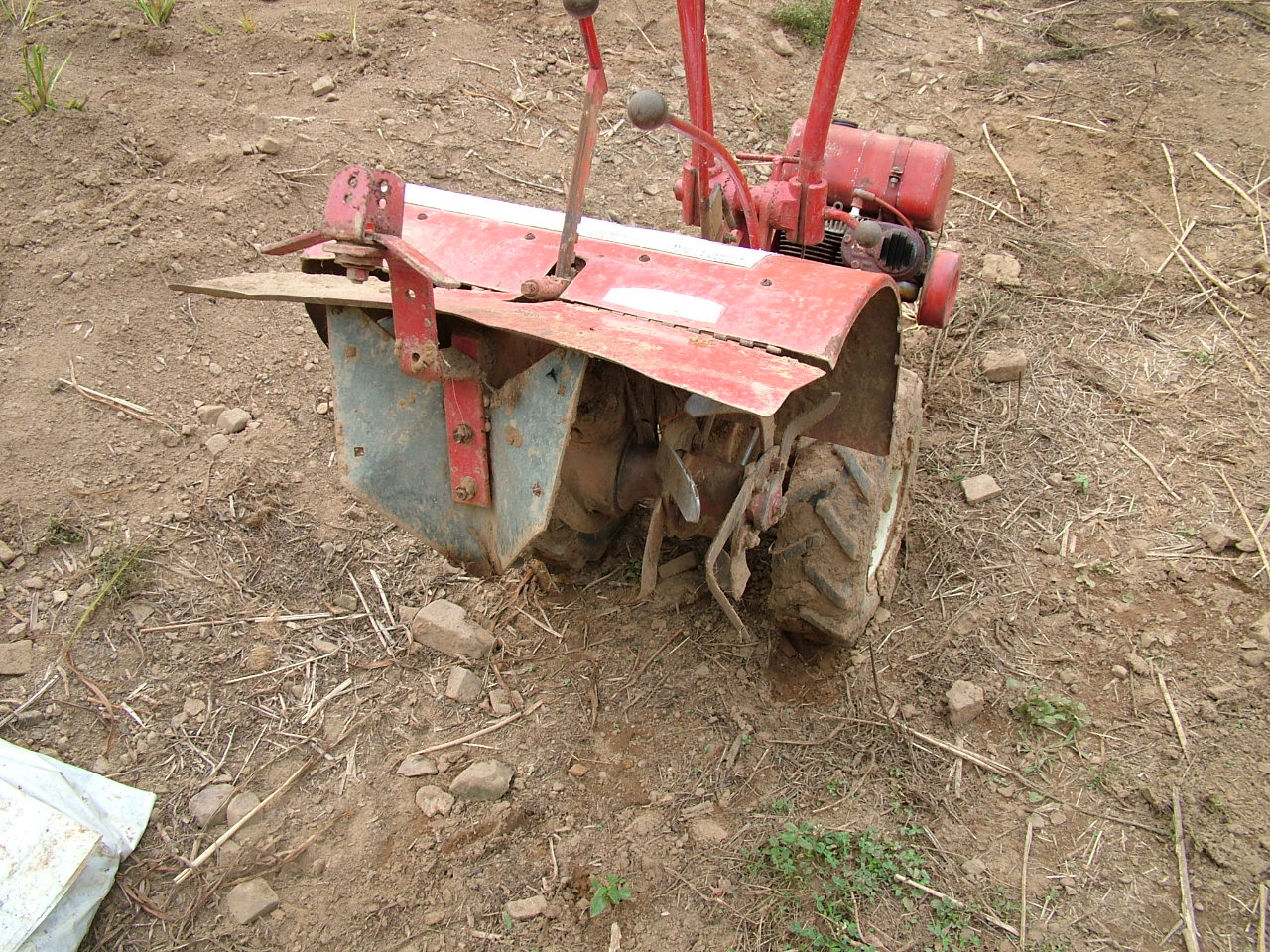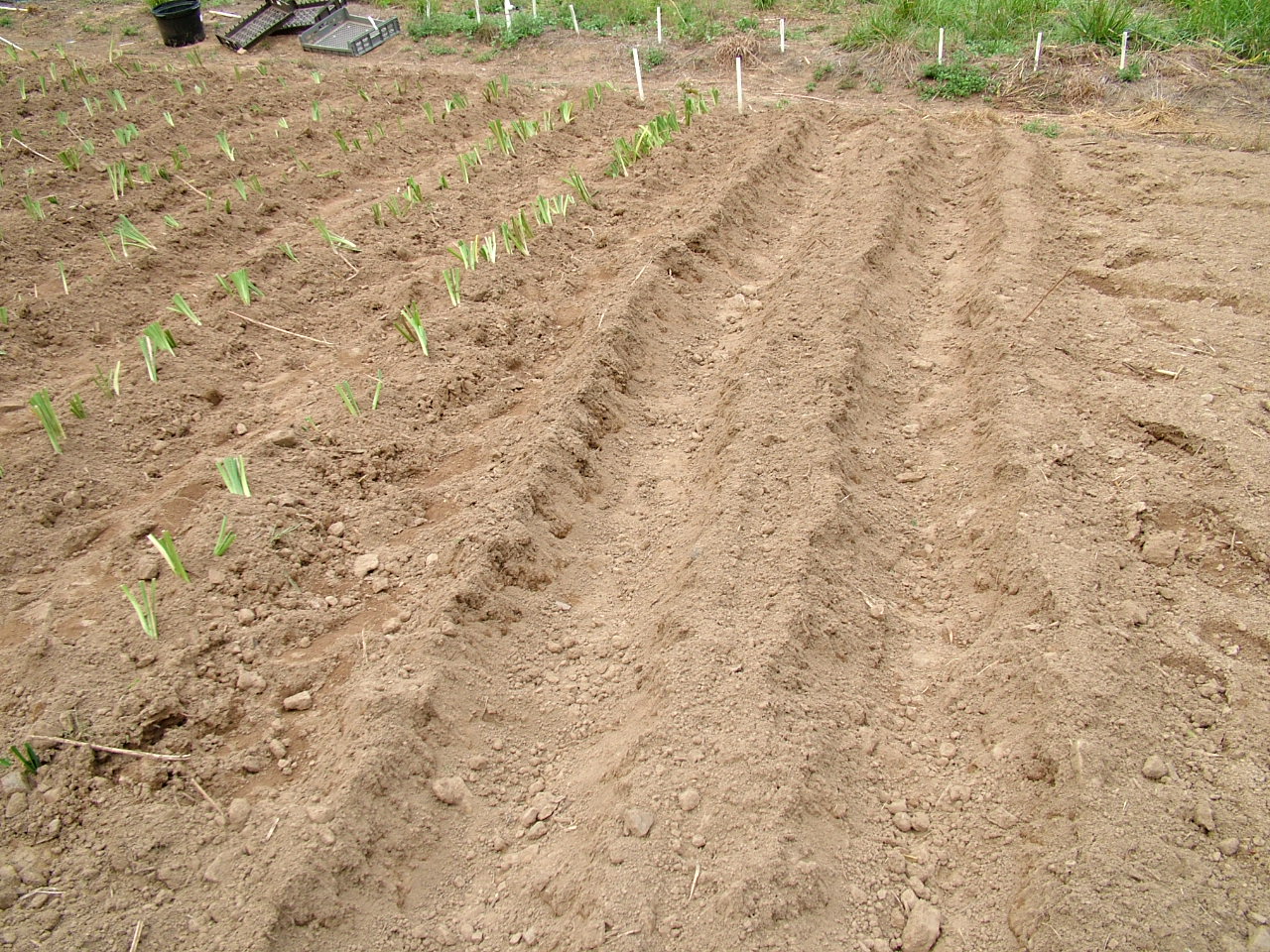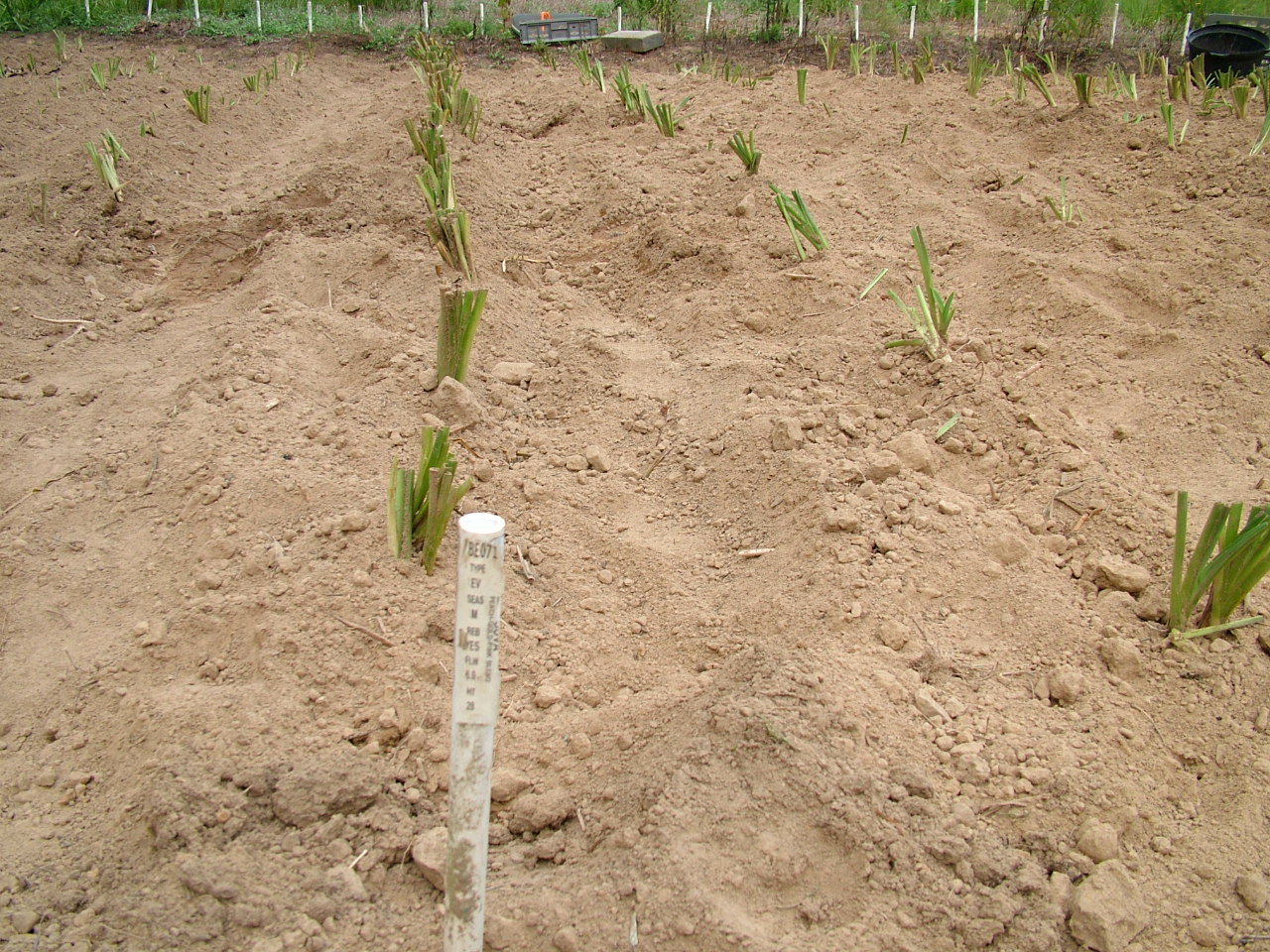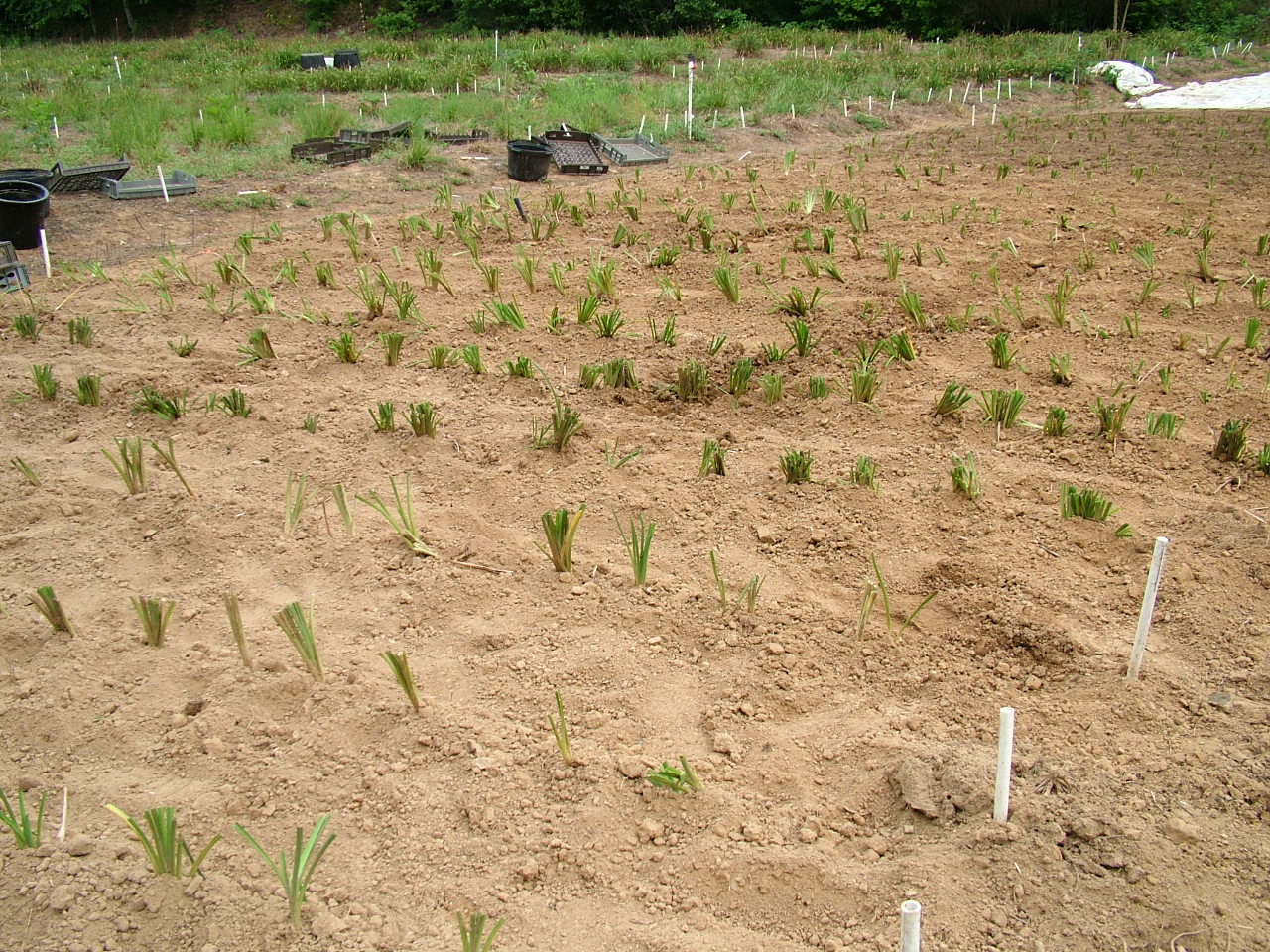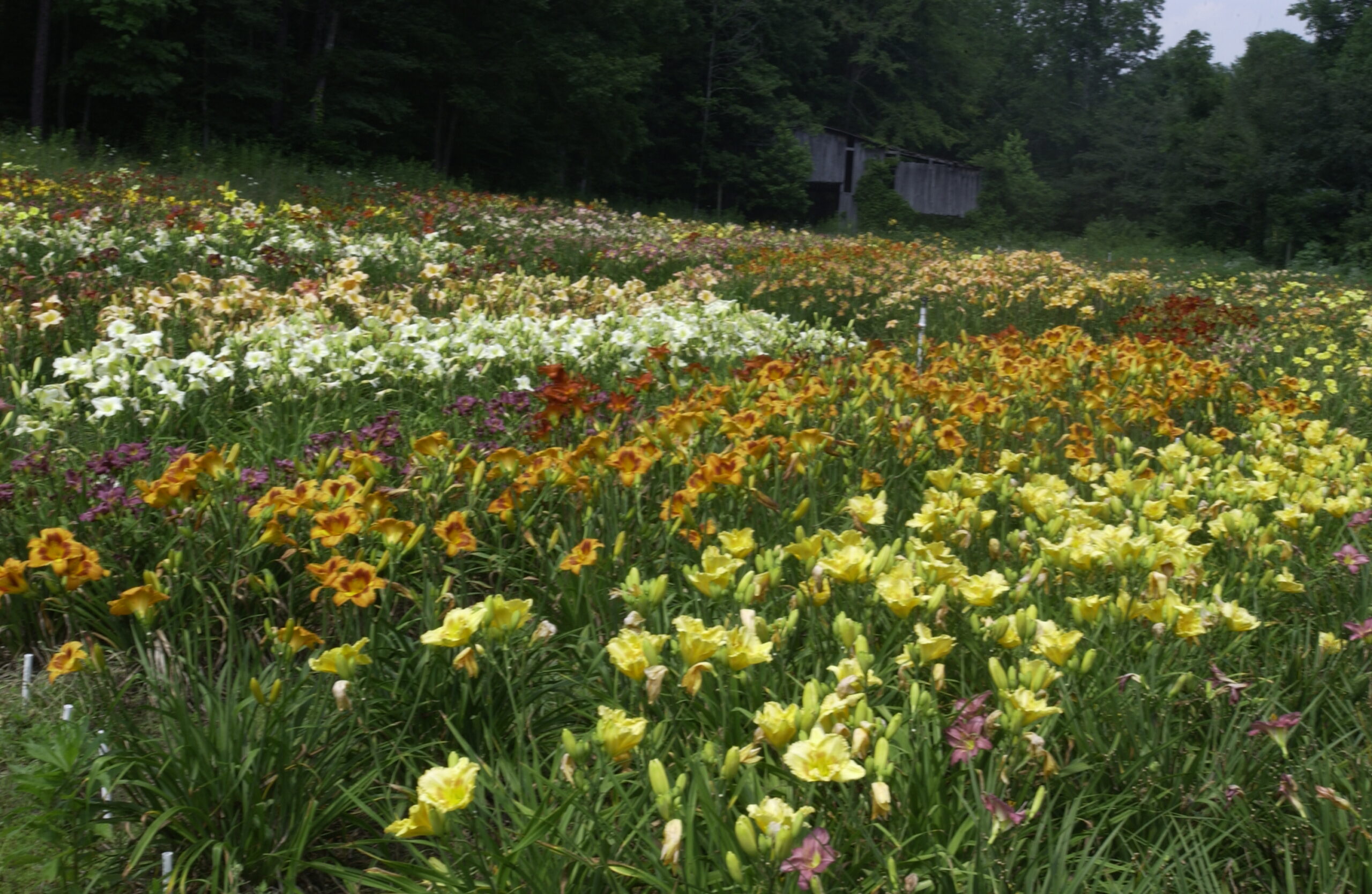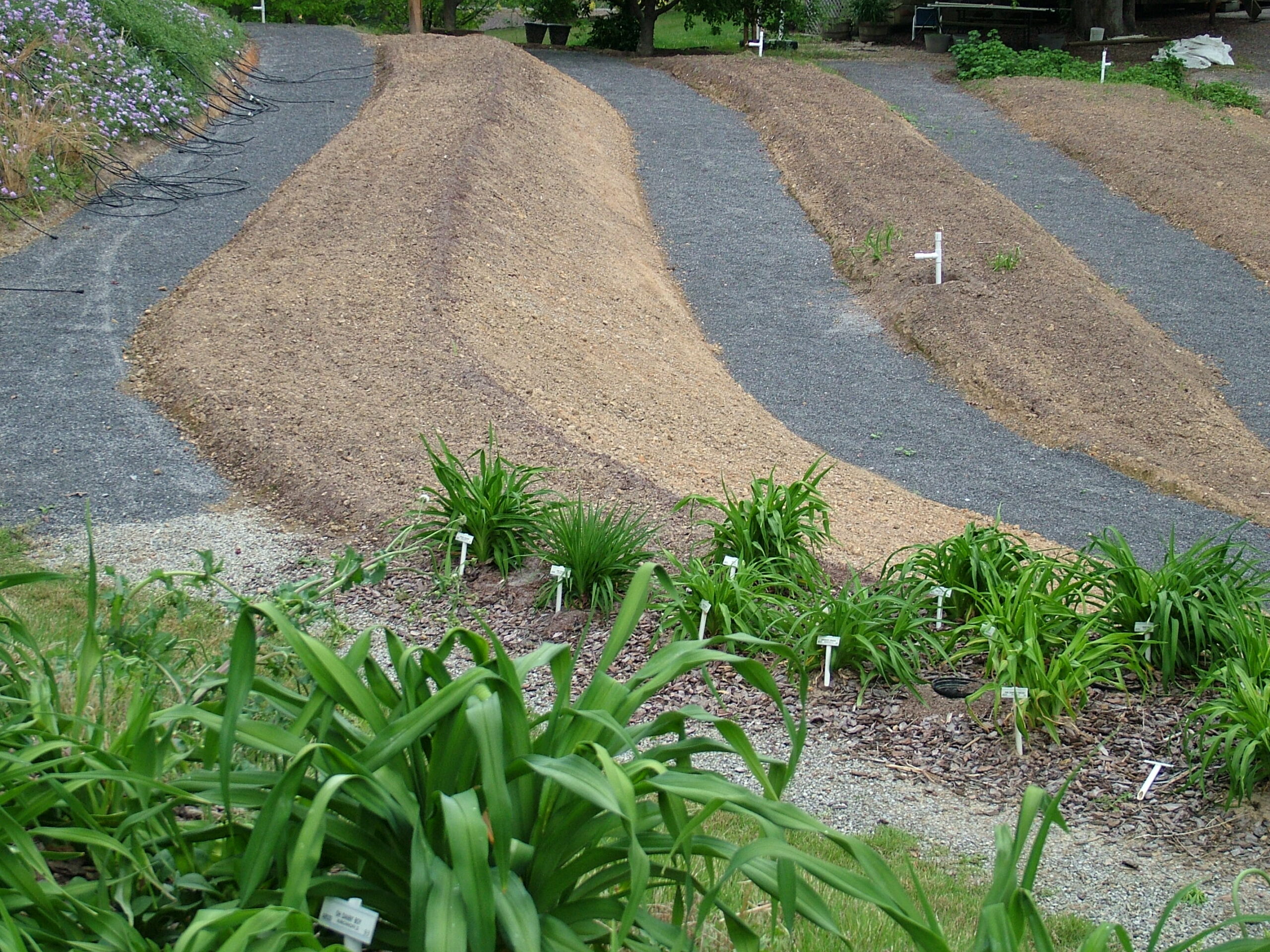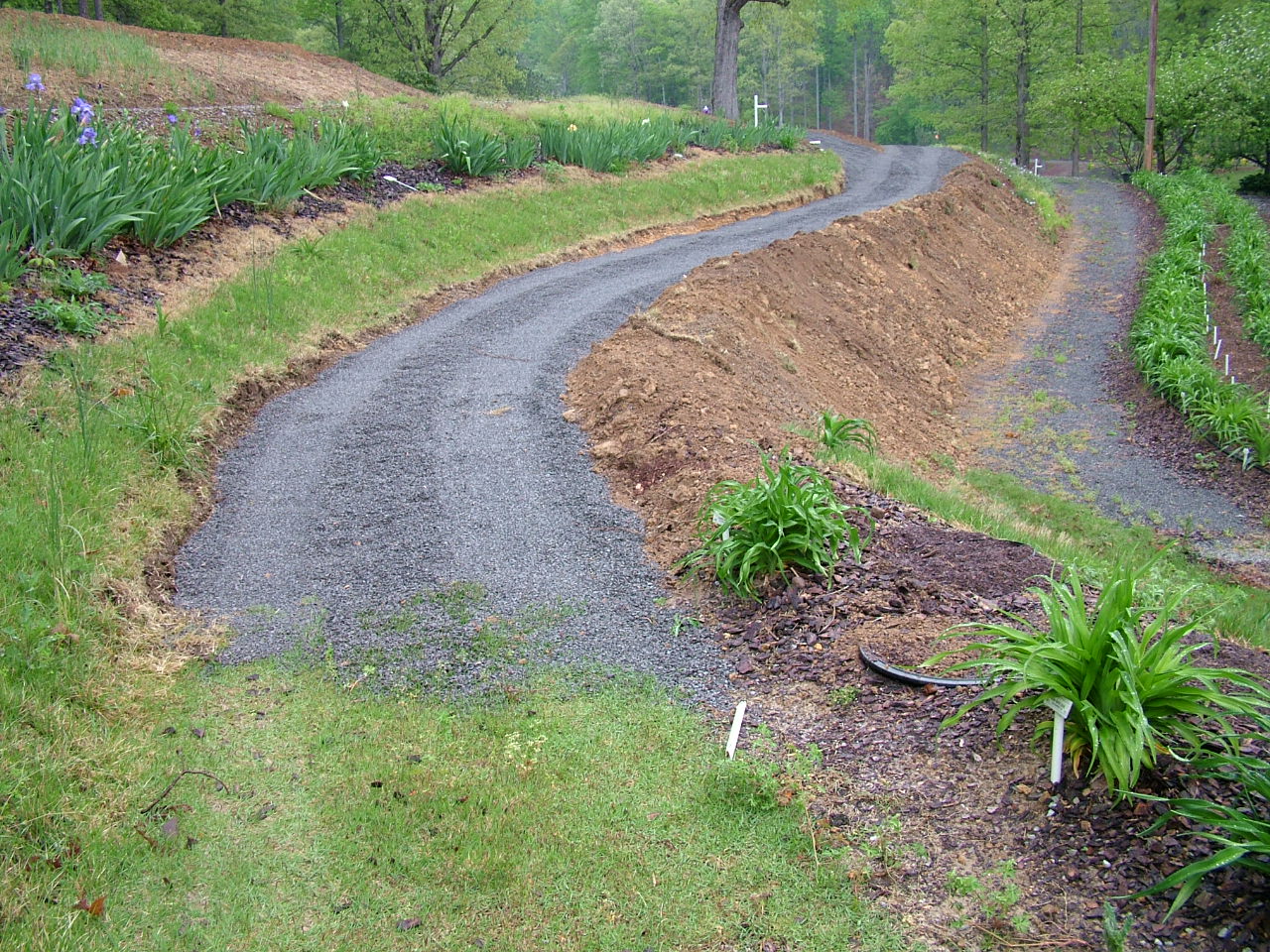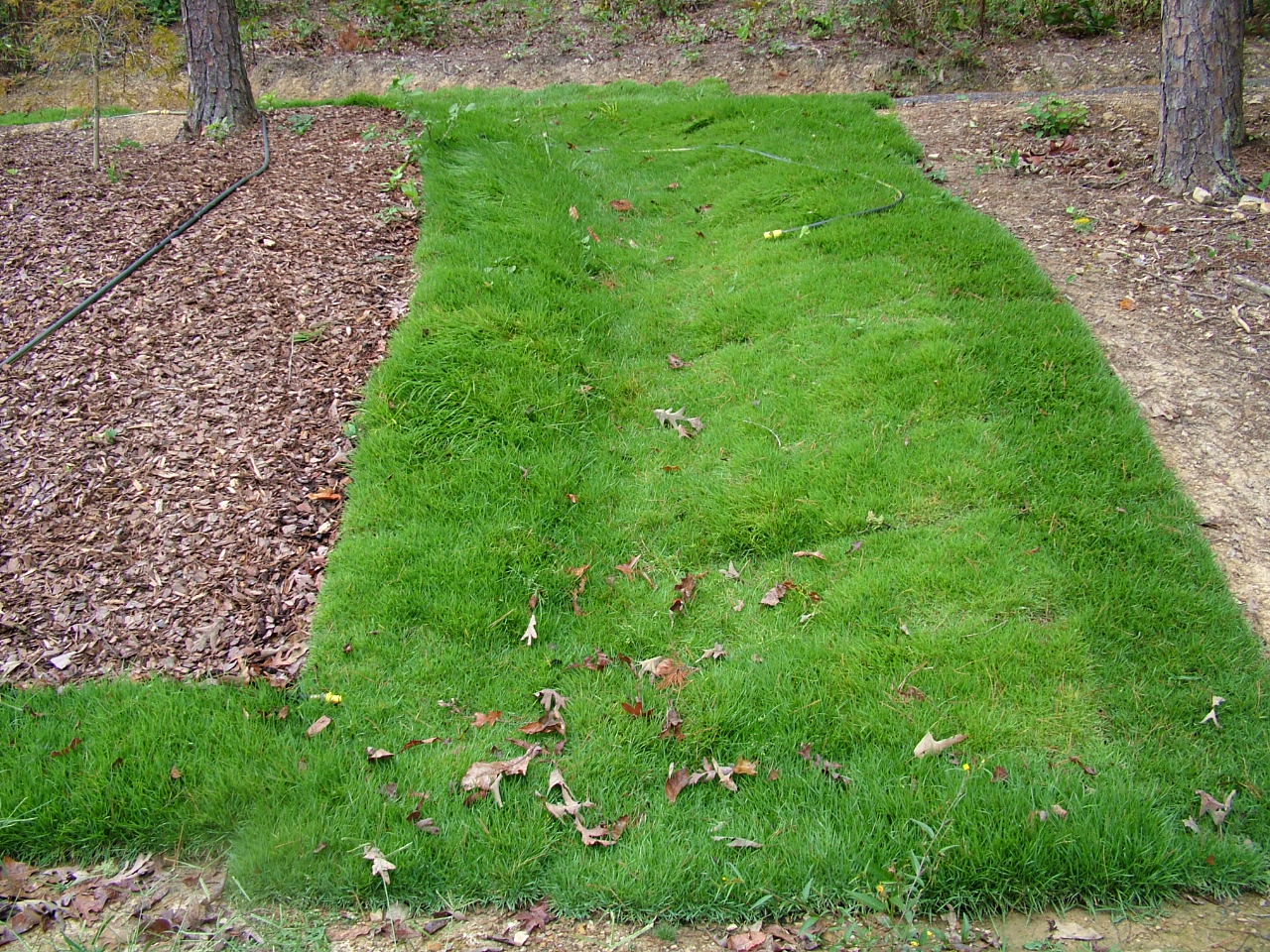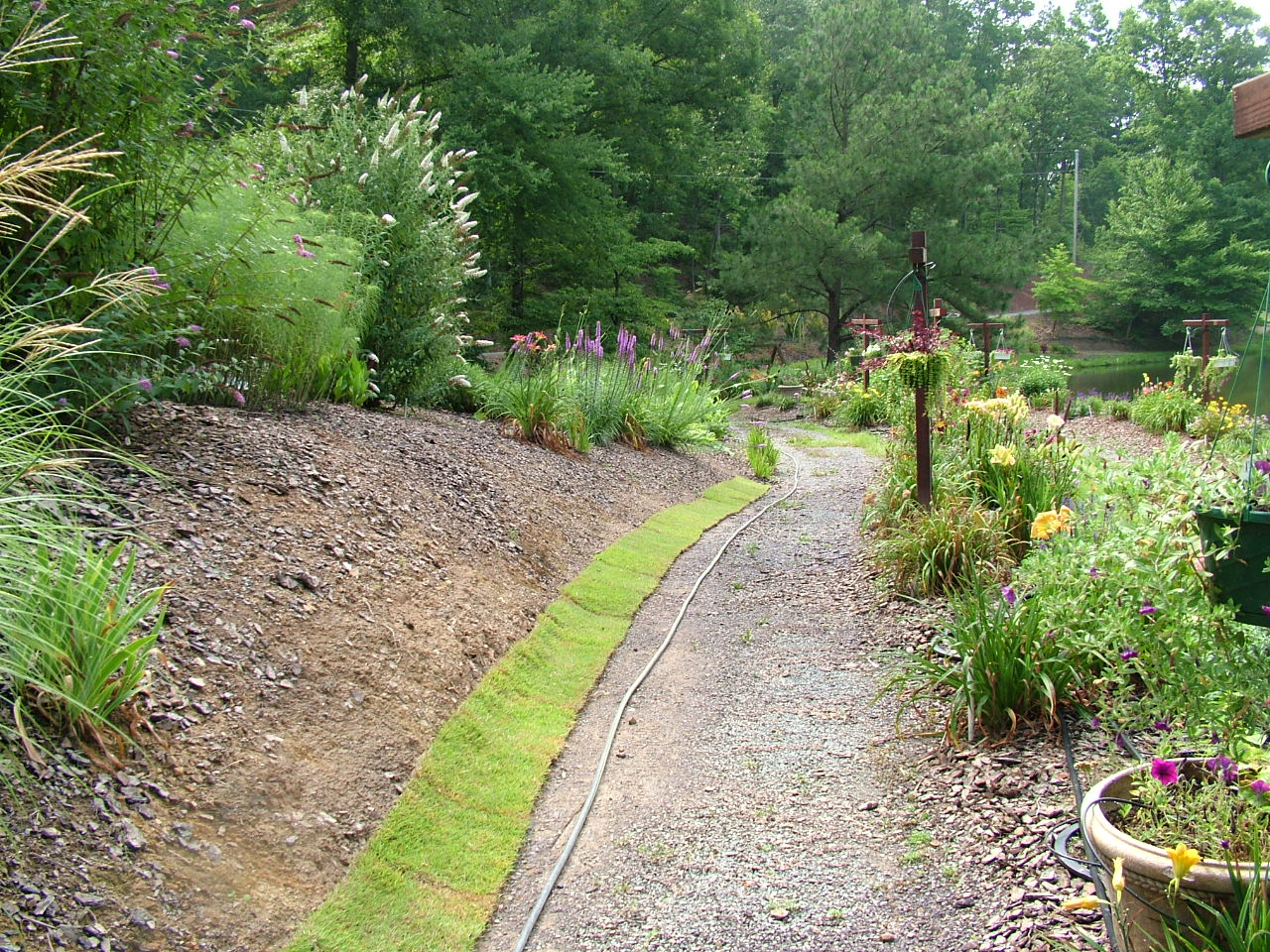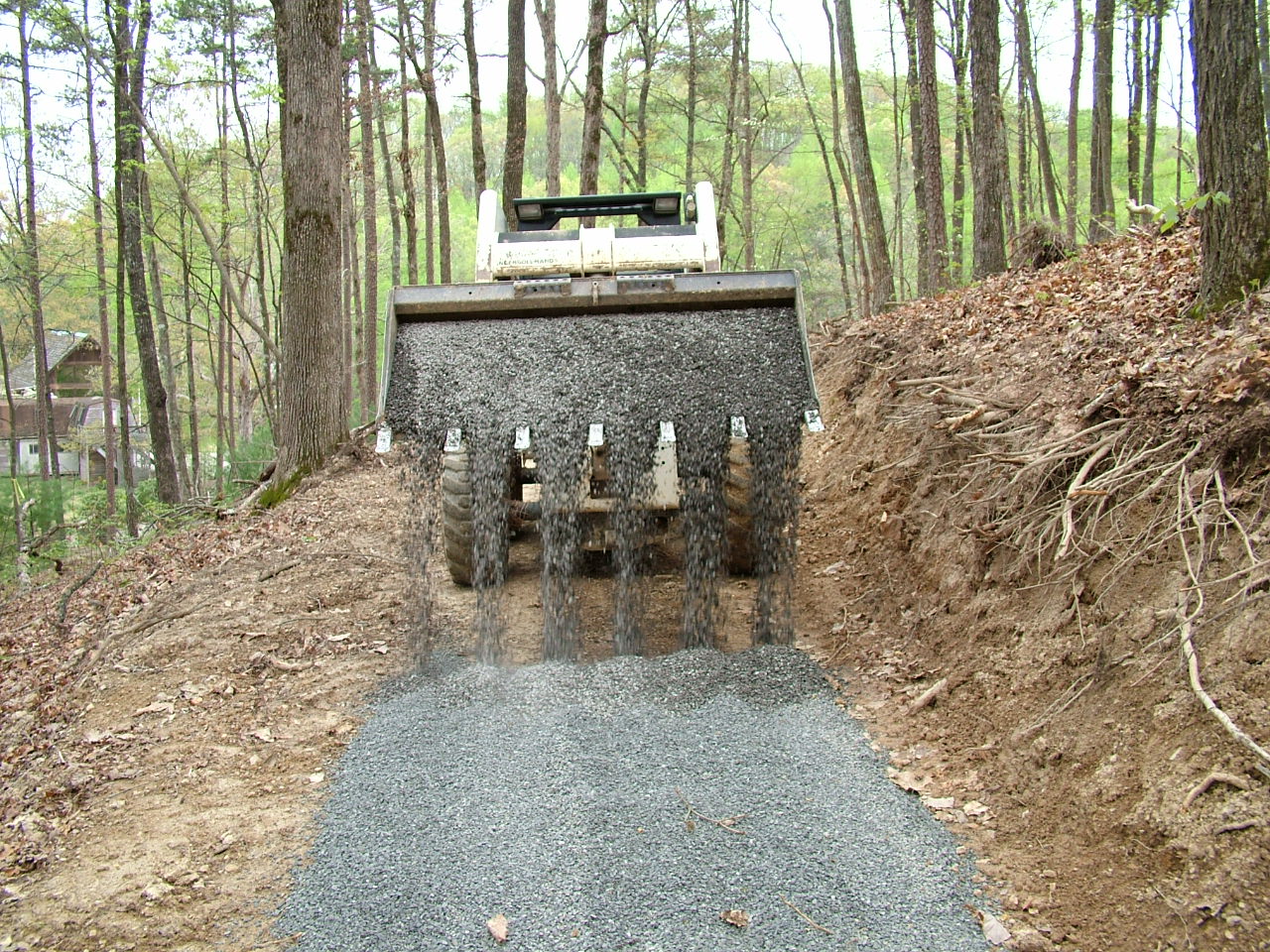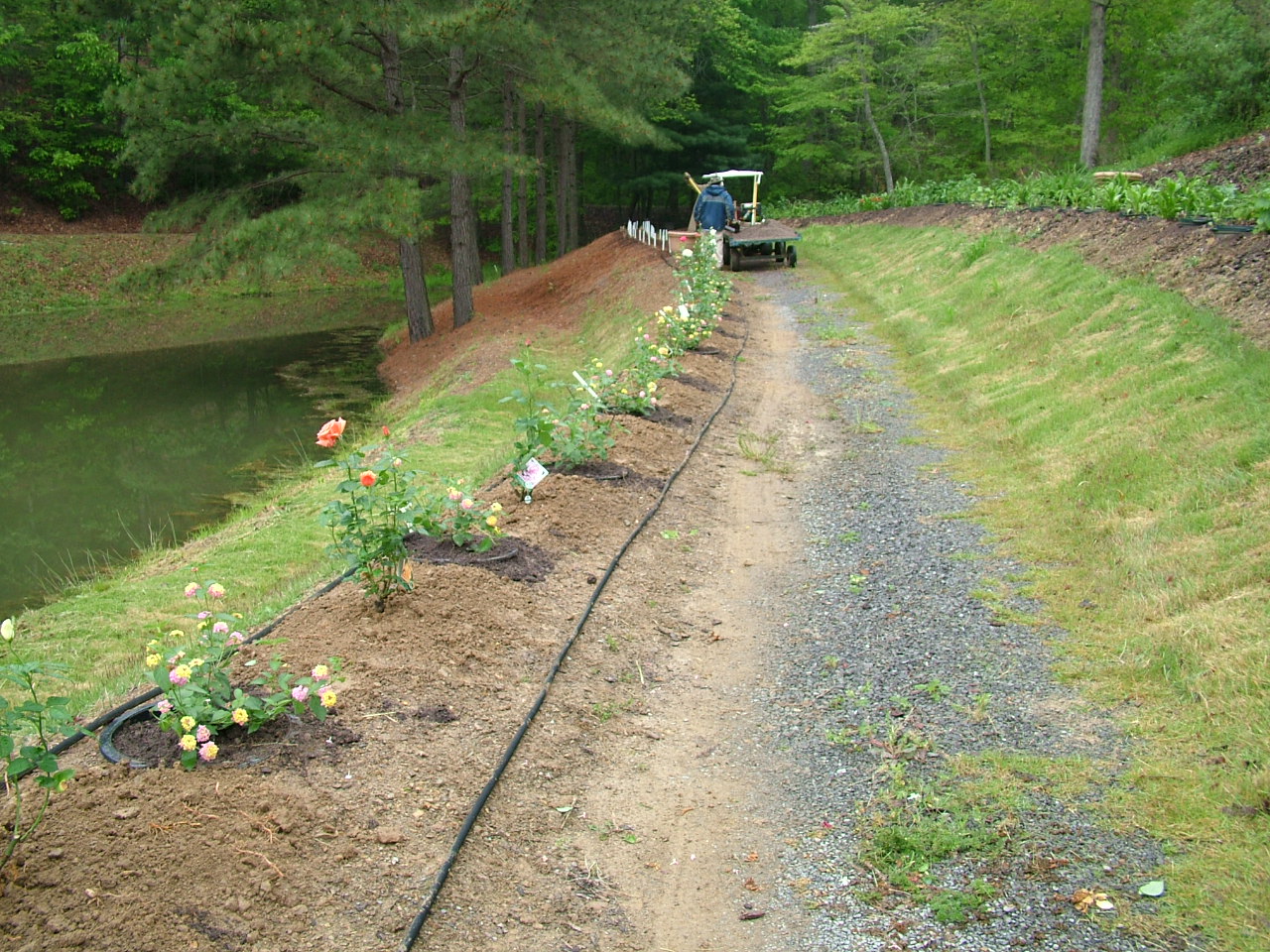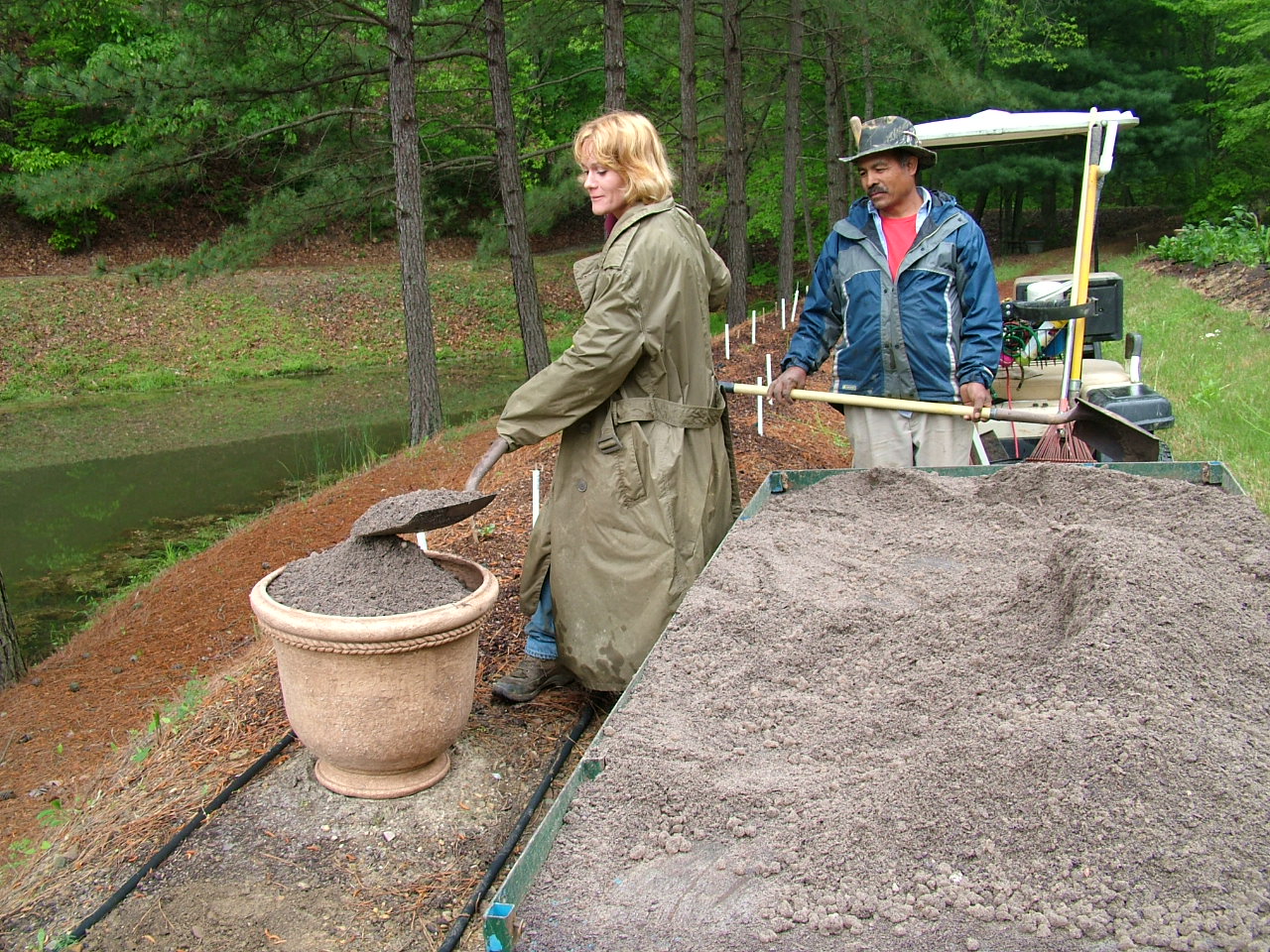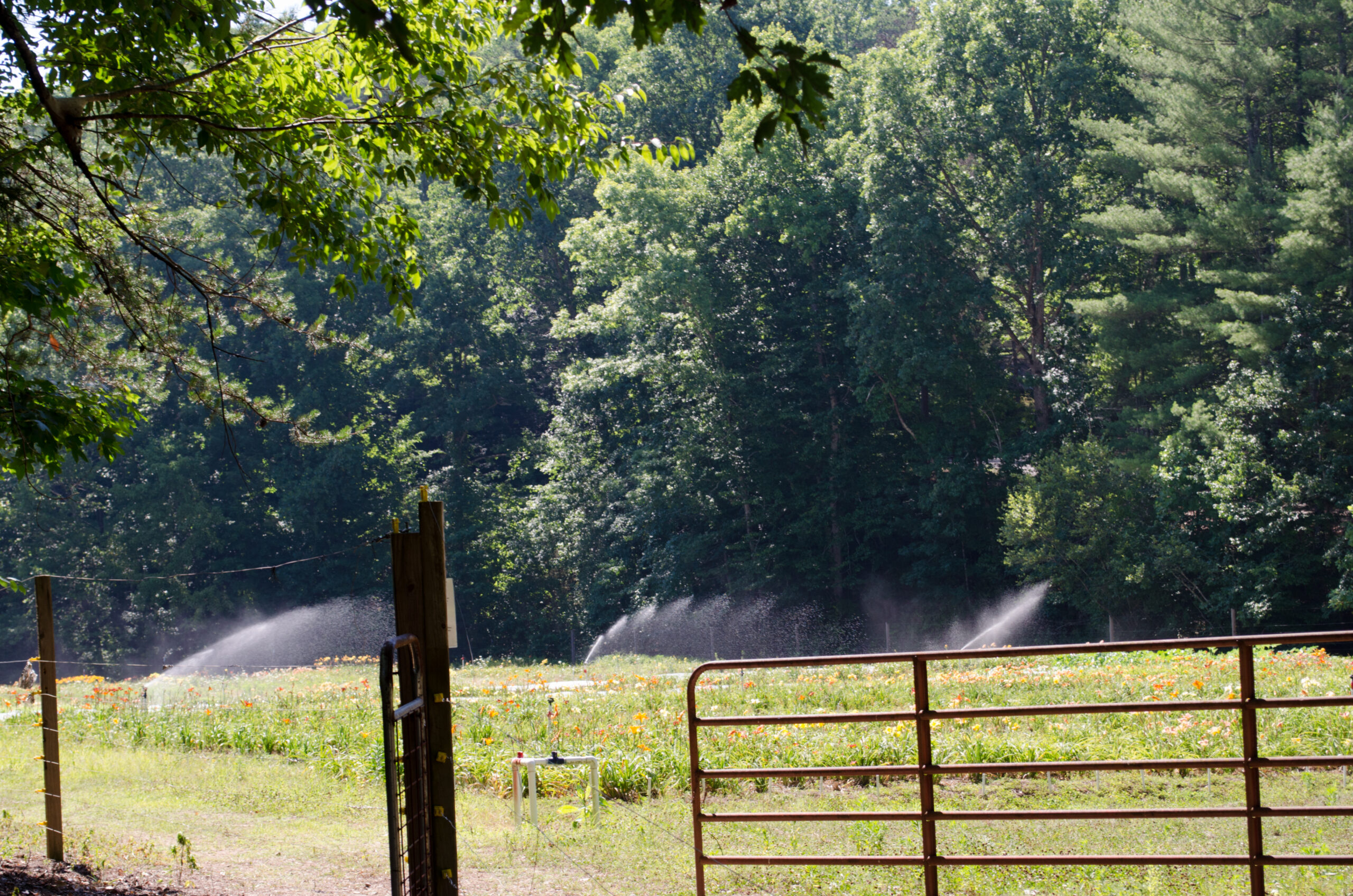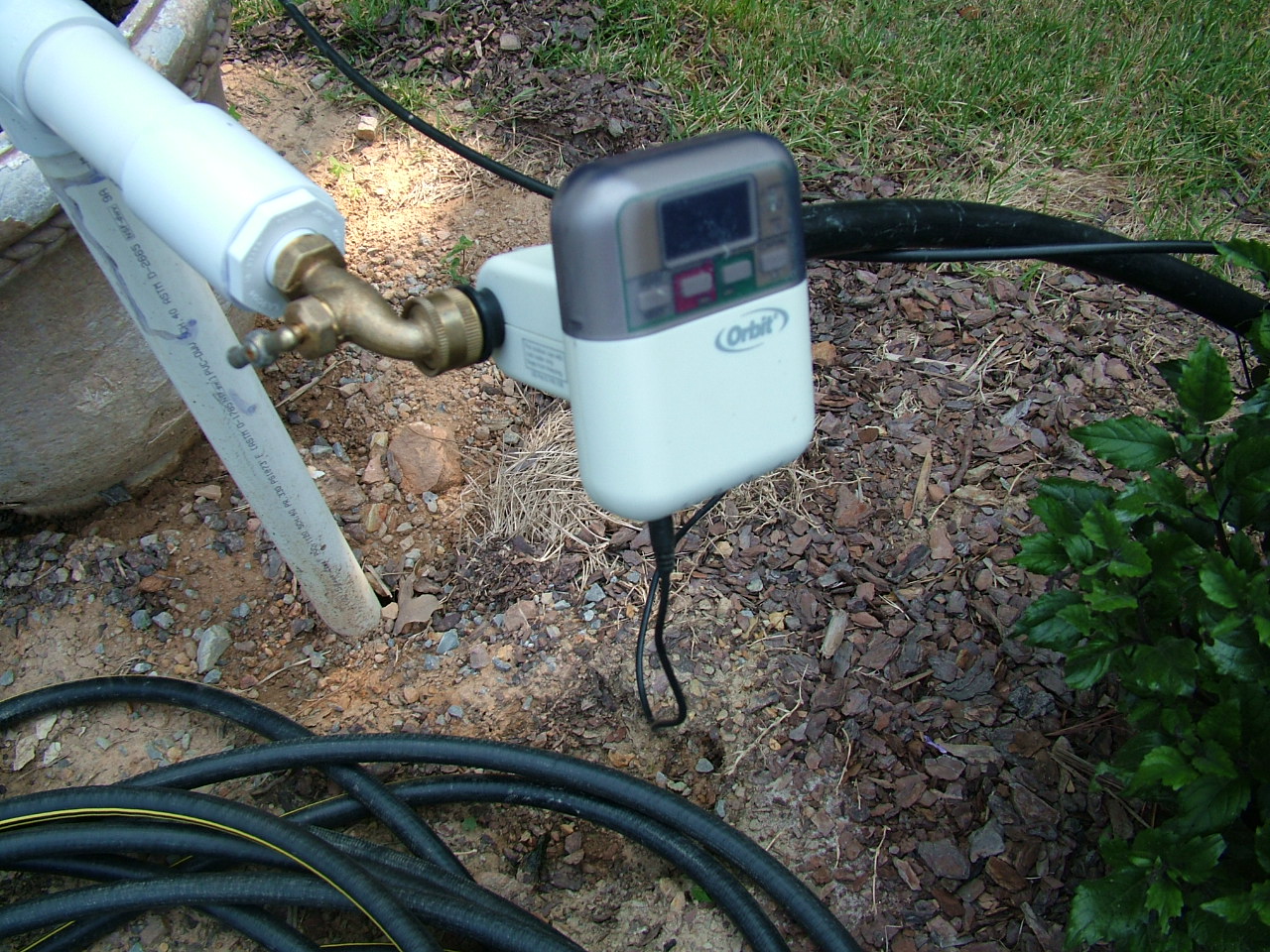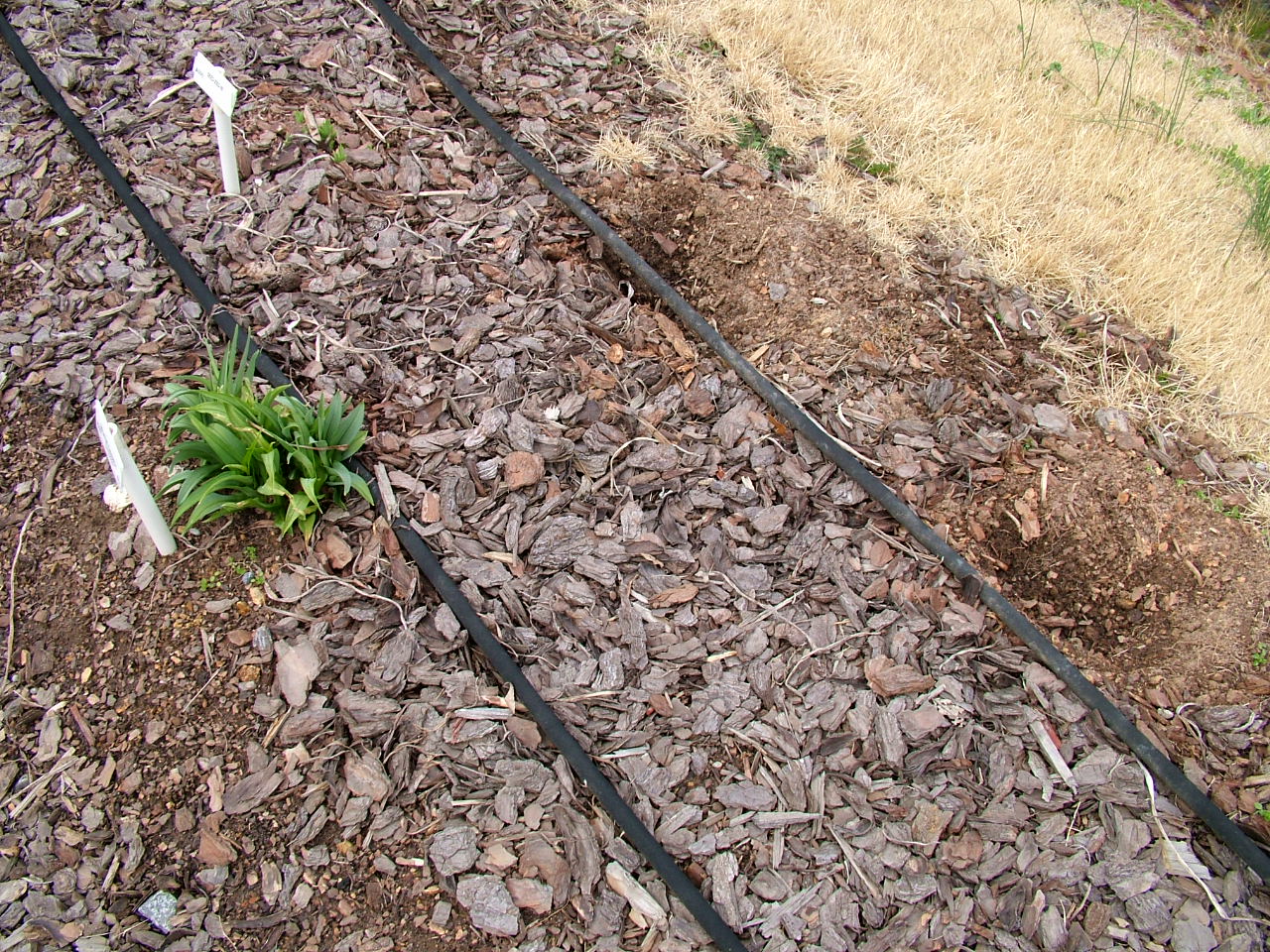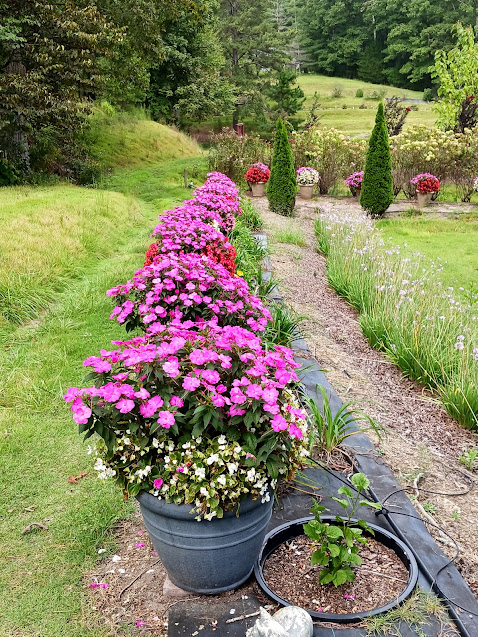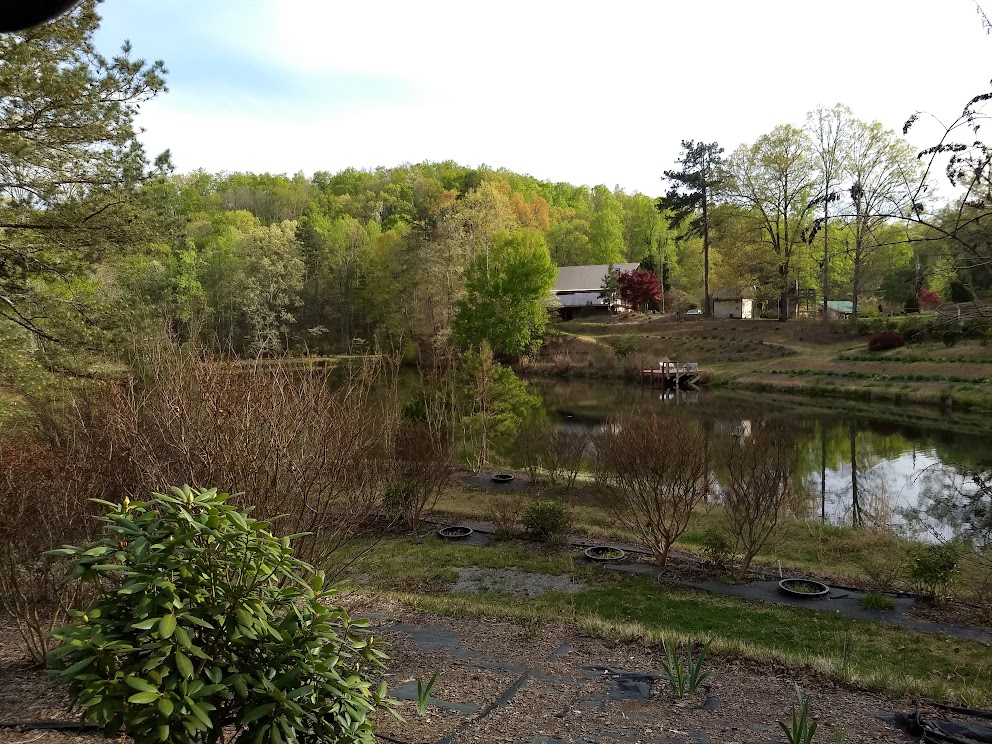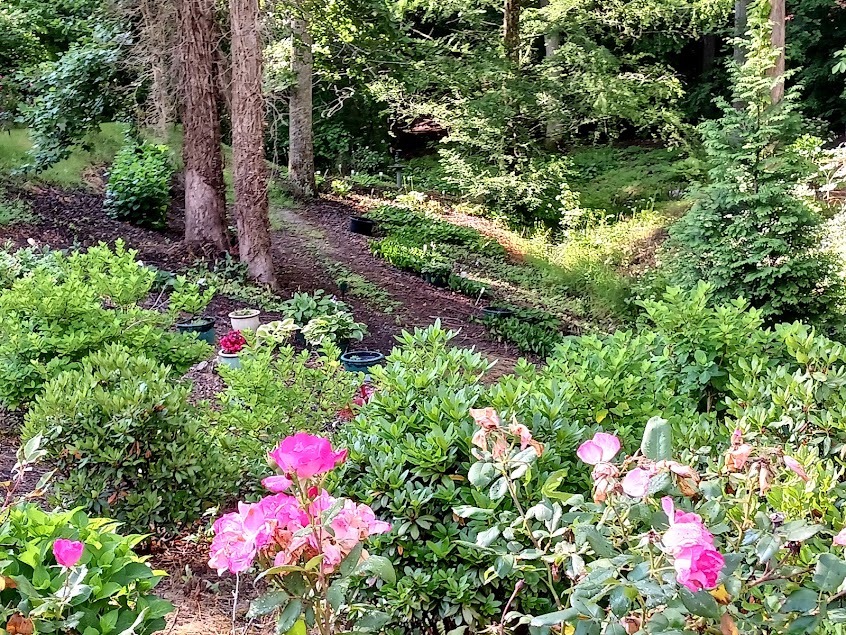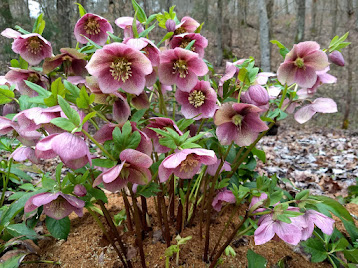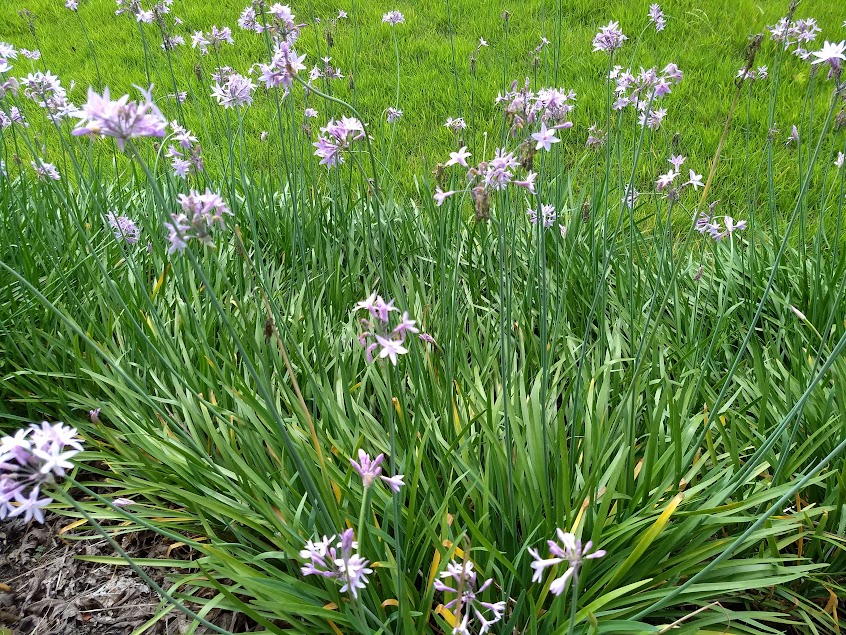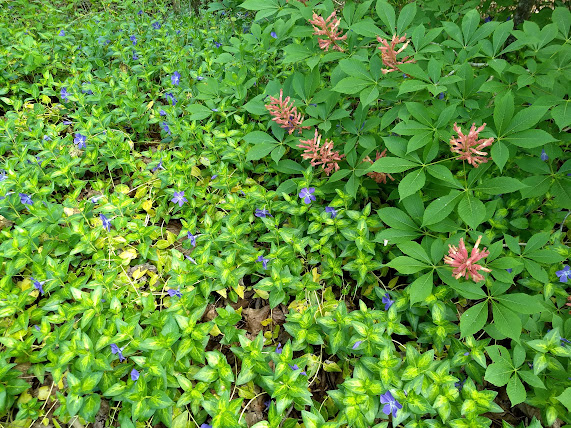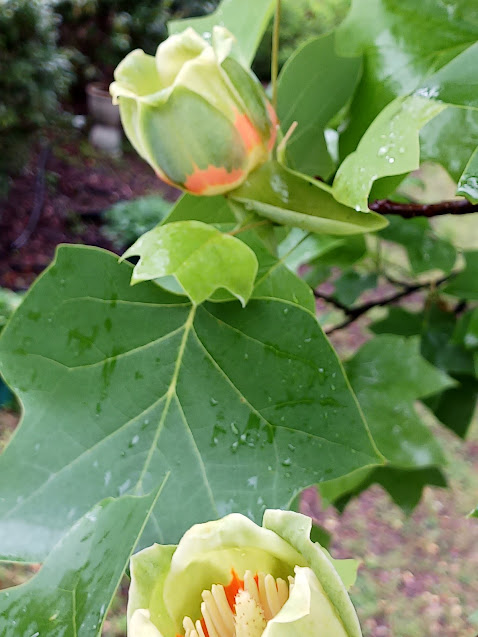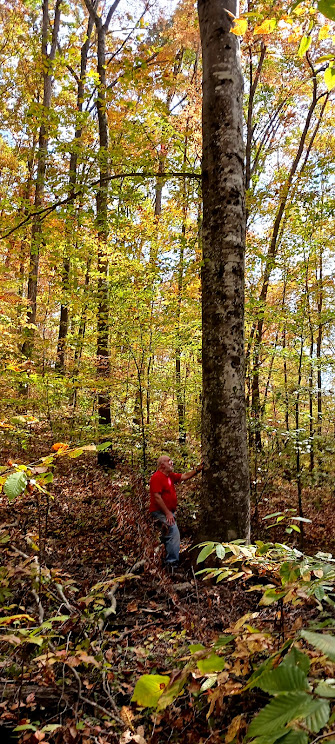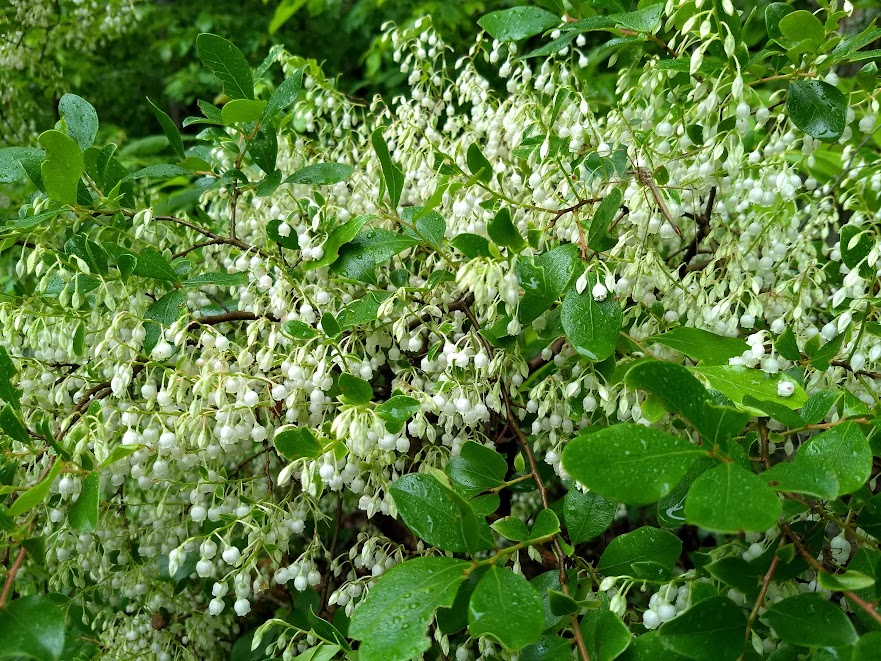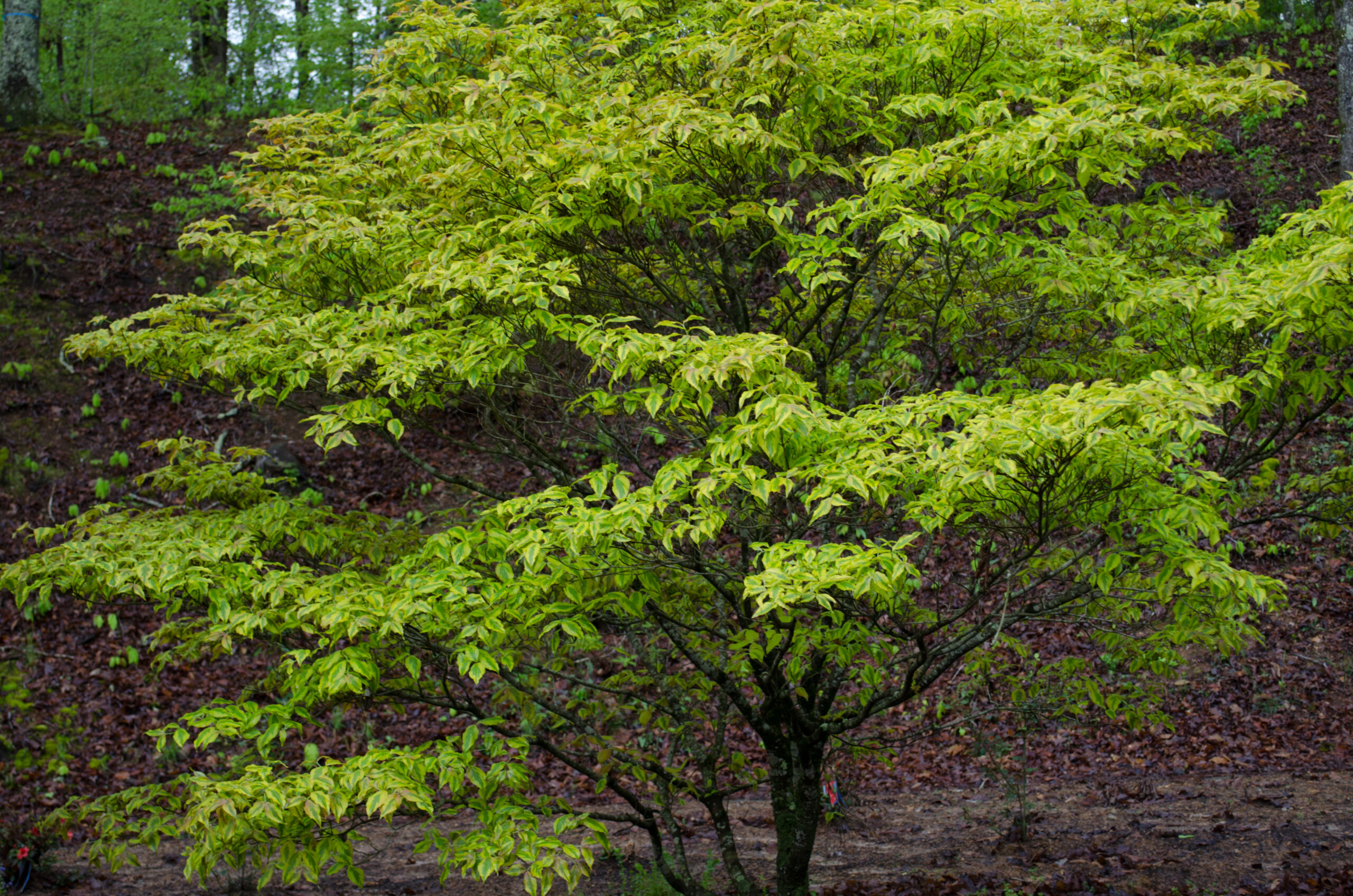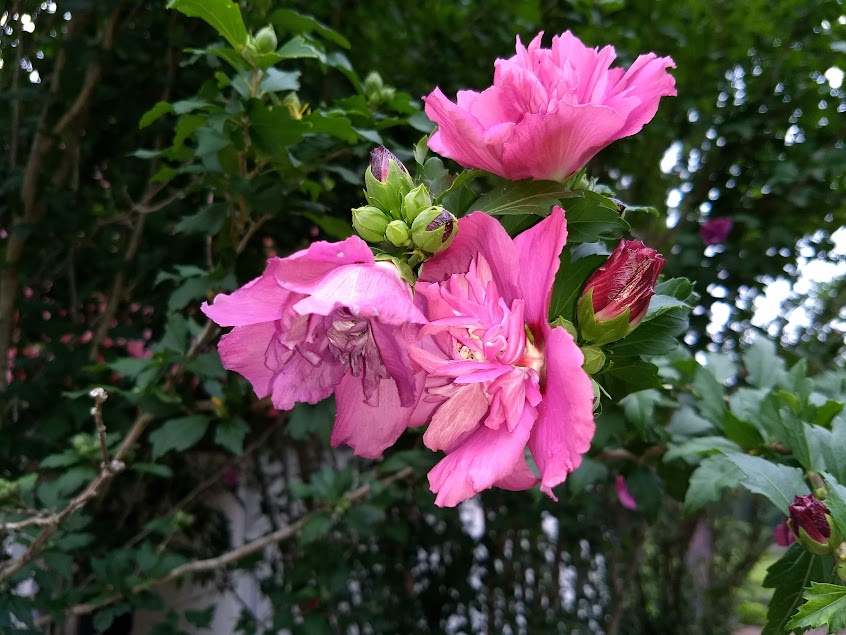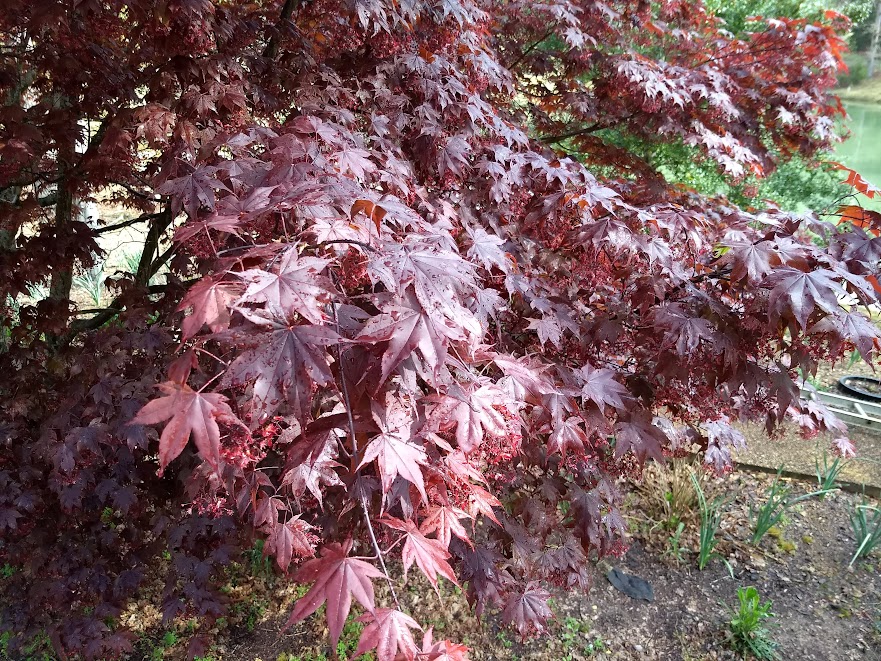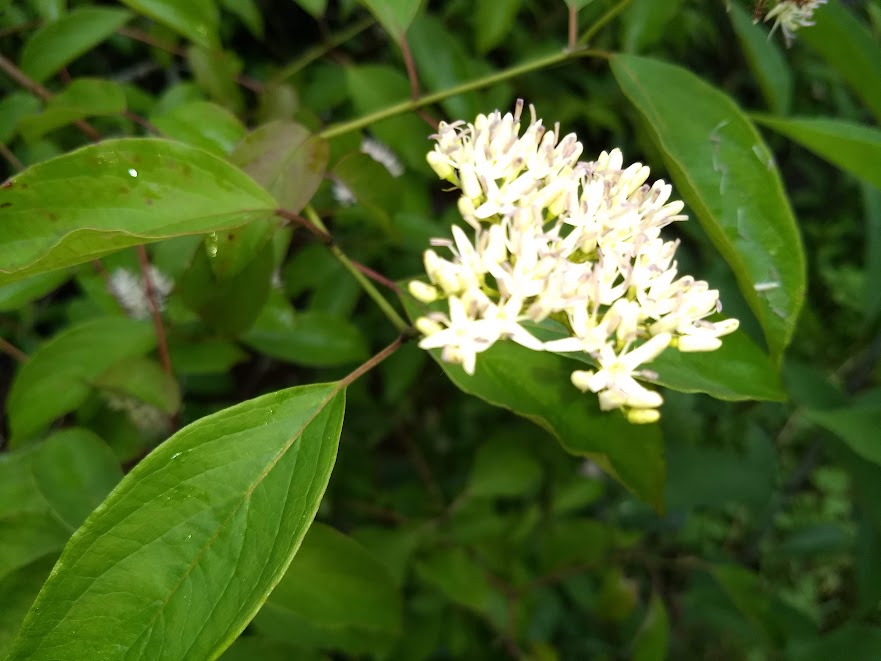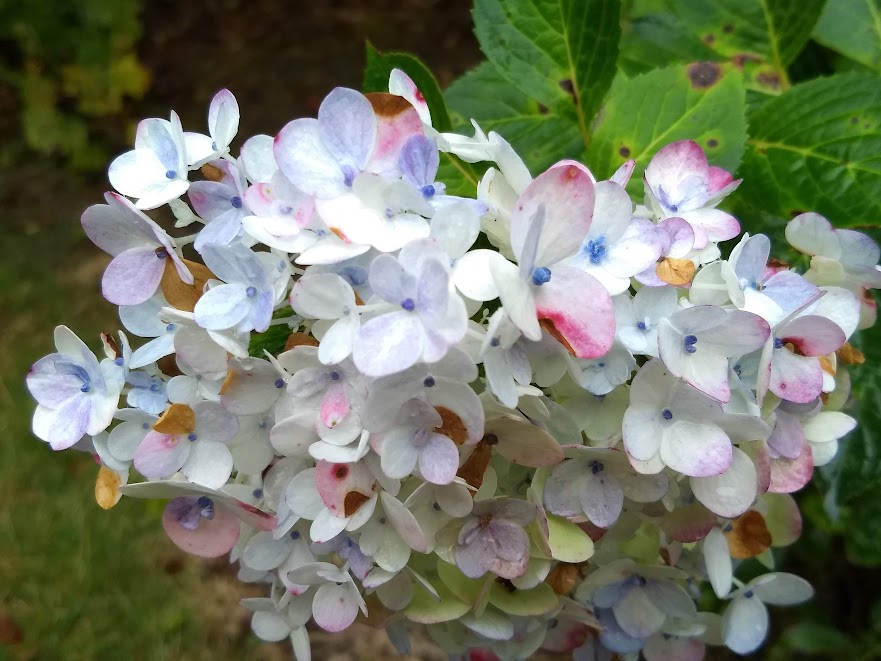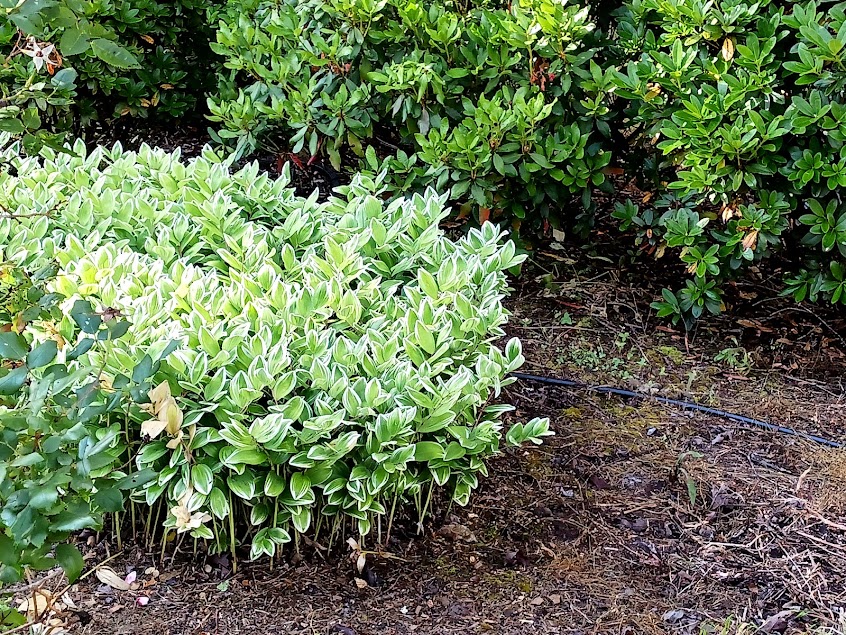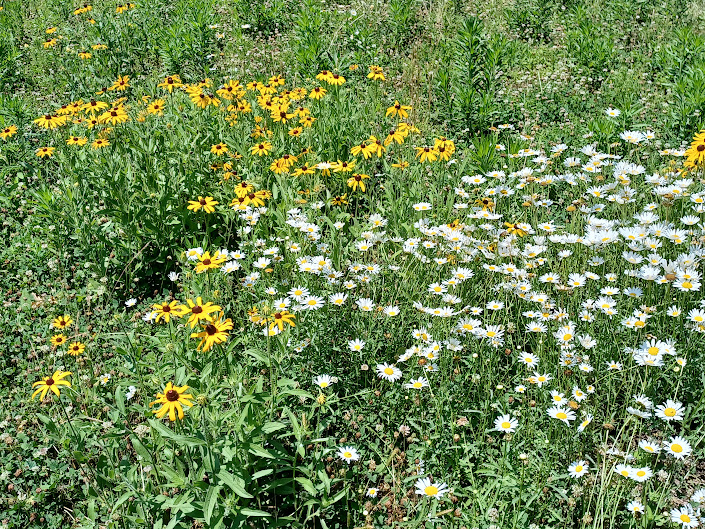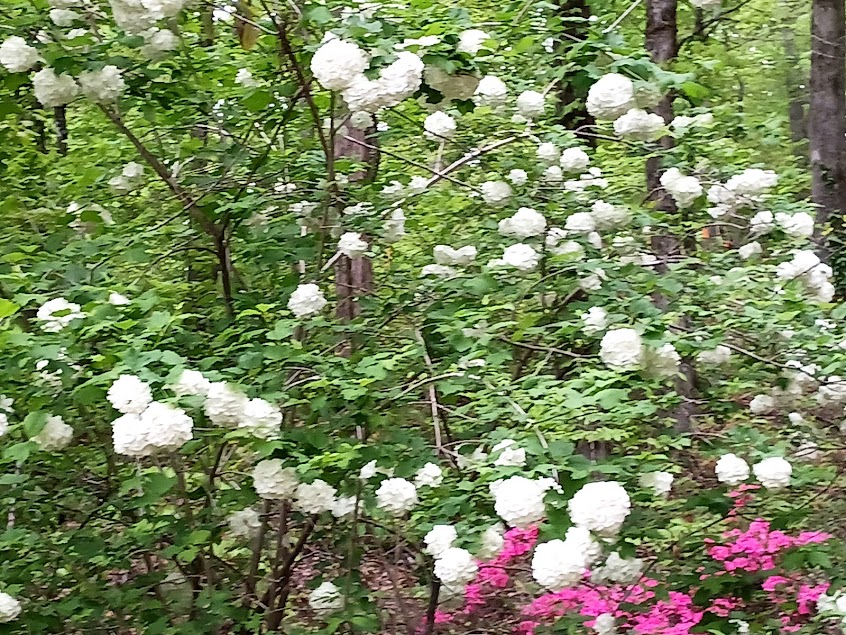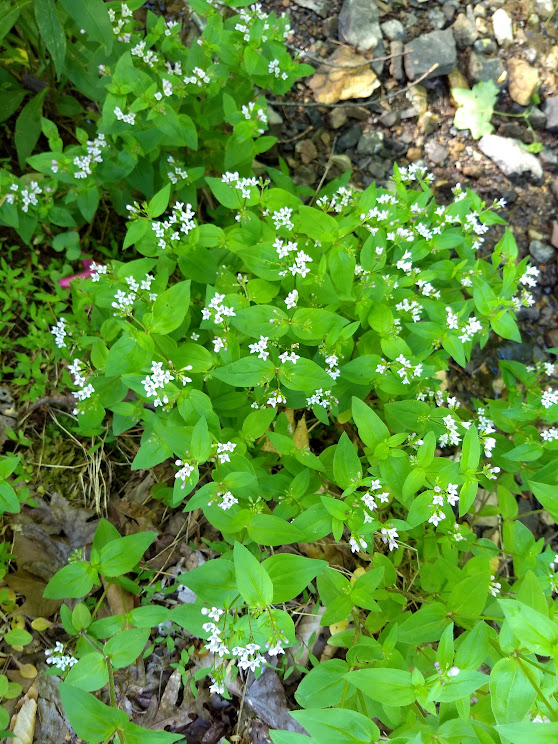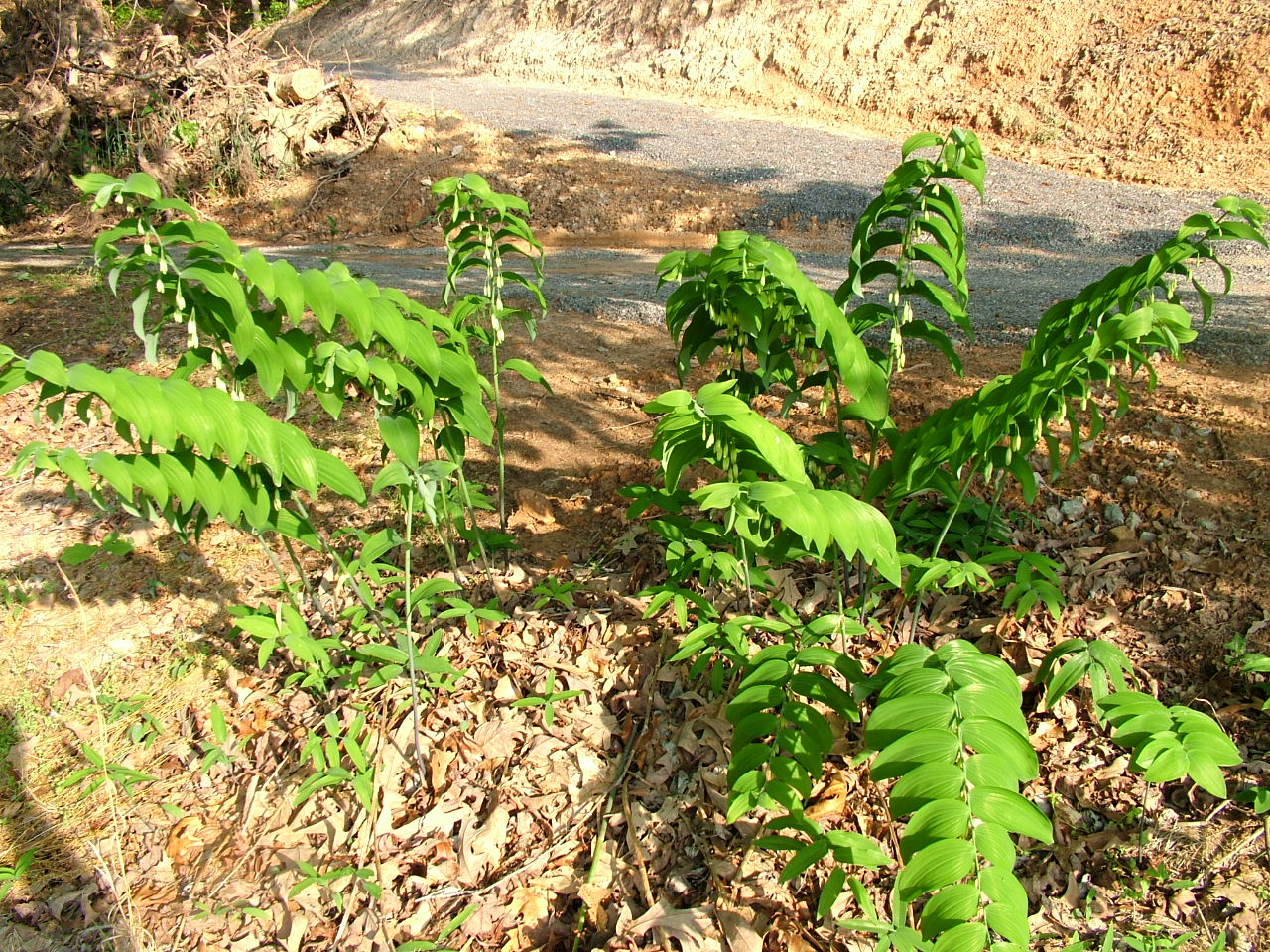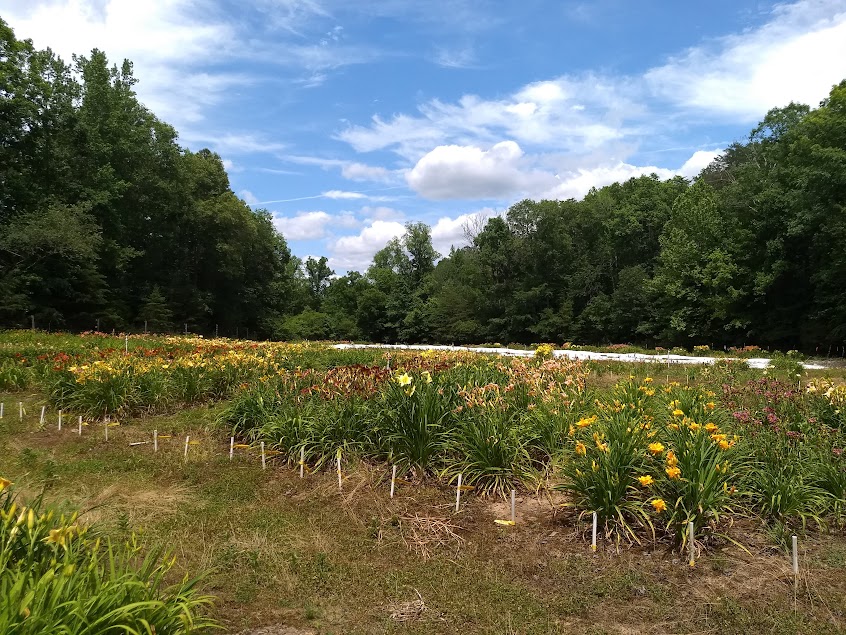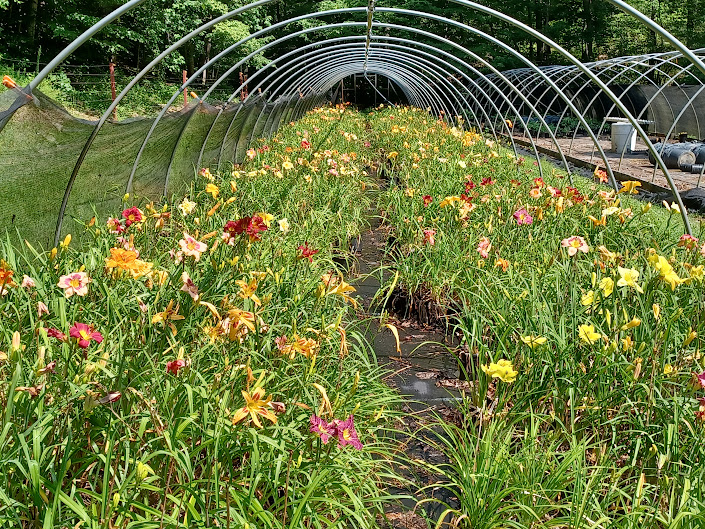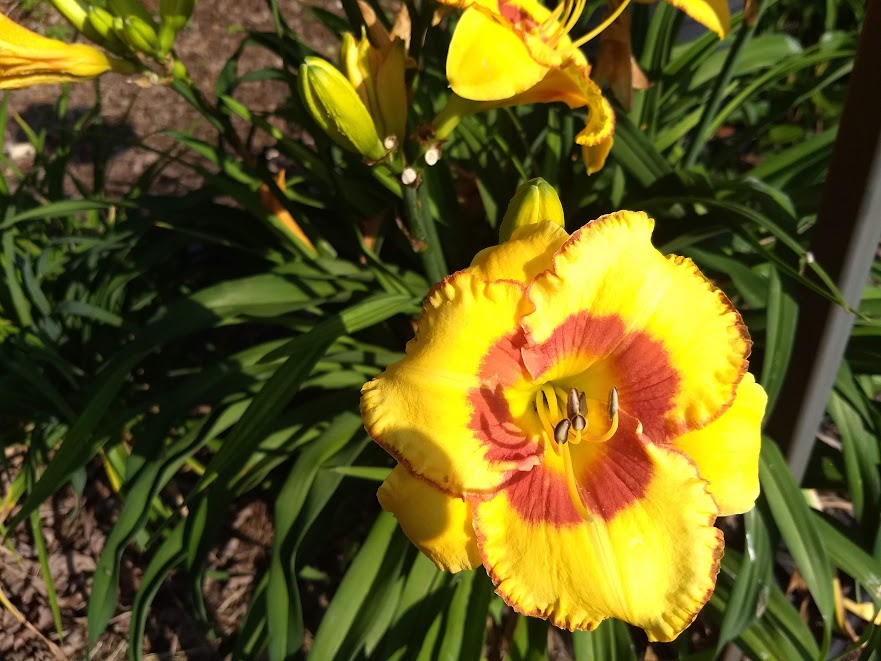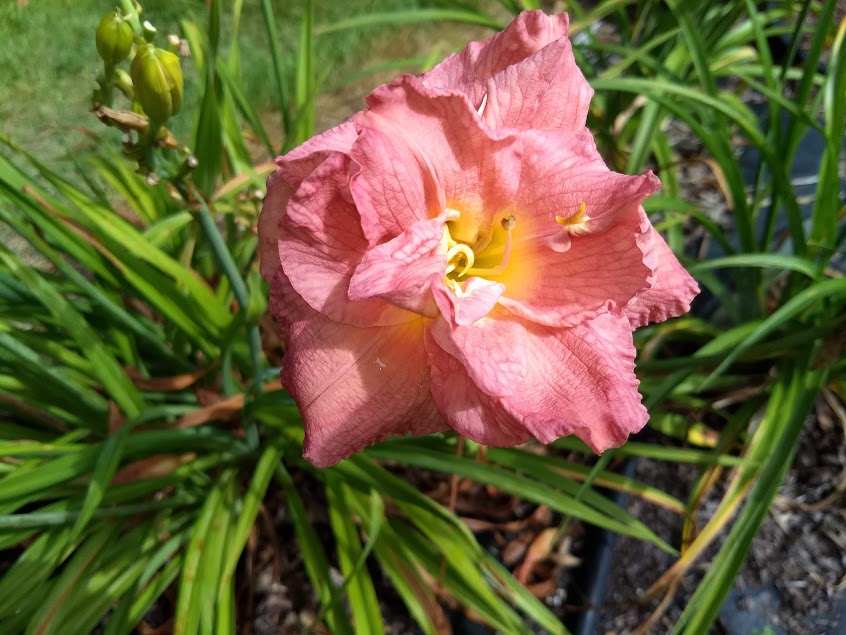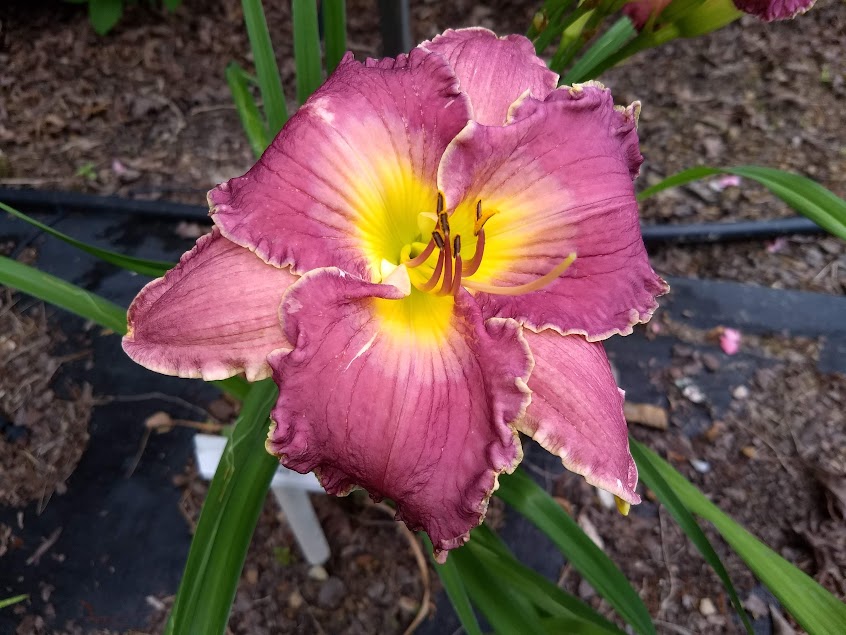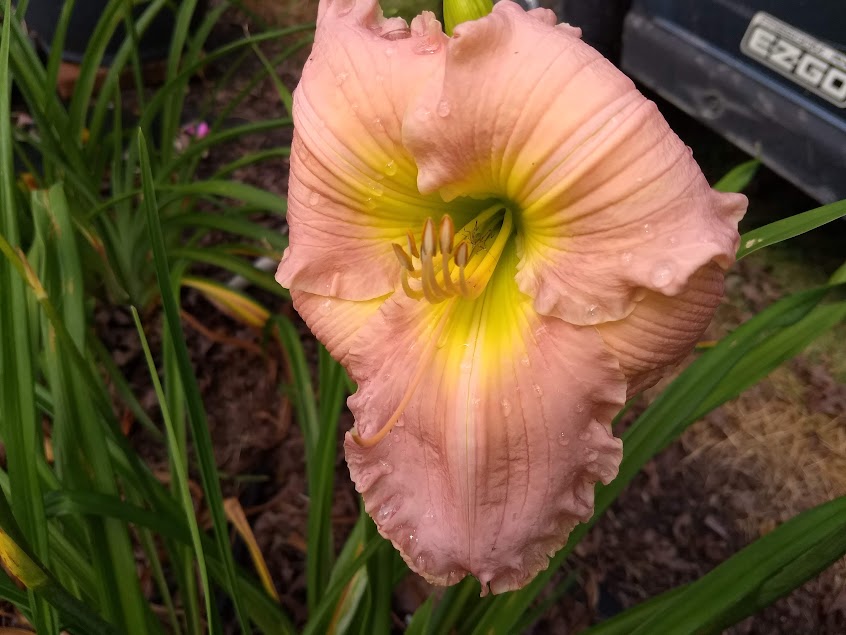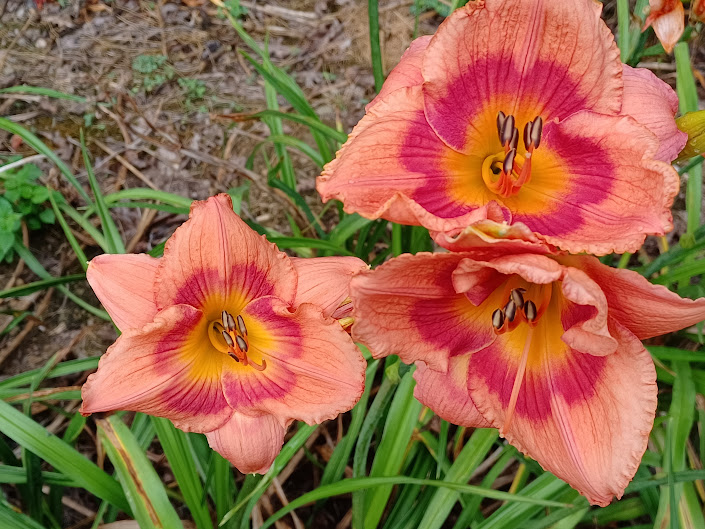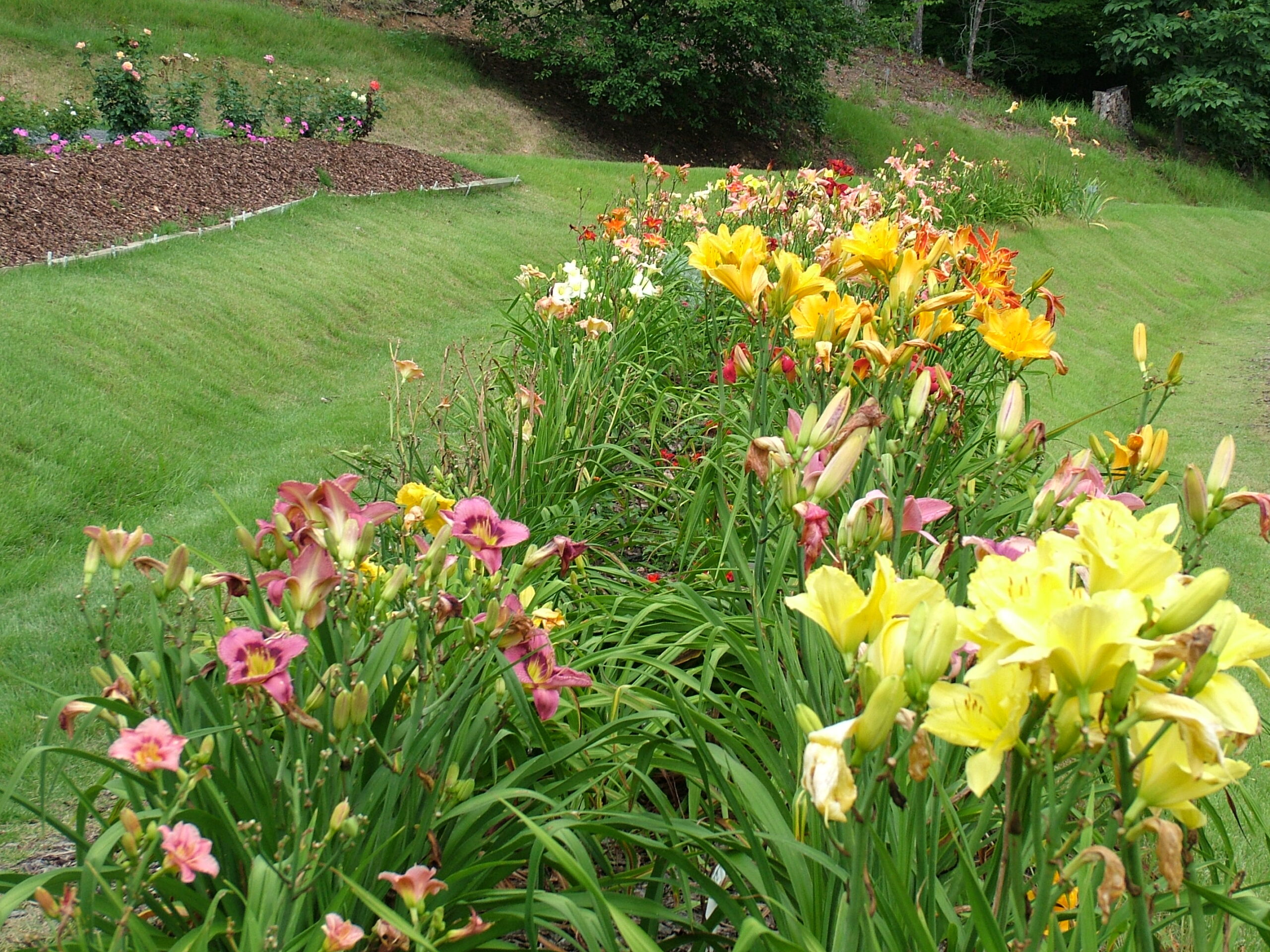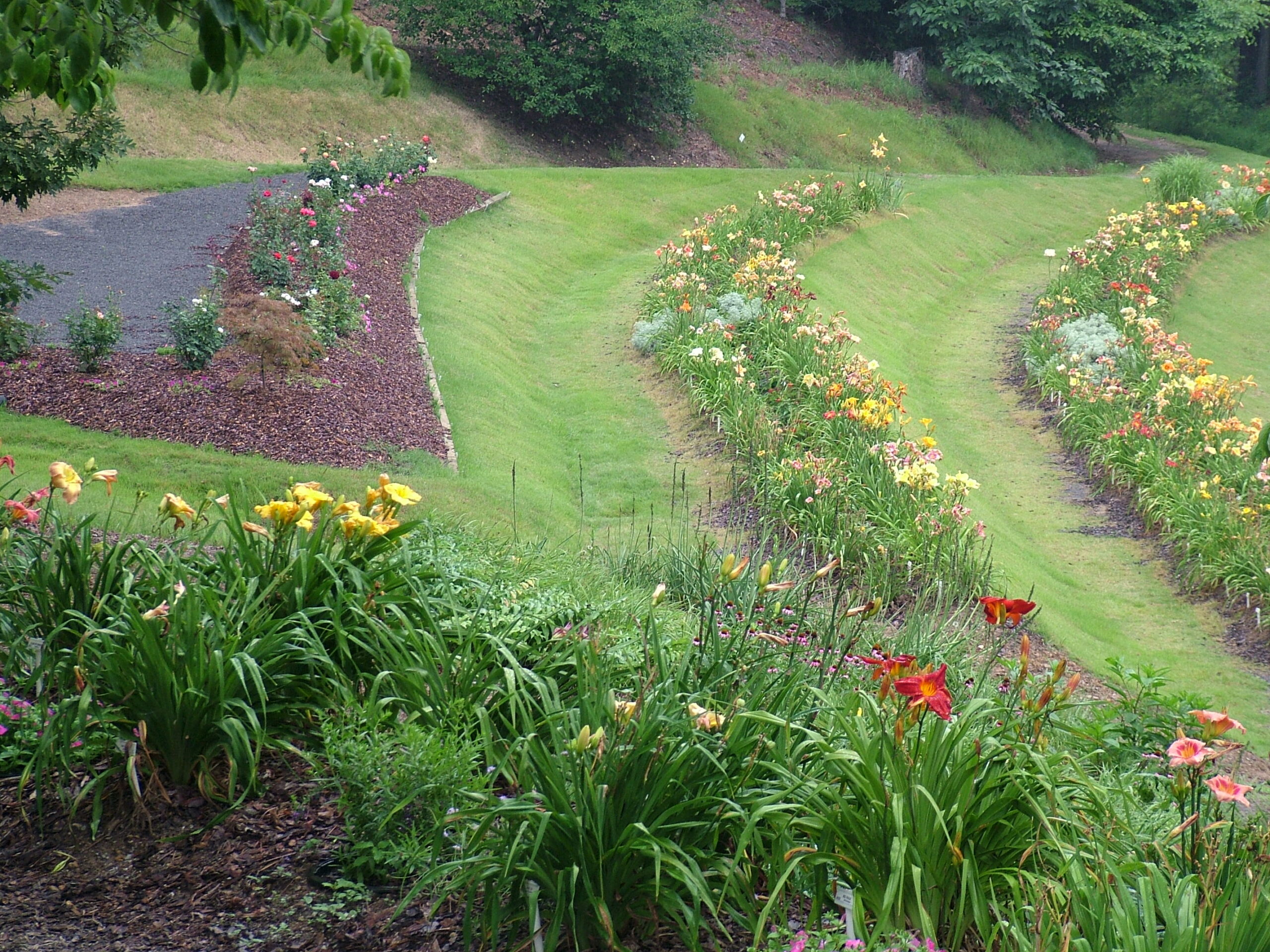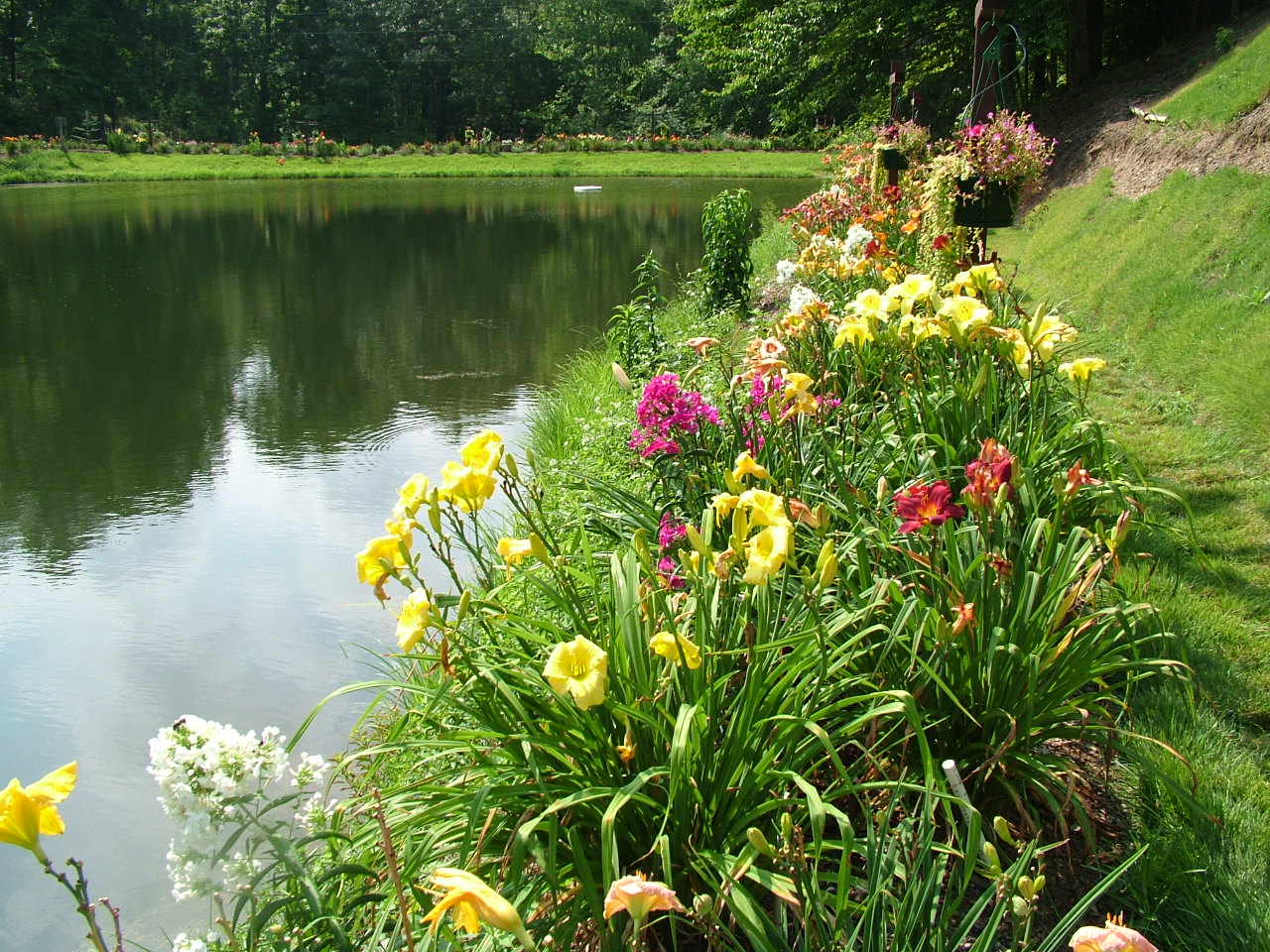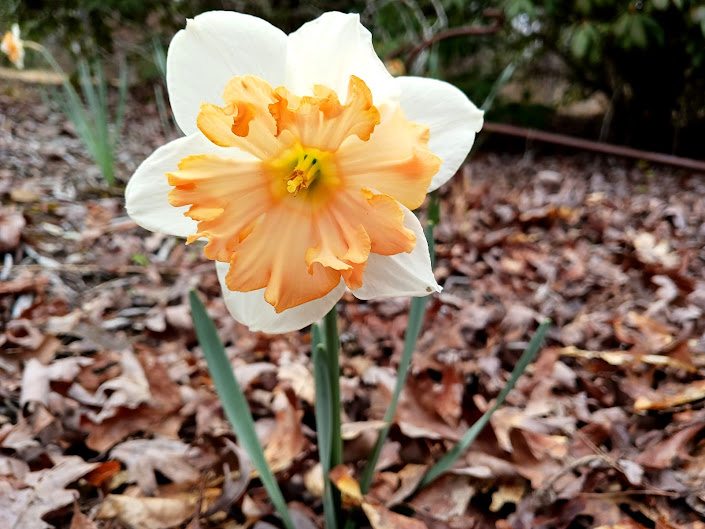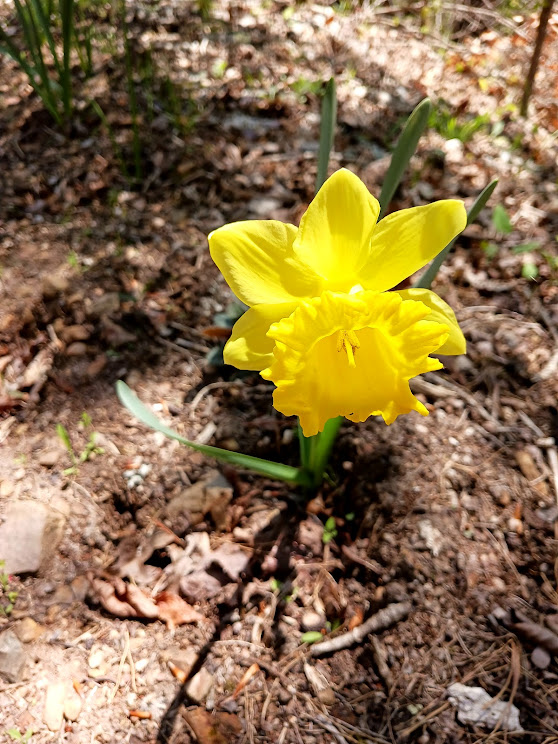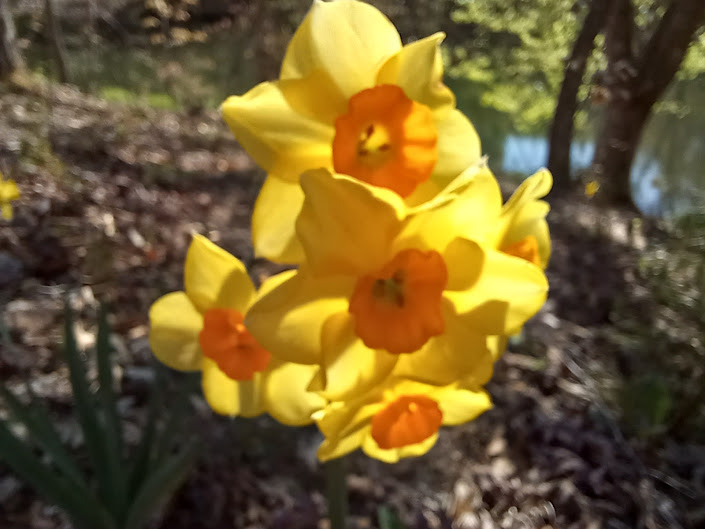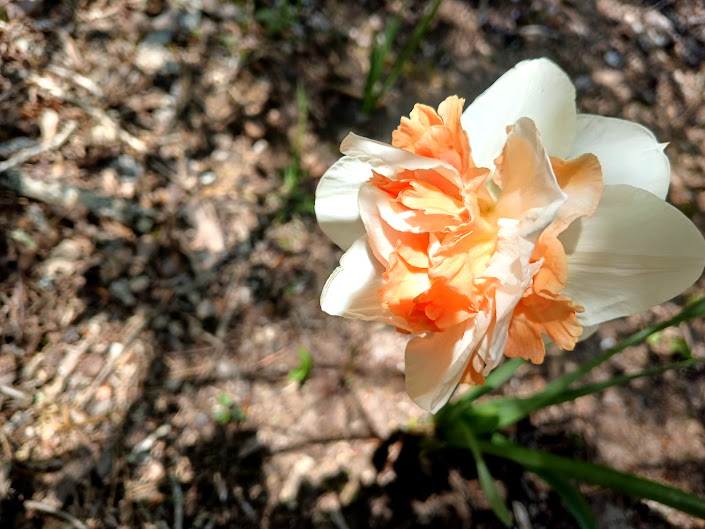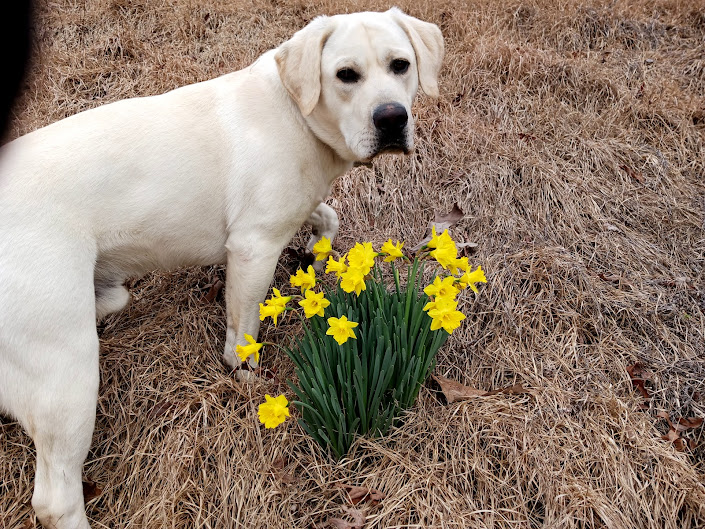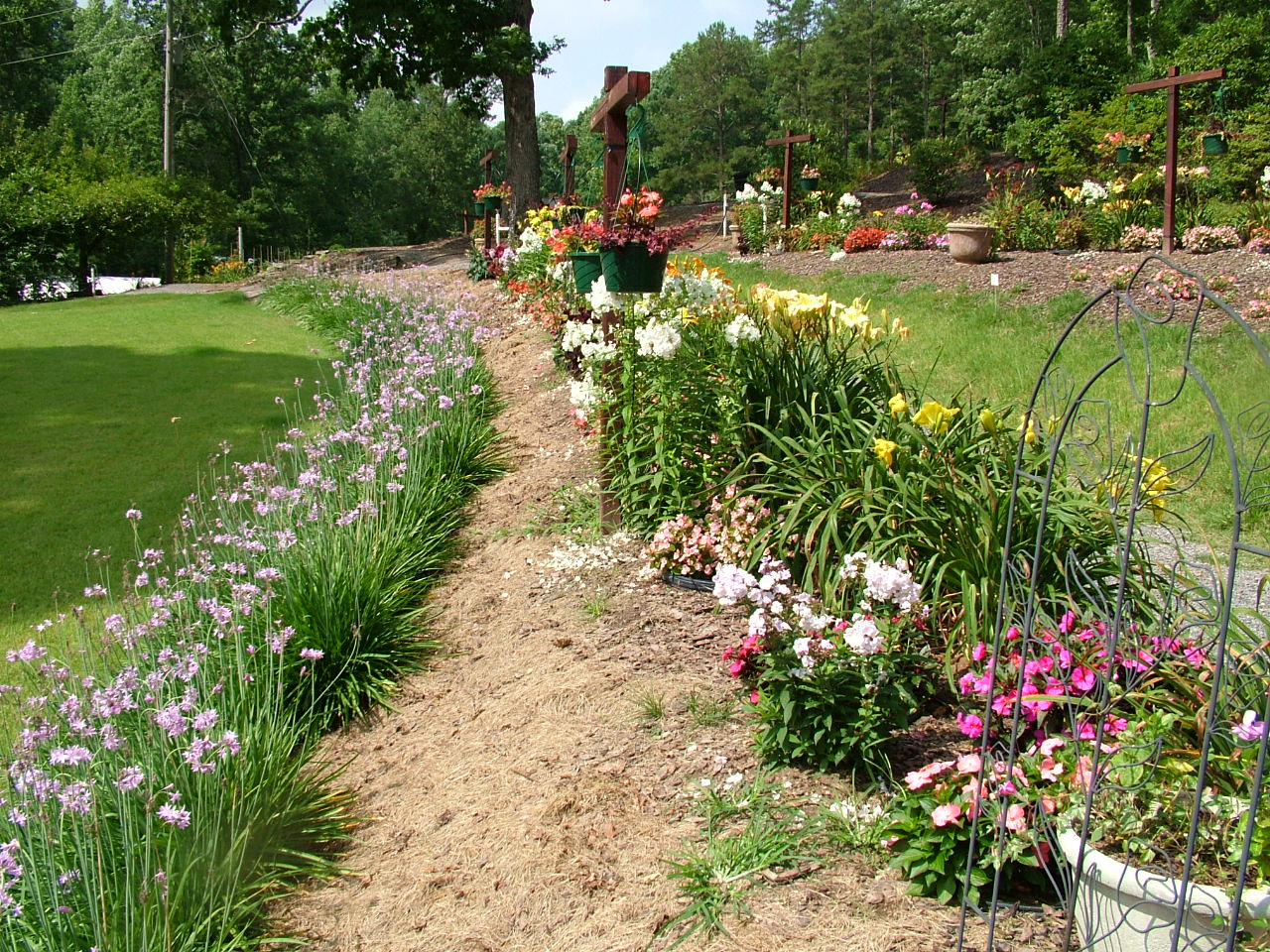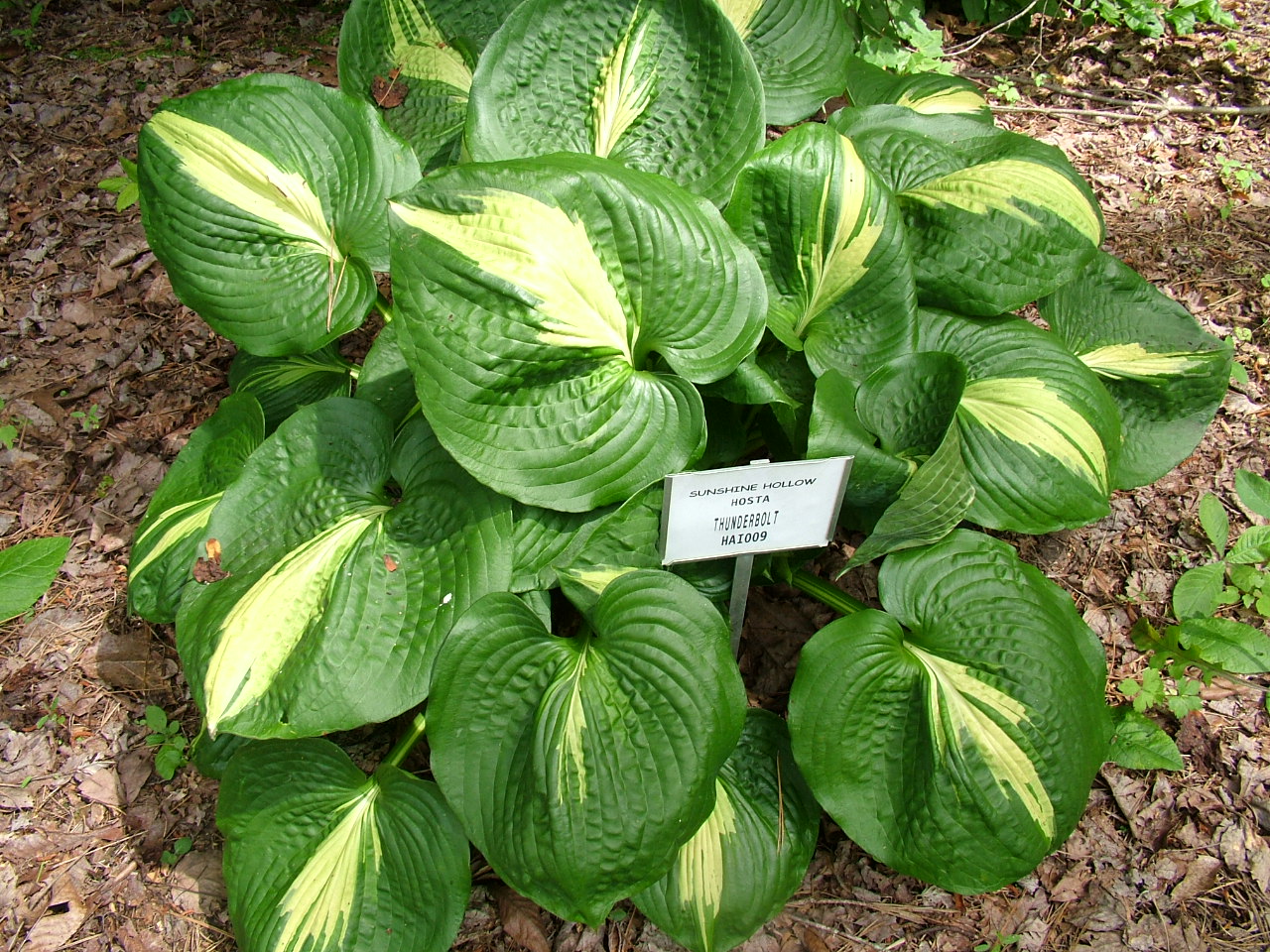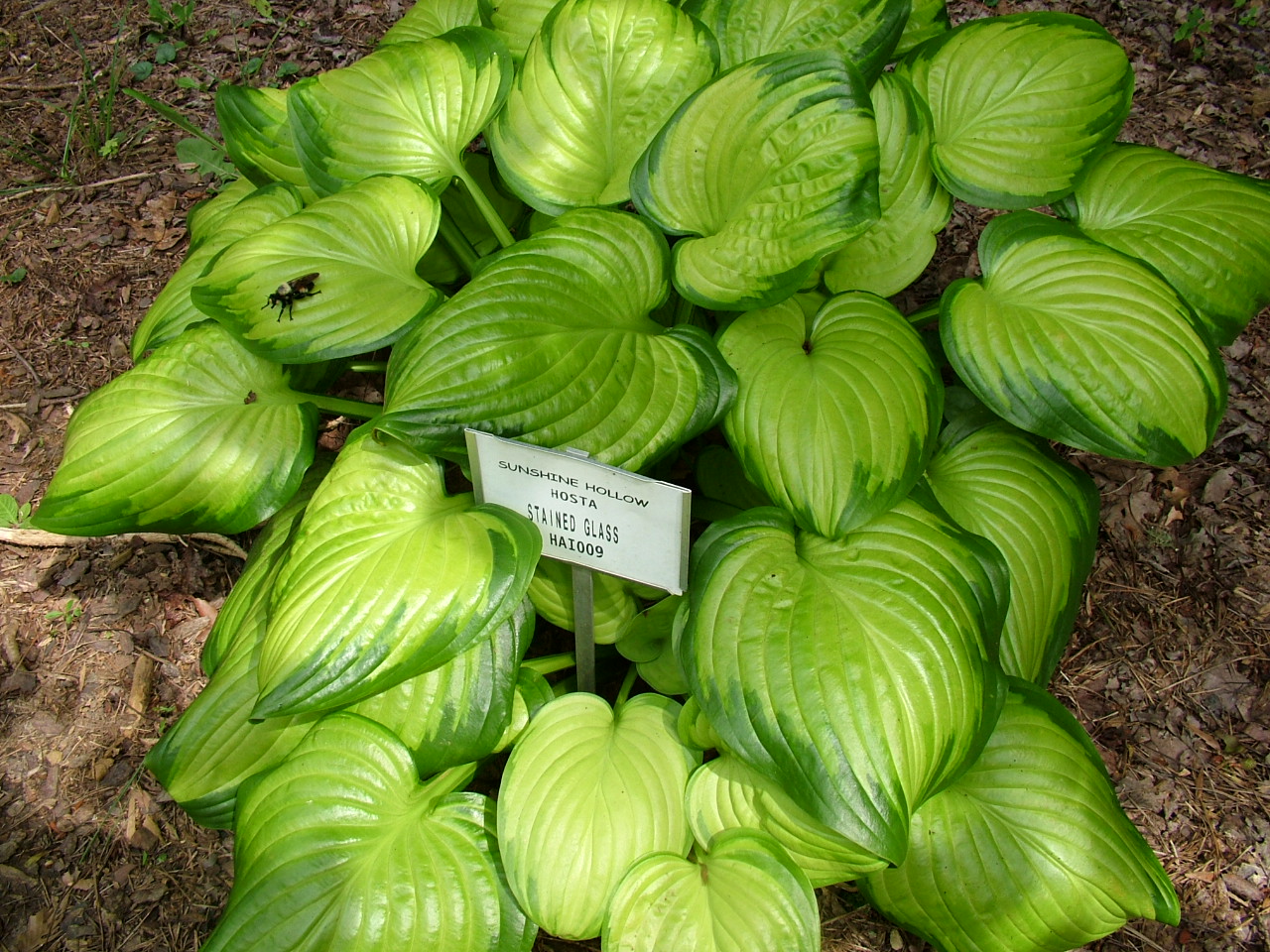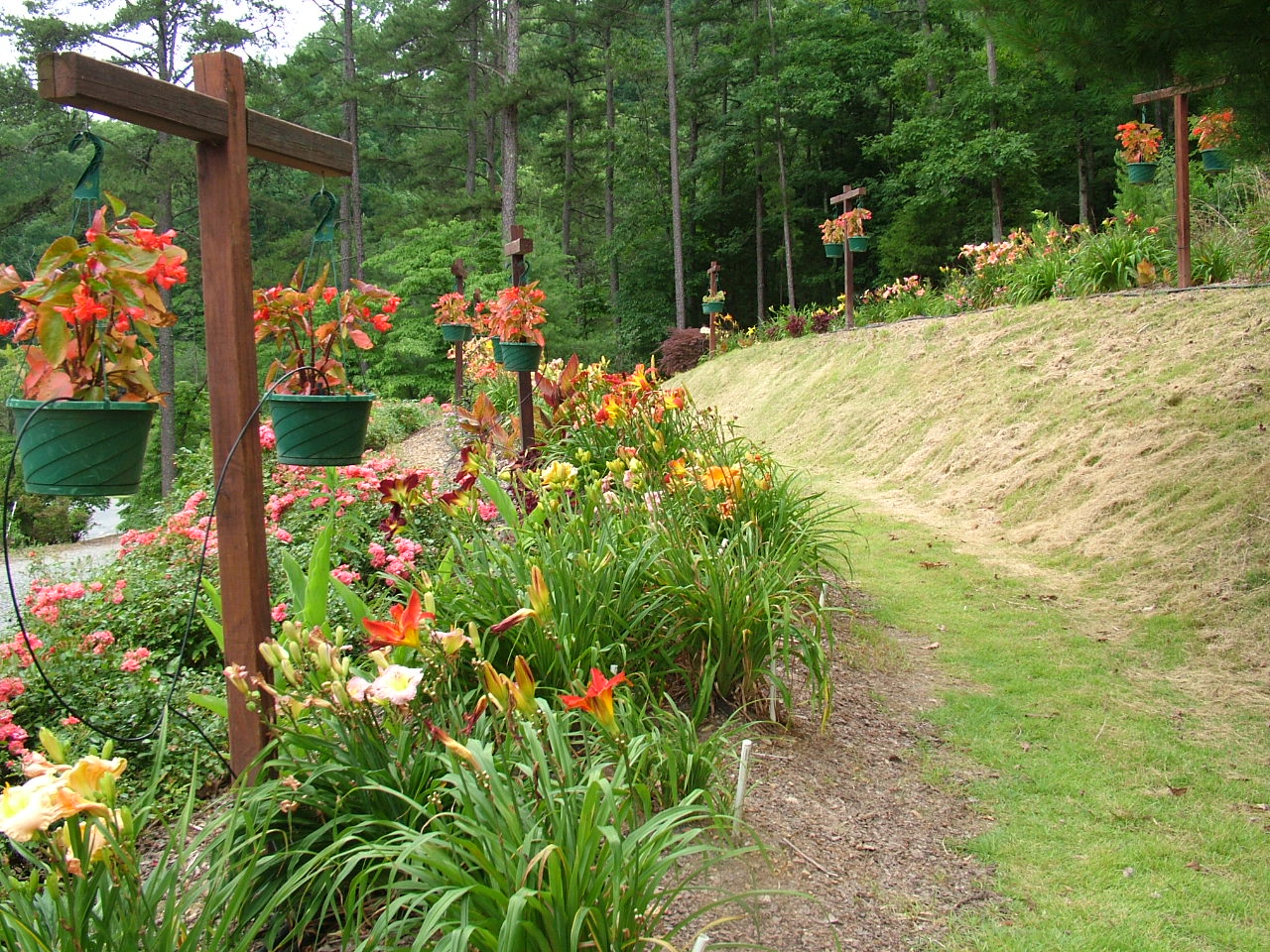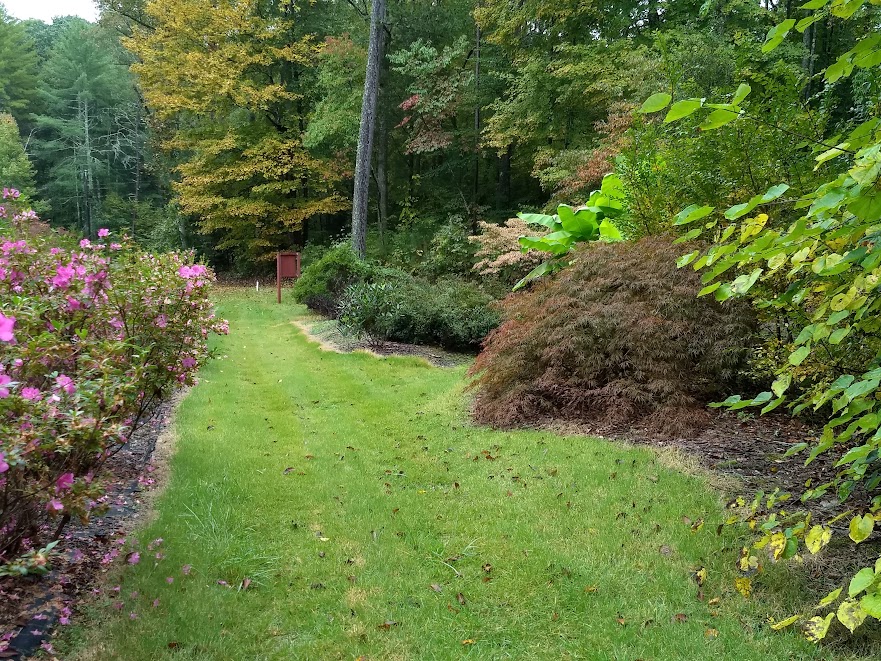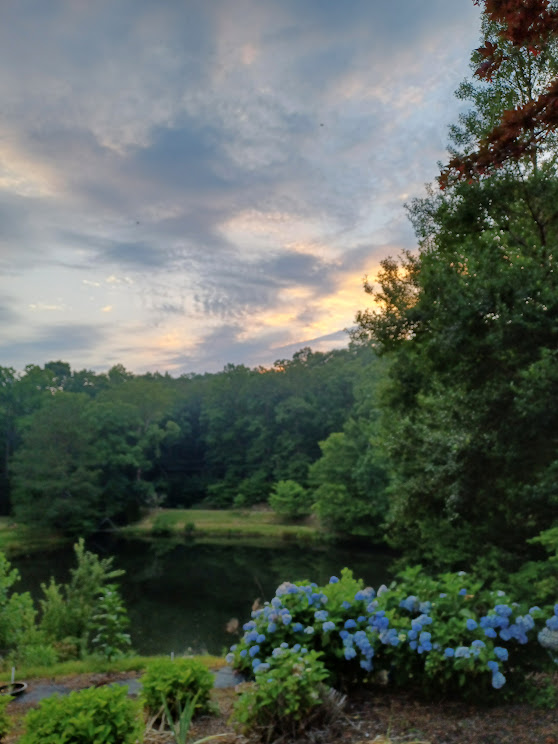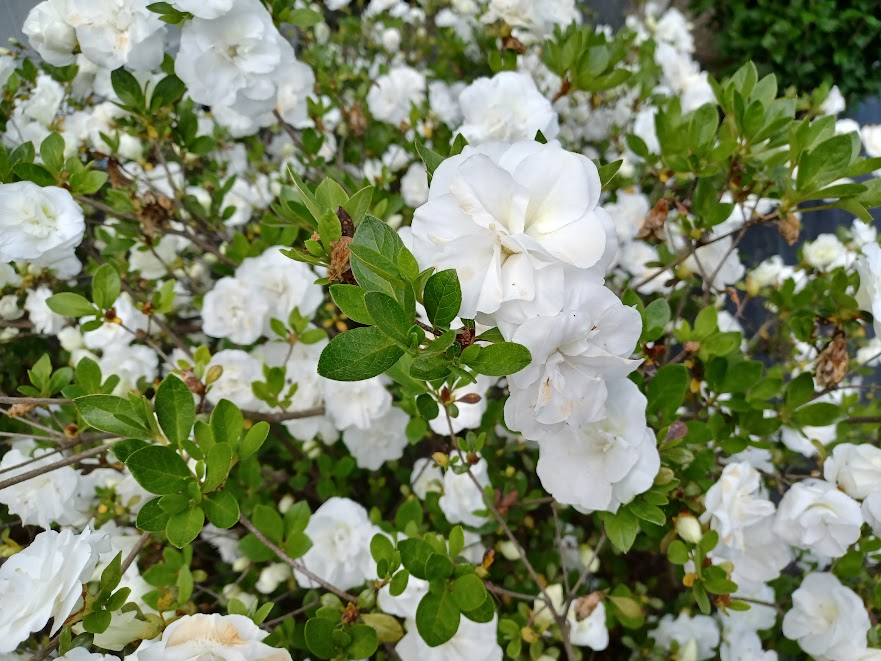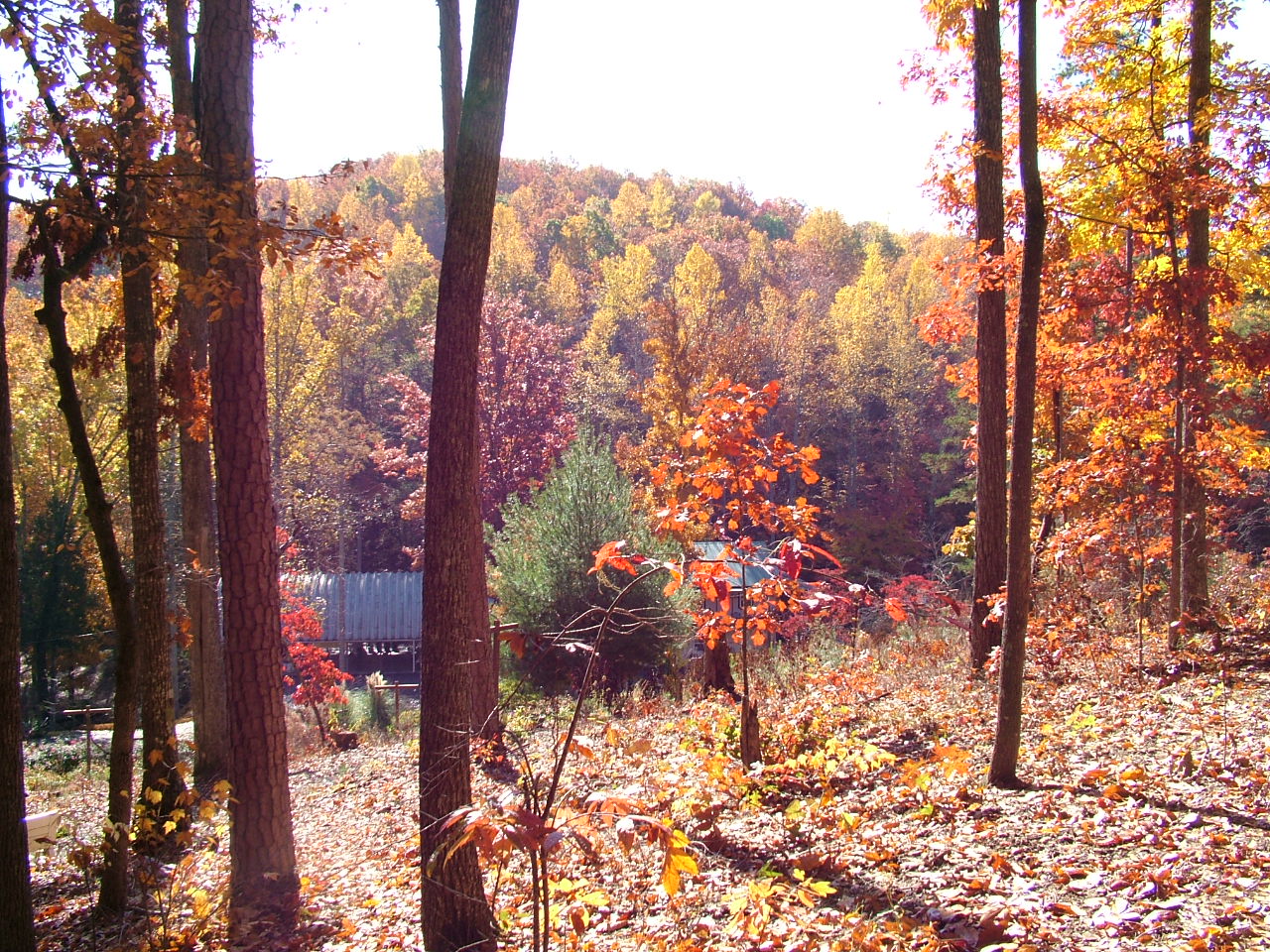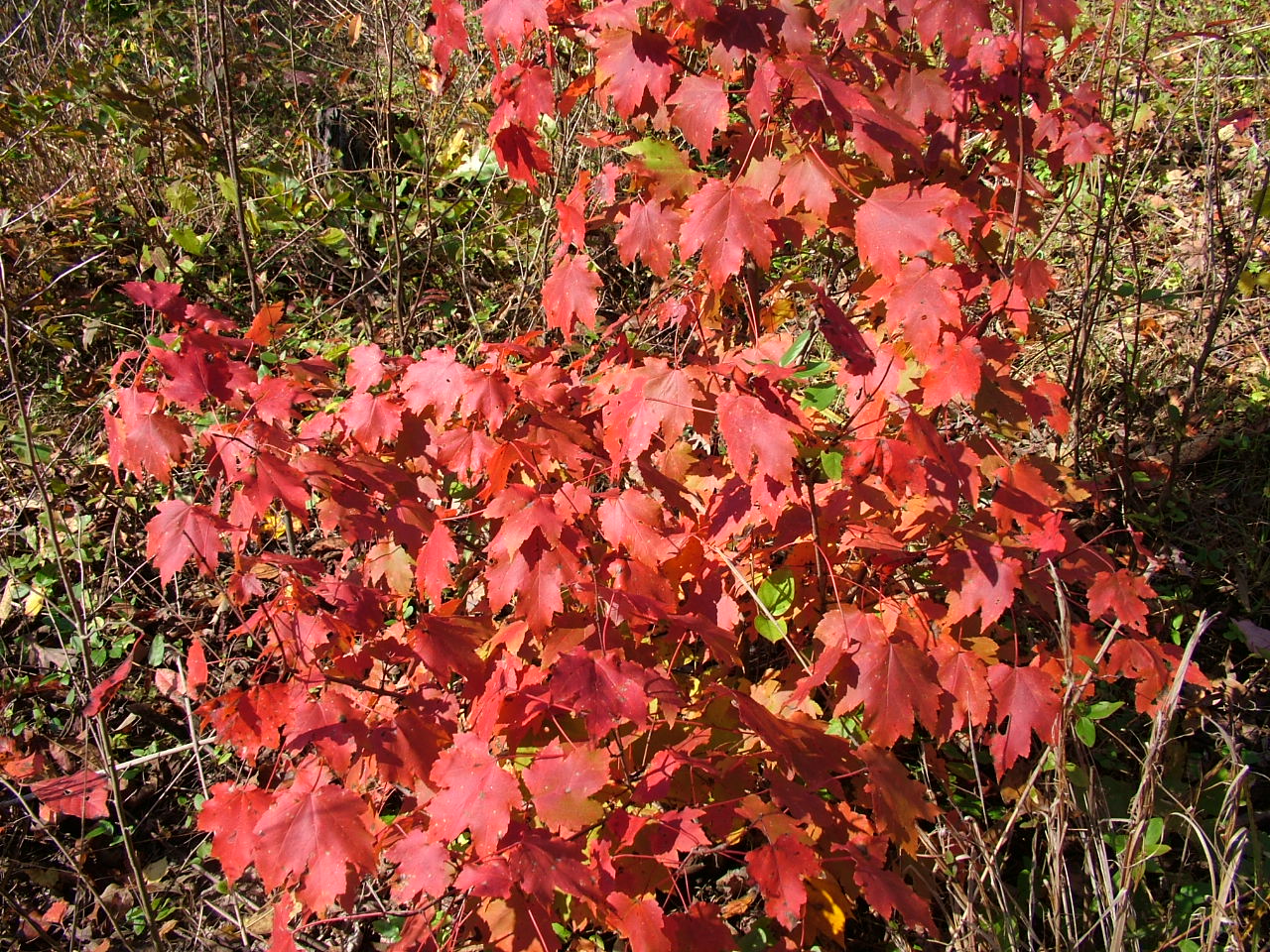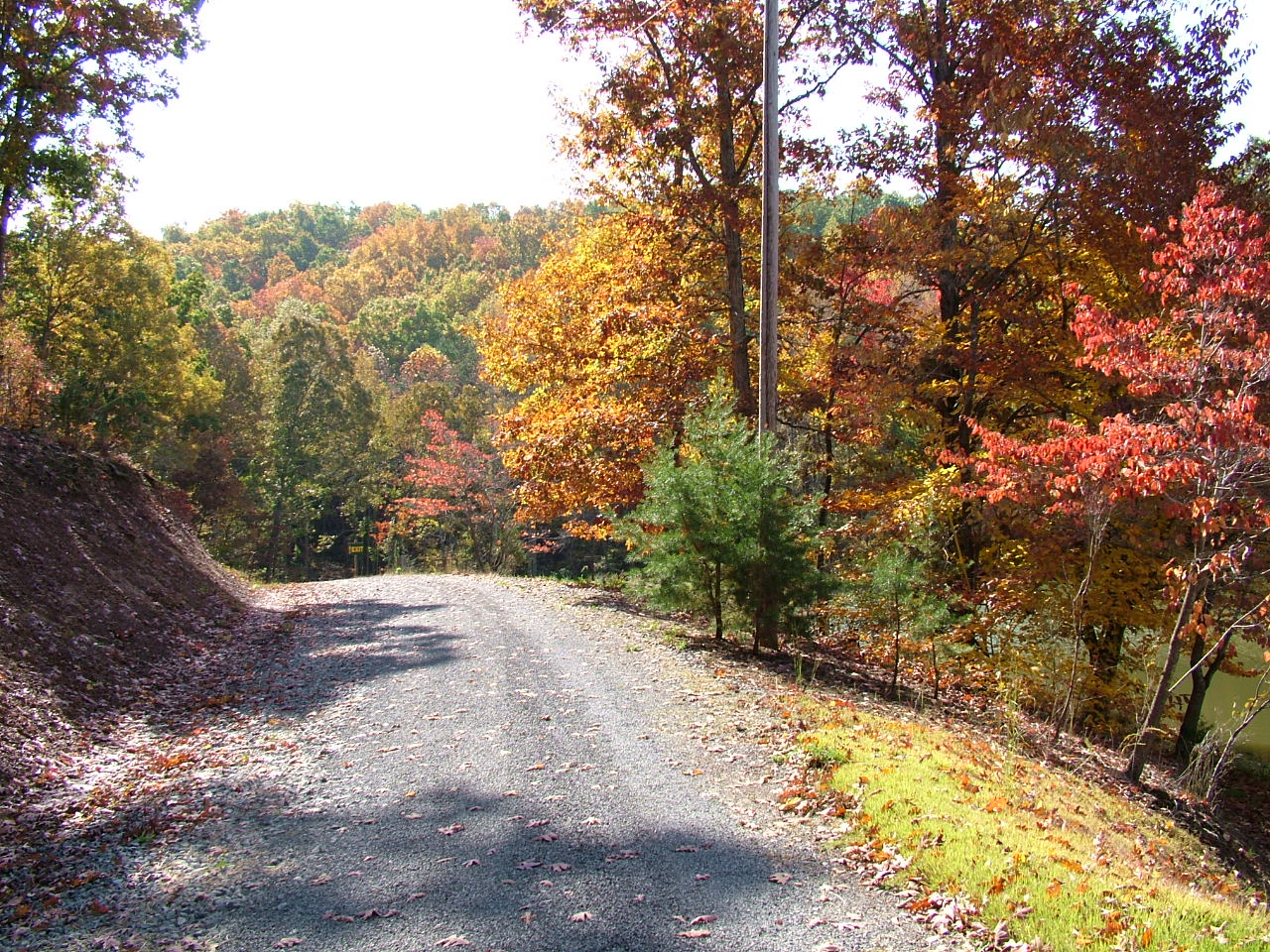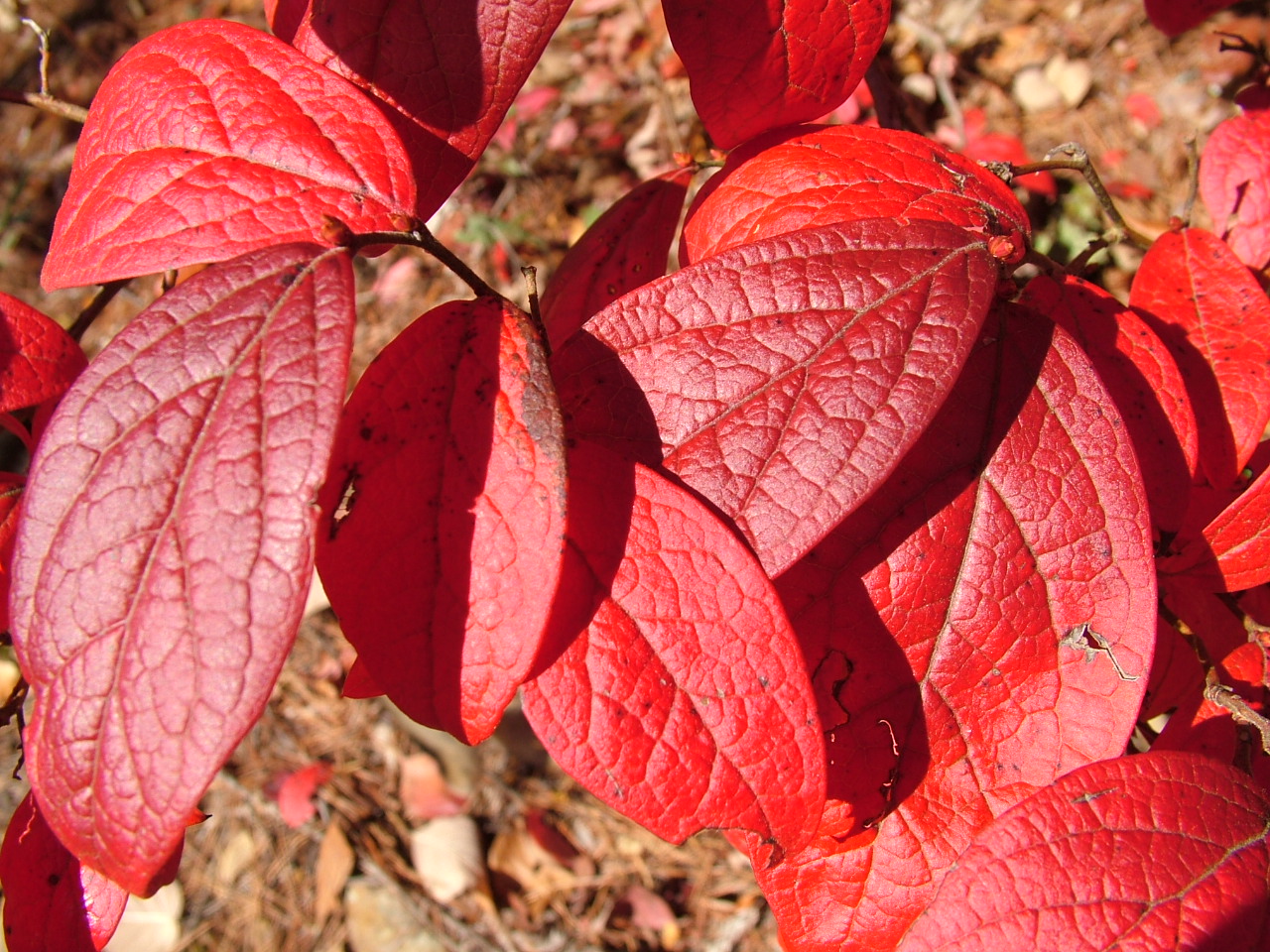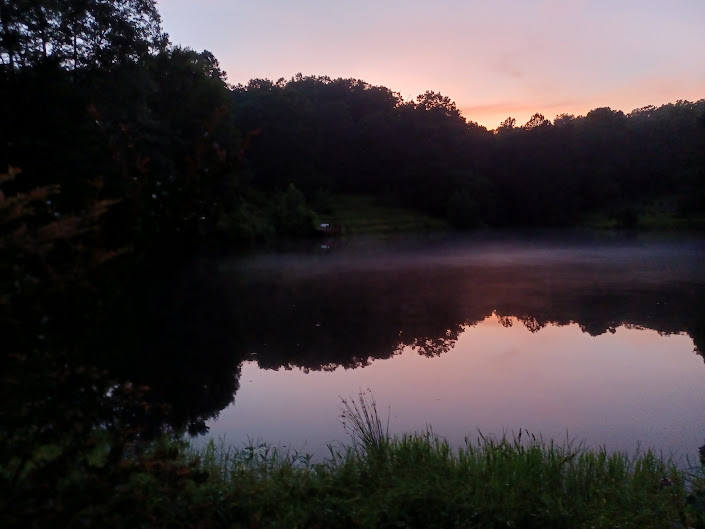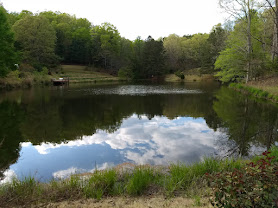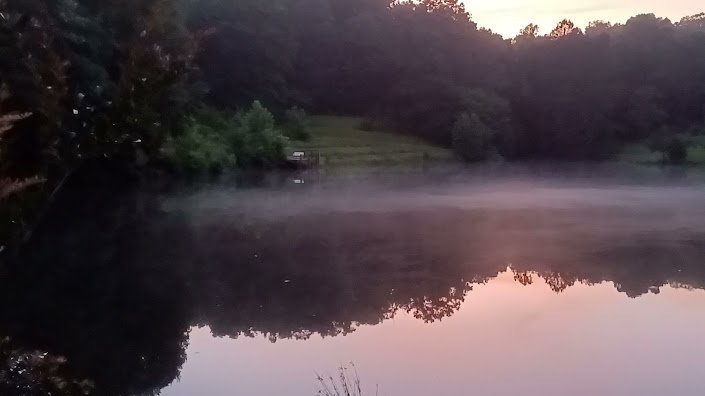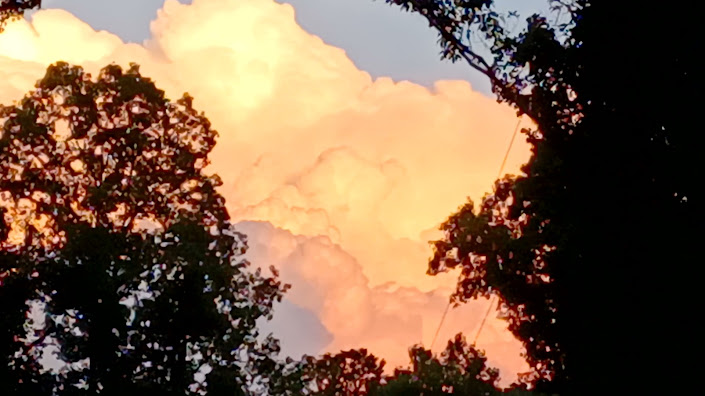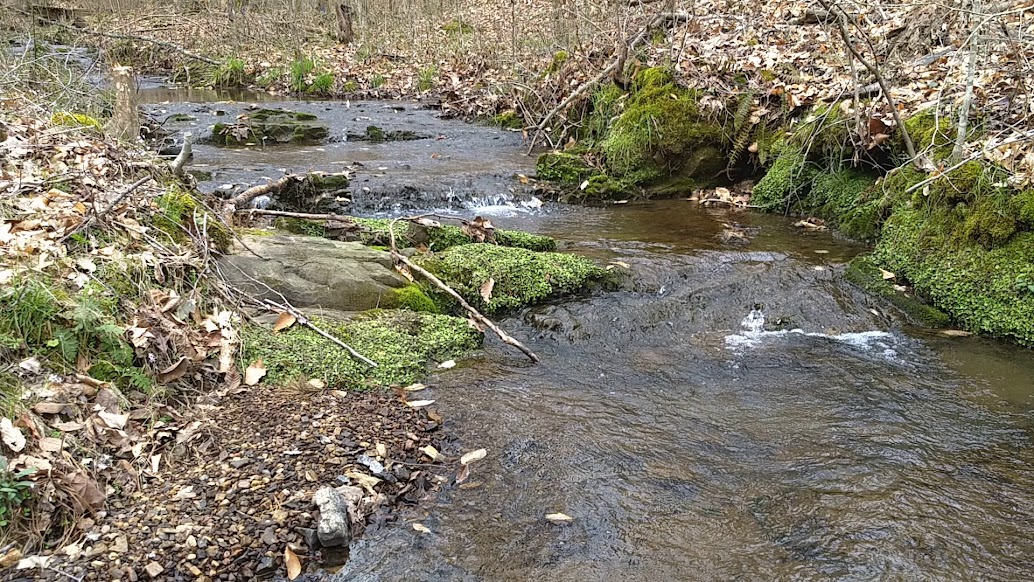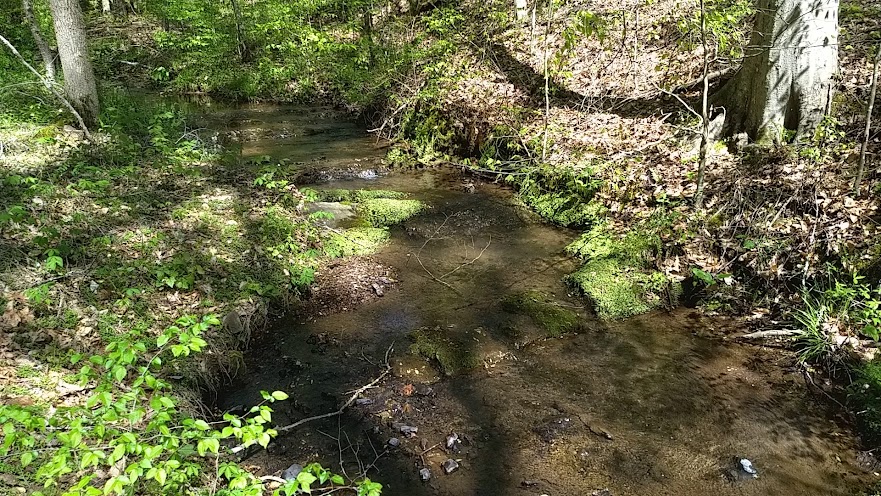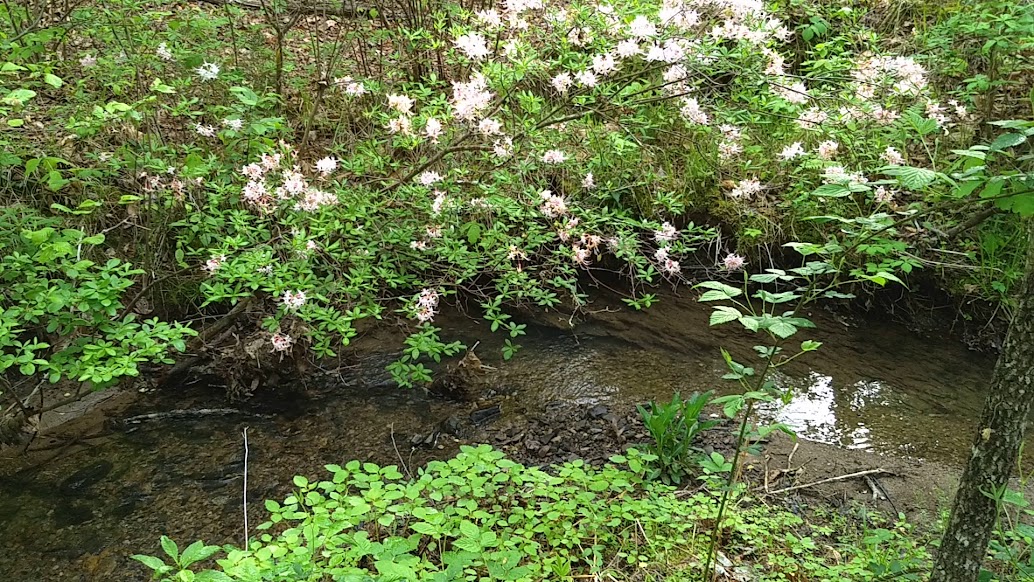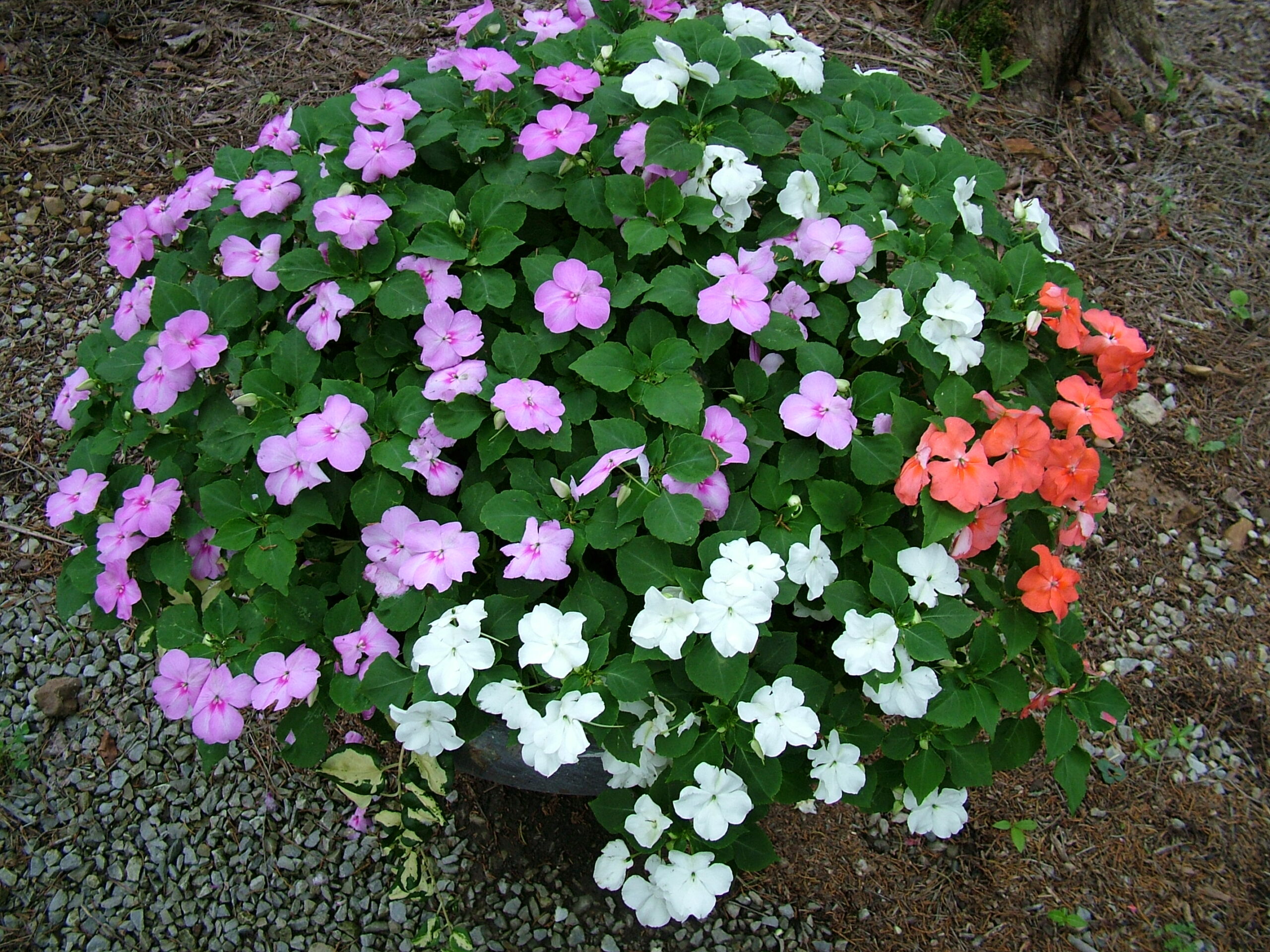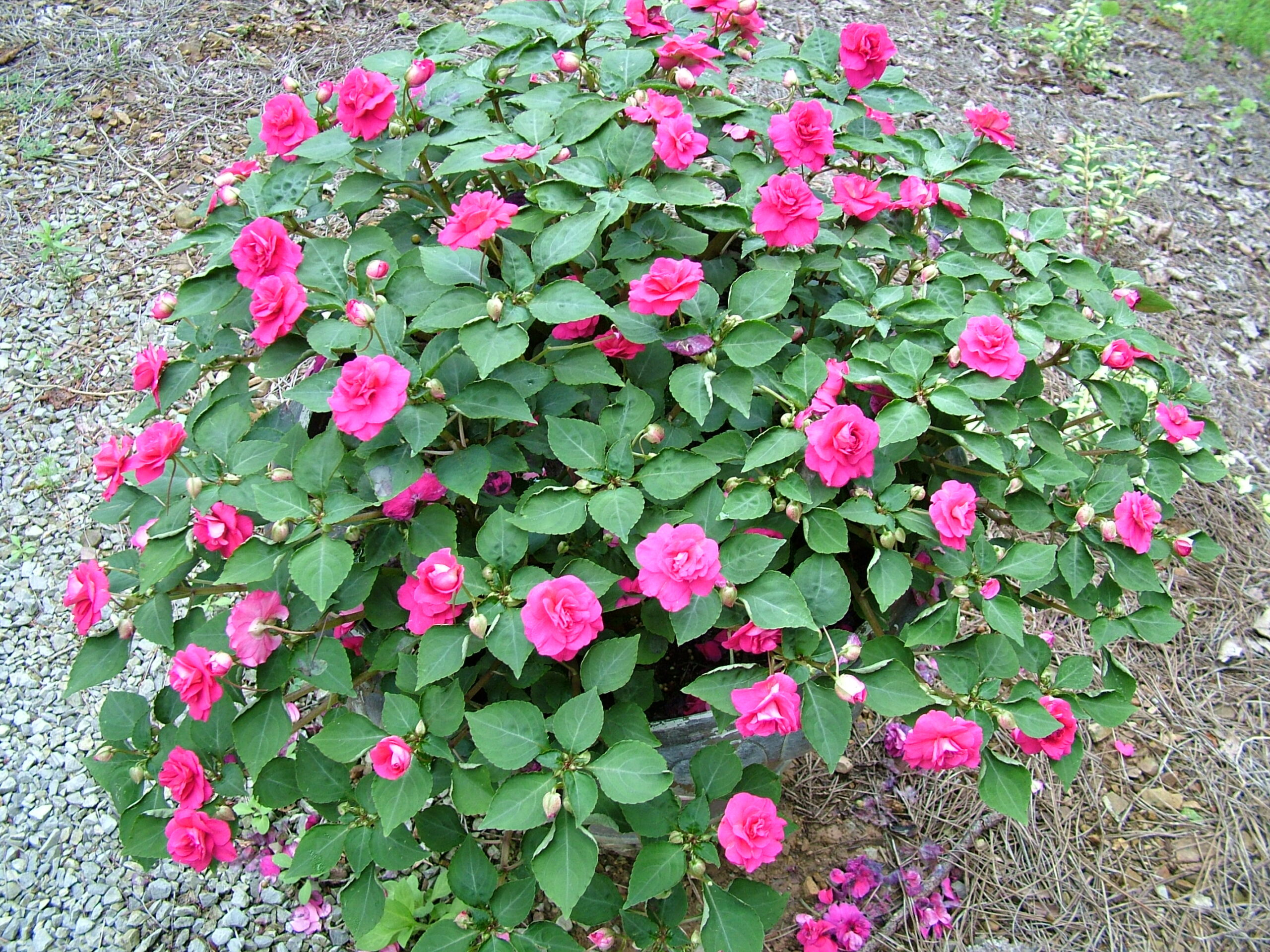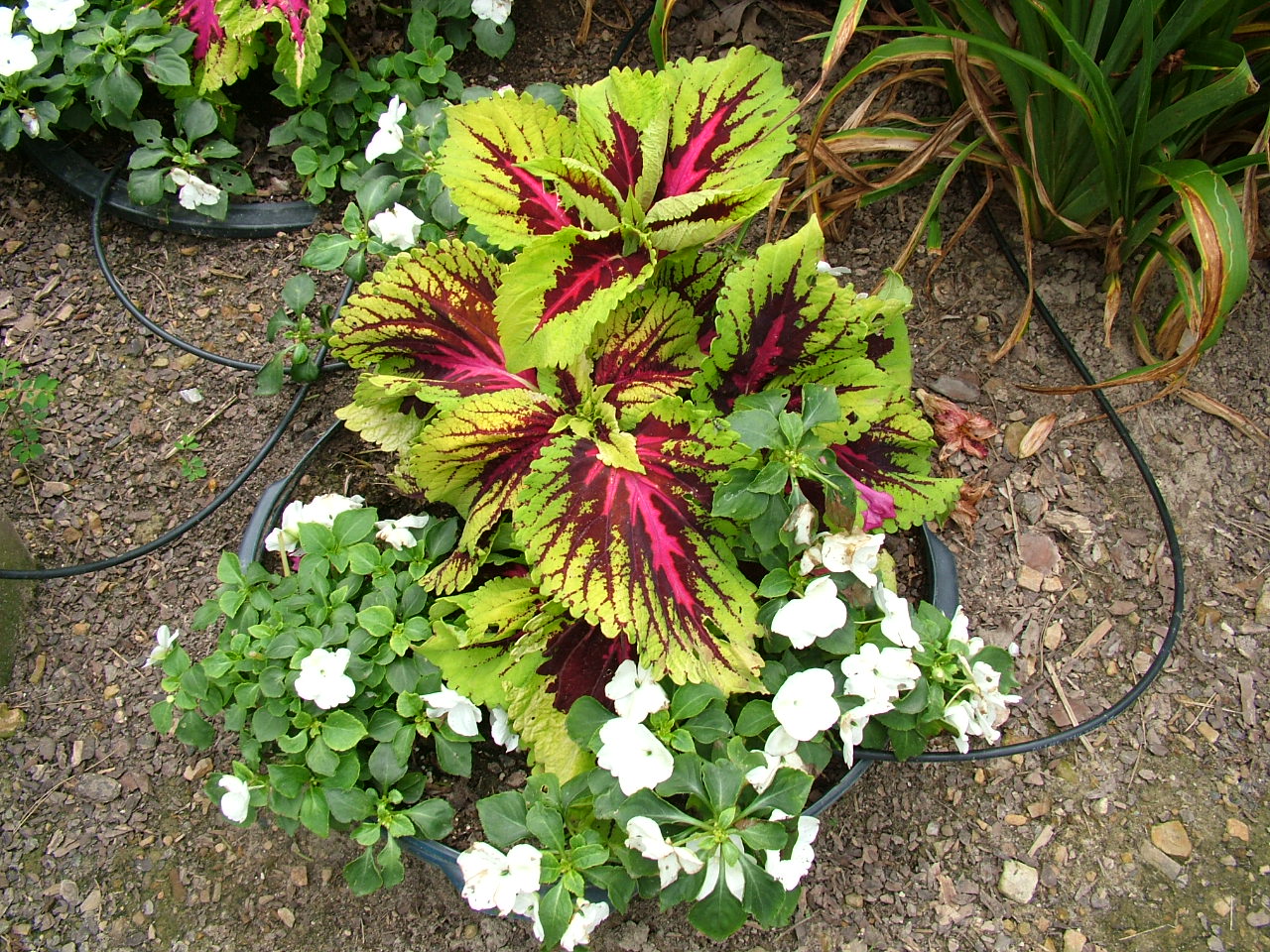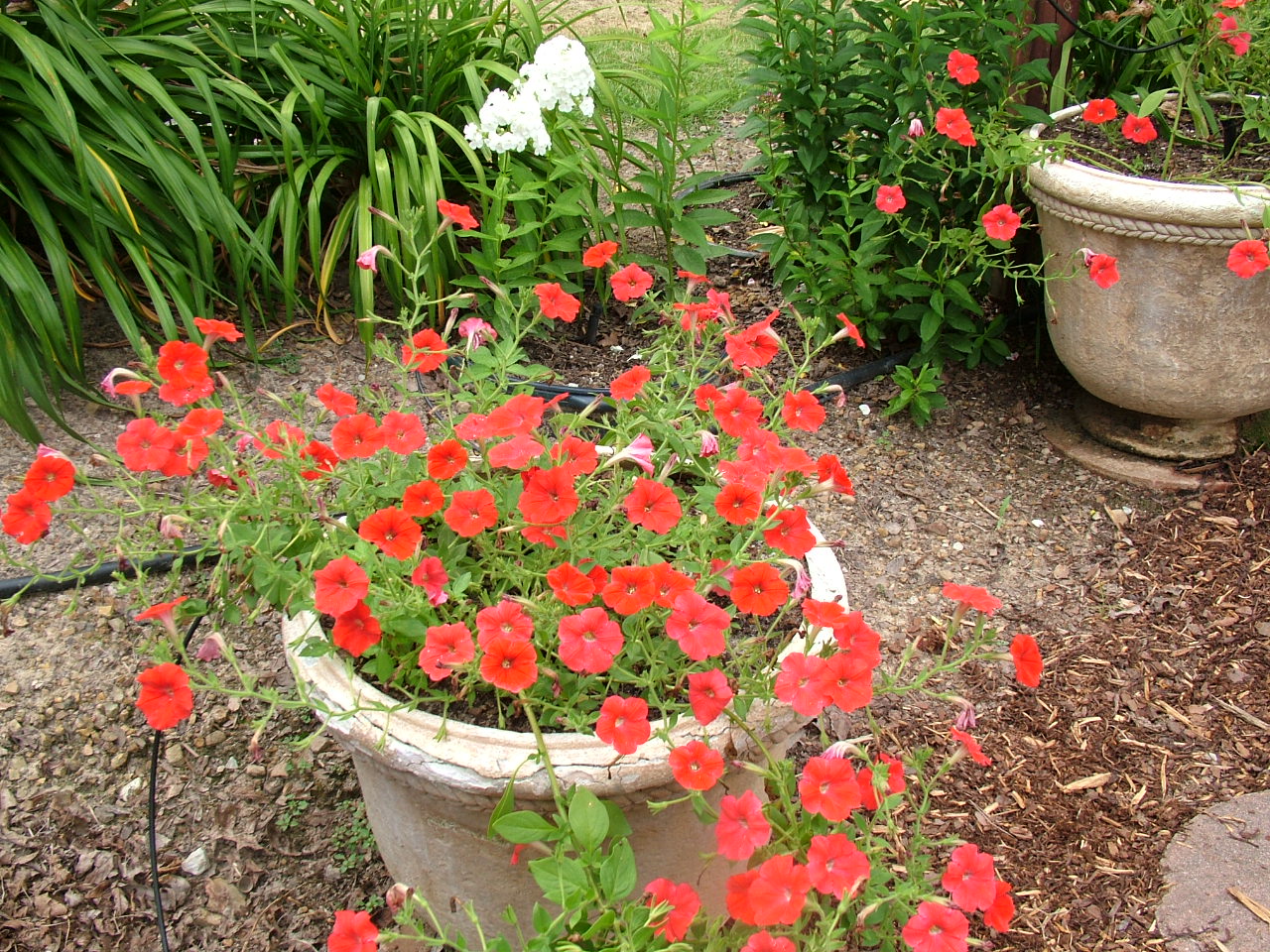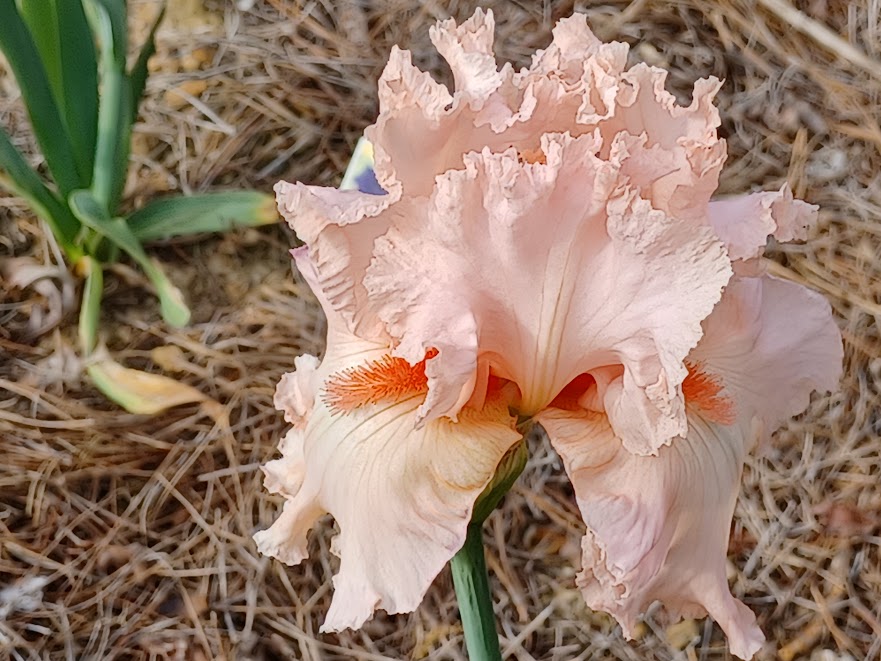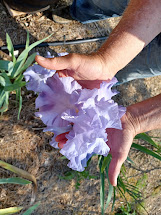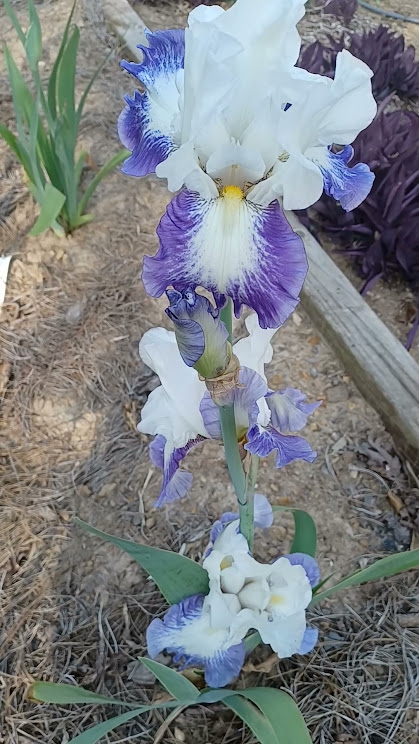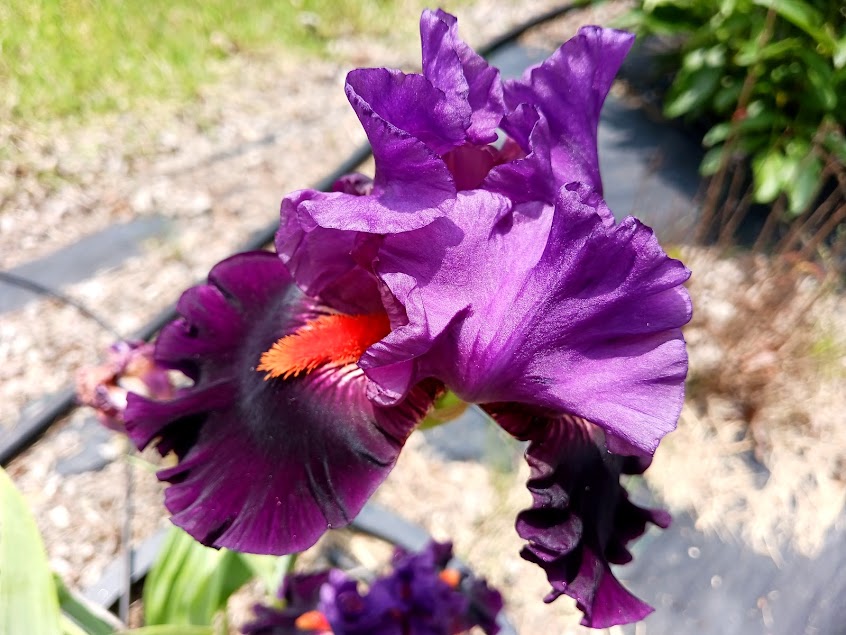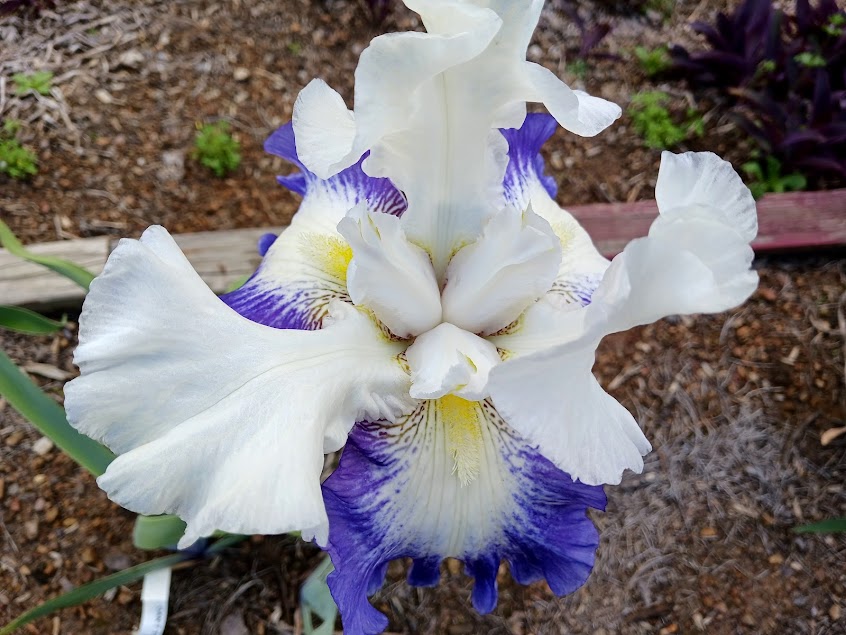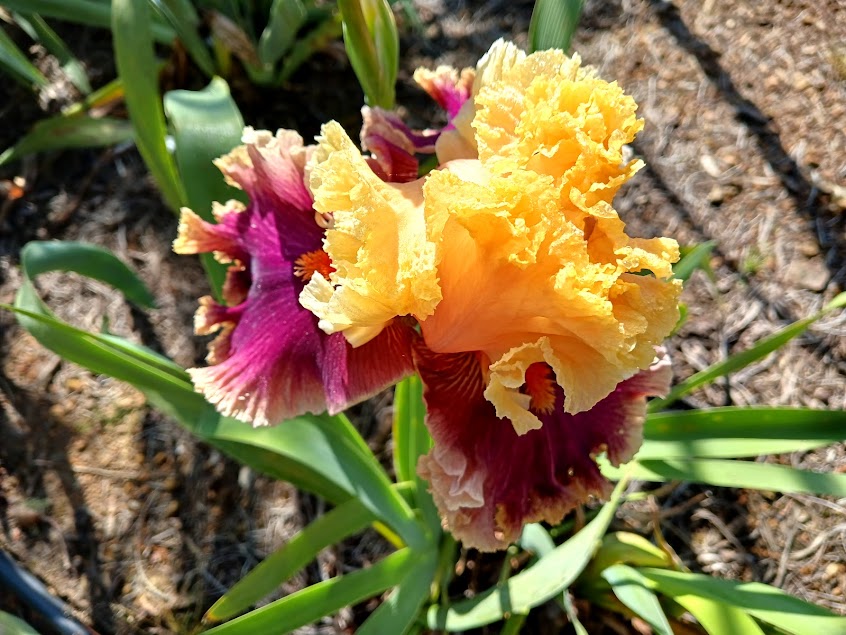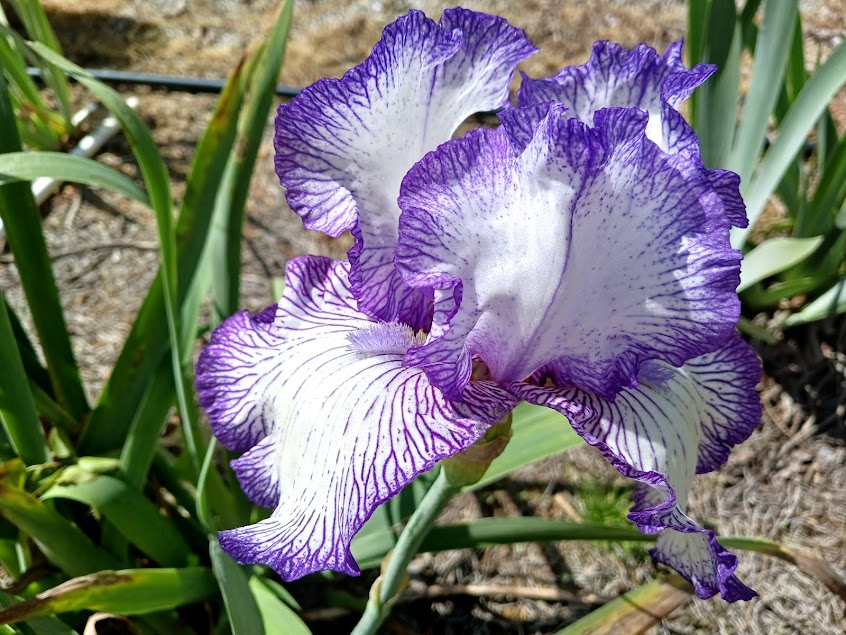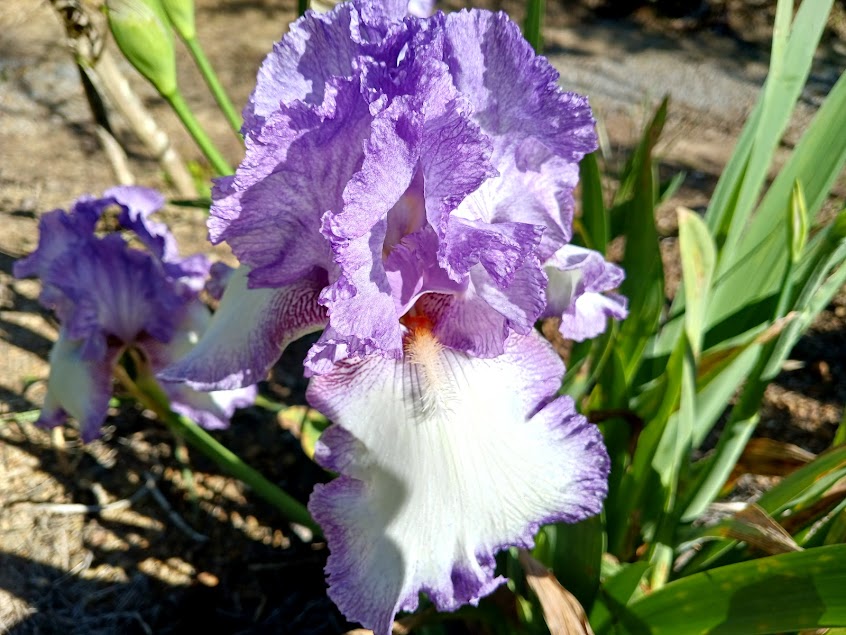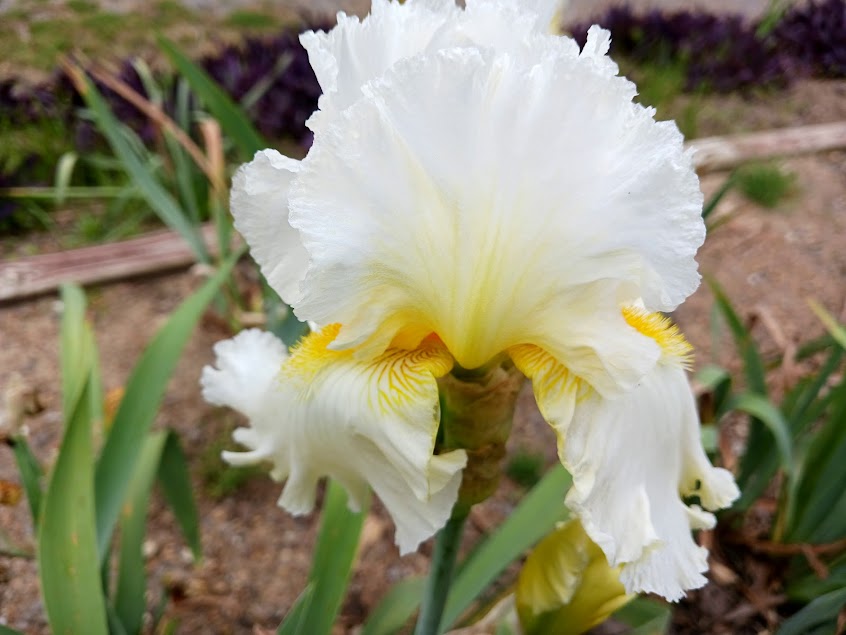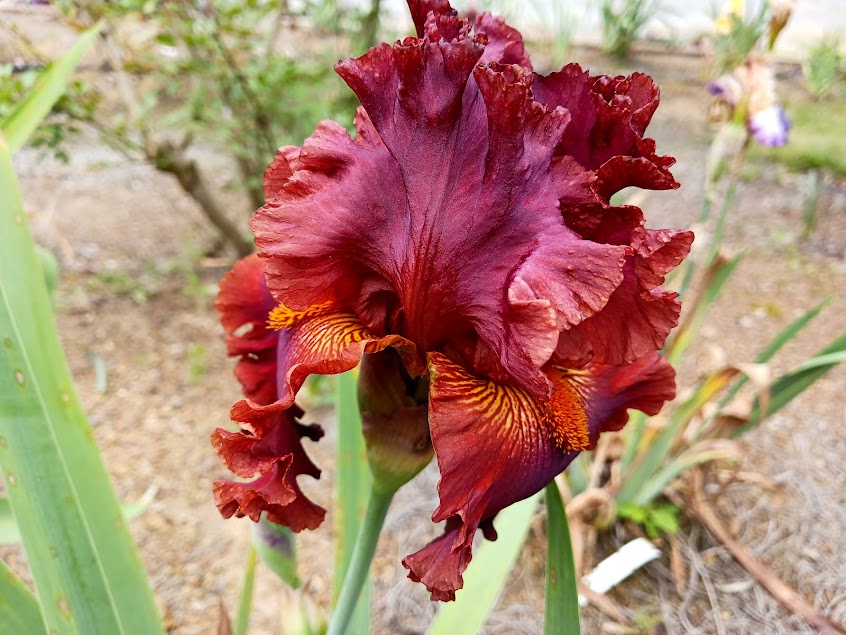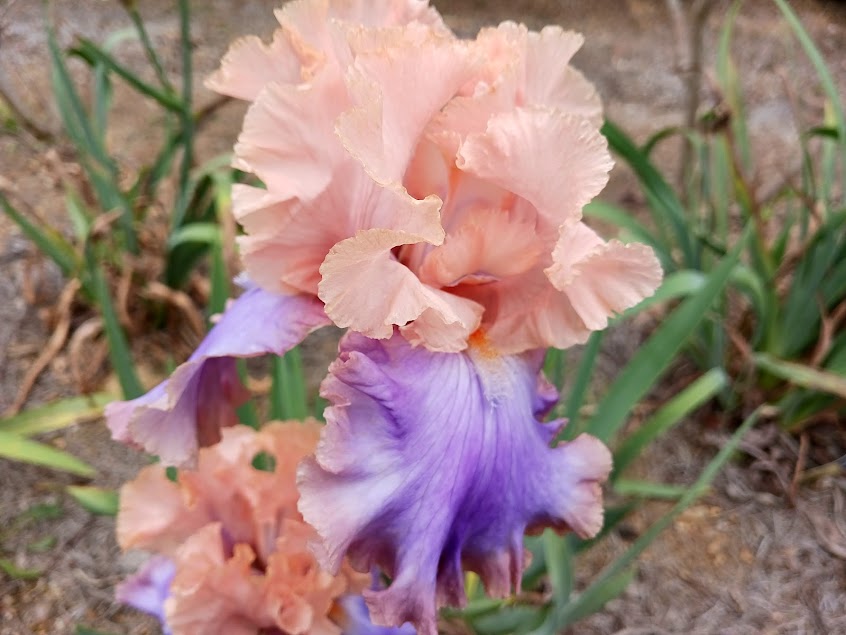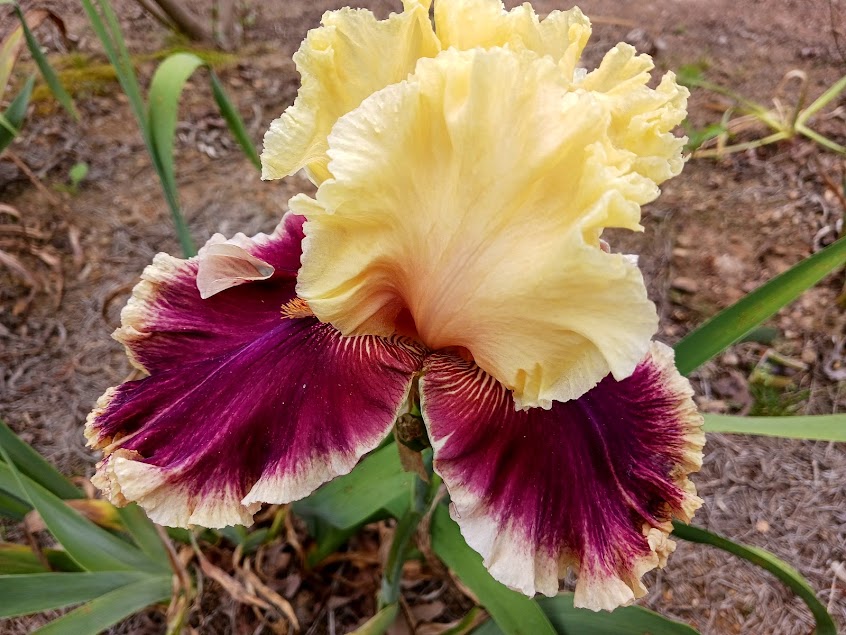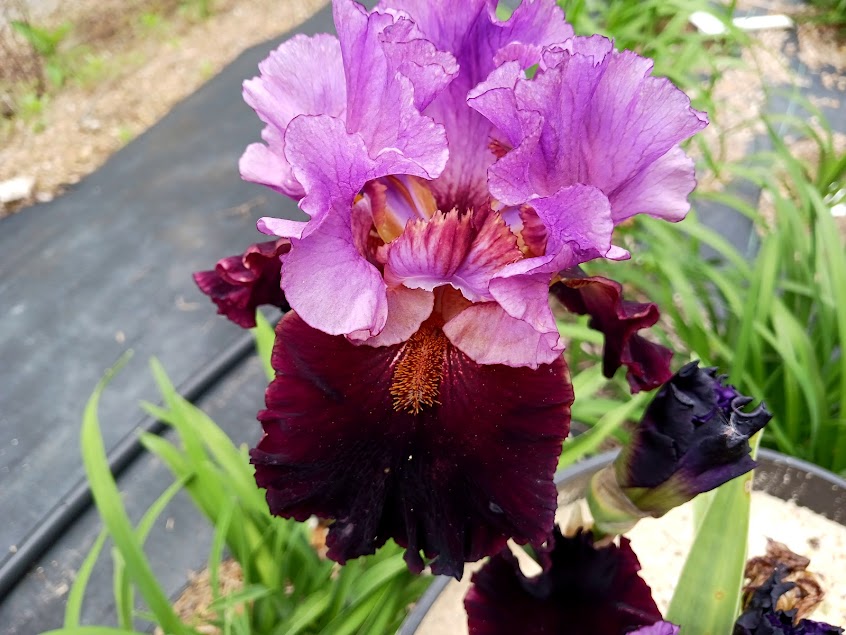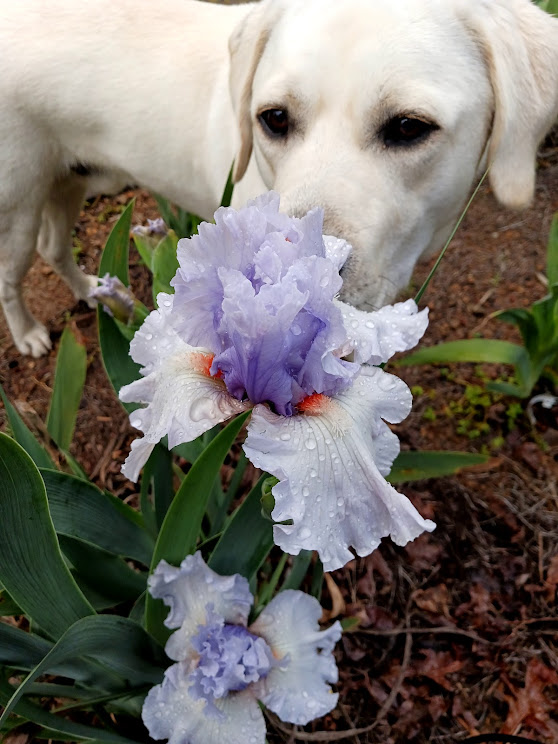The Gardens of Sunshine Hollow
The gardens underwent many years of development and changes as themes and other factors influenced their progress.
Changes are continuing to the present time. The gardens and trails were always designed for foot traffic and lighter vehicle traffic such as wagon and golf cart tours.
After most of the daylily beds, Iris beds and other types of beds were developed, we began giving Wagon tours to many types of groups from Red Hats, Church Groups, Garden Clubs, and personalized Golf Cart tours to small groups.
Every year several thousand guests were hosted during the bloom season which began in late March and continued till Frost.
First Garden
Both my parents loved plants and gardening, but in in my youth, the task of weeding in the hot sun put a damper on my own enthusiasm. However, when I bought my first house in Cleveland, Tennessee, some genetic response took over and I planted my first garden. Ruth Stout, an organic and mulching sage at the time, was my mentor. When the Hollow was purchased in 1973, this was what I intended to do as the Hollow was developed. In the late 70's the first garden was created near the house on a 20 percent slope just above the driveway. The individual beds were raised about a foot between landscape timbers. Trellises of several types and heights were installed with treated posts and different types of wire and fence. They varied depending on the crop grown.
This vegetable garden was so successful that it was one of three National finalists in a popular national gardening magazine from the period. We had no weeds and an actively growing beautiful garden in late Summer. A photographer from New England was sent to photograph the Gardens. We didn't win when they found out that we also used some non-organic fertilizers. The garden that won looked like a giant weed patch but they used were all organic.
Second Garden
In the early 1980's Vicki came along and the Gardens were expanded to include the first flowers. These were beds along the yard and above the original gardens. We first tried Tulips and Chrysanthemums. Squirrels and Voles made short work of the Tulips near the wooded area and the Chrysanthemums just became an unruly mess by the next year. We also planted Impatiens which were beautiful but had to be replanted each year.
In the mid-eighty's, a friend, Clara Kyker, told us about her relatives who grew Daylilies and Hosta and another daylily grower in the Cleveland, Tennessee area. We arranged a visit to the Cleveland growers and came home with ten $5.00 daylilies. This was in late Fall and we didn't know whether they would live through the winter. They DID and we fell in love with daylilies almost immediately.
The next year we visited the Kyker's and their lovely gardens in the woods. Hosta and Daylilies were displayed in a woodland setting. Our infatuation continued! We decided that our Hollow was a perfect place to display both of these popular plants. Trips to major growers in Florida, Tennessee, Virginia, and Ohio brought back hundreds of cultivars of both species and the planting began.
In 1988 we purchased an additional thirty-one acres from Della Mae Goforth, our closest neighbor, and these plants were planted on this property in an old field near the entrance of the Hollow. Subsequently, we bought an entire collection of over 1,000 varieties from the grower in Cleveland. We rented 4 acres from one neighbor and another acre from another nearby neighbor for a total of 7 acres of planting ground which were eventually completely planted.
Third Garden and Irrigation System
In the late 80's the vegetable garden was removed and the area was contoured and replaced with raised beds with trails on the upper side.
These trails were graveled and sodded with Meyer Zoysia, a slow growing, tough, almost indestructible grass that has deep roots and will take heavy foot traffic. Slopes on the contoured beds were also sodded or sprigged with Zoysia to prevent erosion from the area.
Most of the contoured beds were on slopes of twenty to fifty percent and would be highly susceptible to erosion. All of these trails were graveled with half inch gravel and then sodded with Zoysia. The trails that were in the woods such as the Fern Gulley Trail and the Azalea Trail were only graveled.
Even with the heaviest rains, no soil movement occurs from these contoured beds,. Over the next few years, over five thousand feet of terracing and trails for Flower and Shrub Beds were created around the Lake and on the dam, also through the Margaret Rhyne Shade garden, the Fern Gulley trail, the Juanita Breneman area, and the entire length of the Fred Lee Rhyne Nature trail.
Over one thousand varieties of Daylilies and Hosta were eventually displayed with over a hundred pots for annuals embedded in the ground throughout these beds.
As I began this endeavor, from past experience, I realized that depending on rainfall to provide water for the gardens would be a folly, so I decided that a permanent and well-designed irrigation system was the answer. Over this period from the late 80s and early 90s, over two and one-half miles of one-and-one-half-inch and two-inch schedule 40 PVC pipe has been installed underground throughout about 30 acres of gardens and trails as well as dozens of standpipes with faucets for hose connections and standpipes for overhead irrigation. Hundreds of feet of above-ground one-inch flexible polyethylene tubing bring the water to the plants to water individual pots or plants. Automatic timers are programmed to water each pot or plant for eight minutes each day. This system enables the Gardens to be watered during times of drought and for established pots and beds to be watered every day. This sustained watering creates huge pots of annuals by Fall.
The following pictures represent the seasonal beauty of the Gardens in both native plants, native shrubs and trees, and non-native plants. Daylilies, Hosta, and many other commonly used plants fall into that category.
Fourth Garden
As time passed and my age progressed, the decision was made to remove the in-ground pots and replace them with large ten-gallon planters above ground. As of today, all of our annuals are planted in large pots making it easier to plant, weed, fertilize, and irrigate and greatly reducing the labor to maintain the Gardens. The perennials that we grow, Iris, Daylilies, Hostas, and Peonies, only need to be maintained every few years also reducing labor and cost. And now many of our Iris and Hosta are also being grown in large planters.
This made annual planting and weeding much easier and time and labor were much reduced. Because of the increasing deer population and the difficulty in controlling it, the north side of the lake and dam were converted to shrubs and deer-resistant perennials such as Peonies, Rhododendrons, and Iris. The present, number of Daylily Cultivars was reduced to around five hundred.
IRIS GARDEN
Also, tall bearded Iris were added to the Gardens to increase spring flowering species. Currently around 150 varieties are planted with room for expansion.

